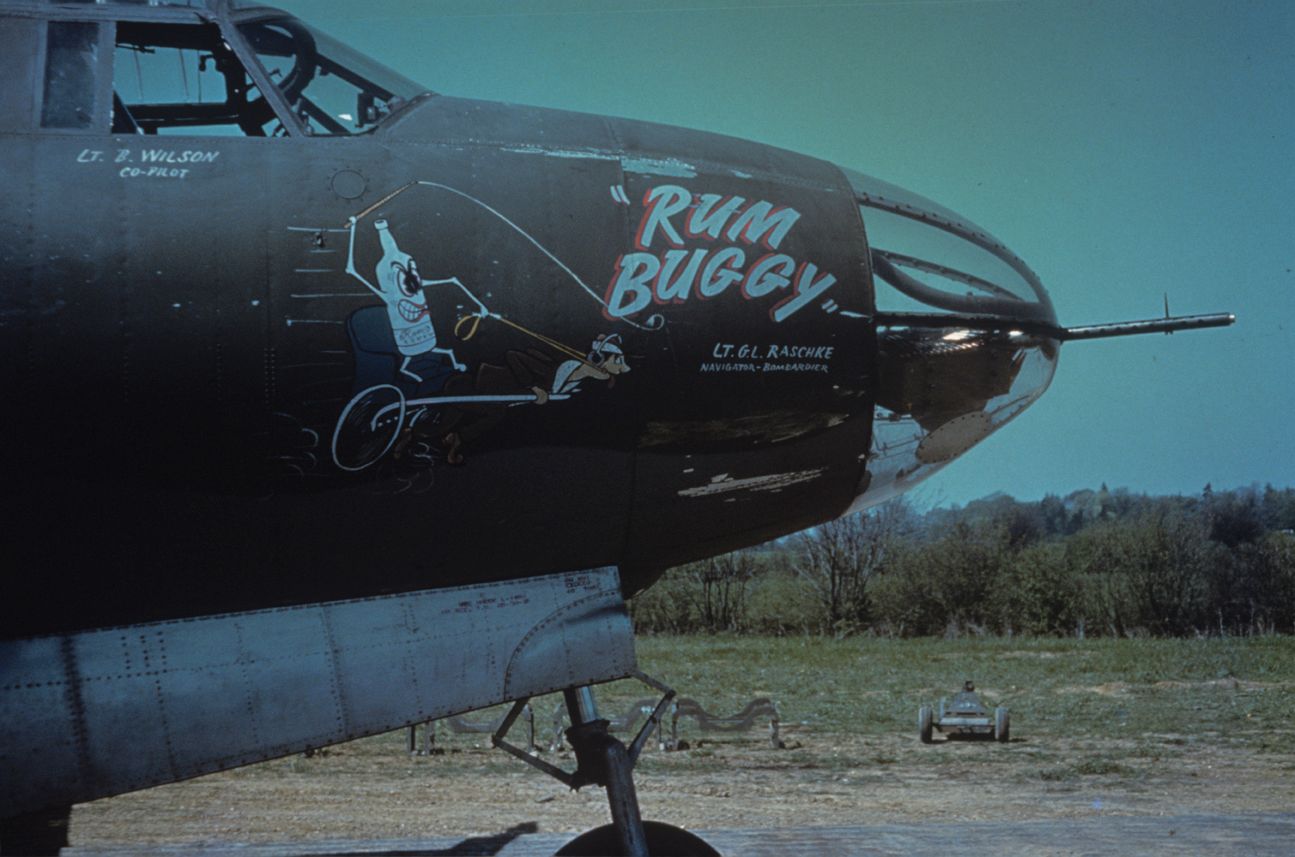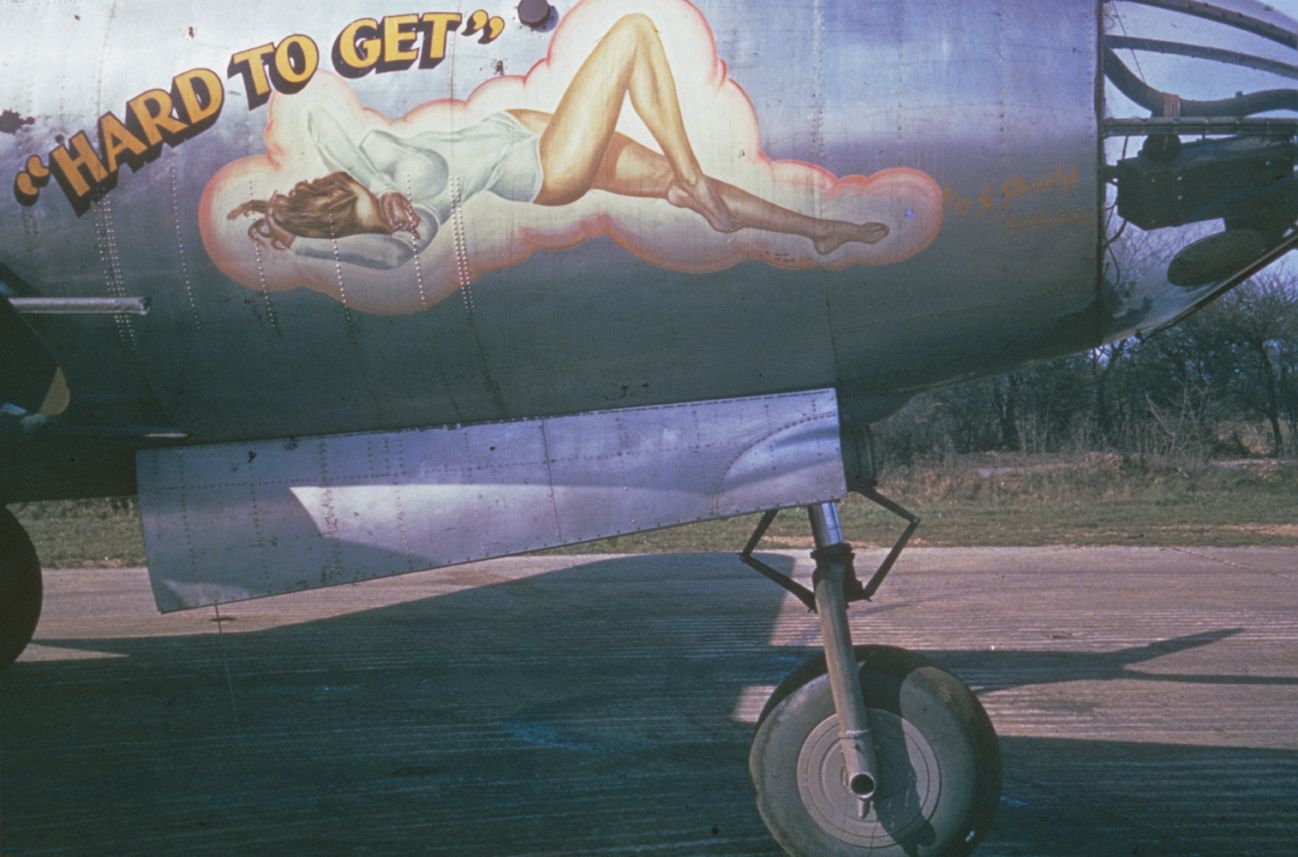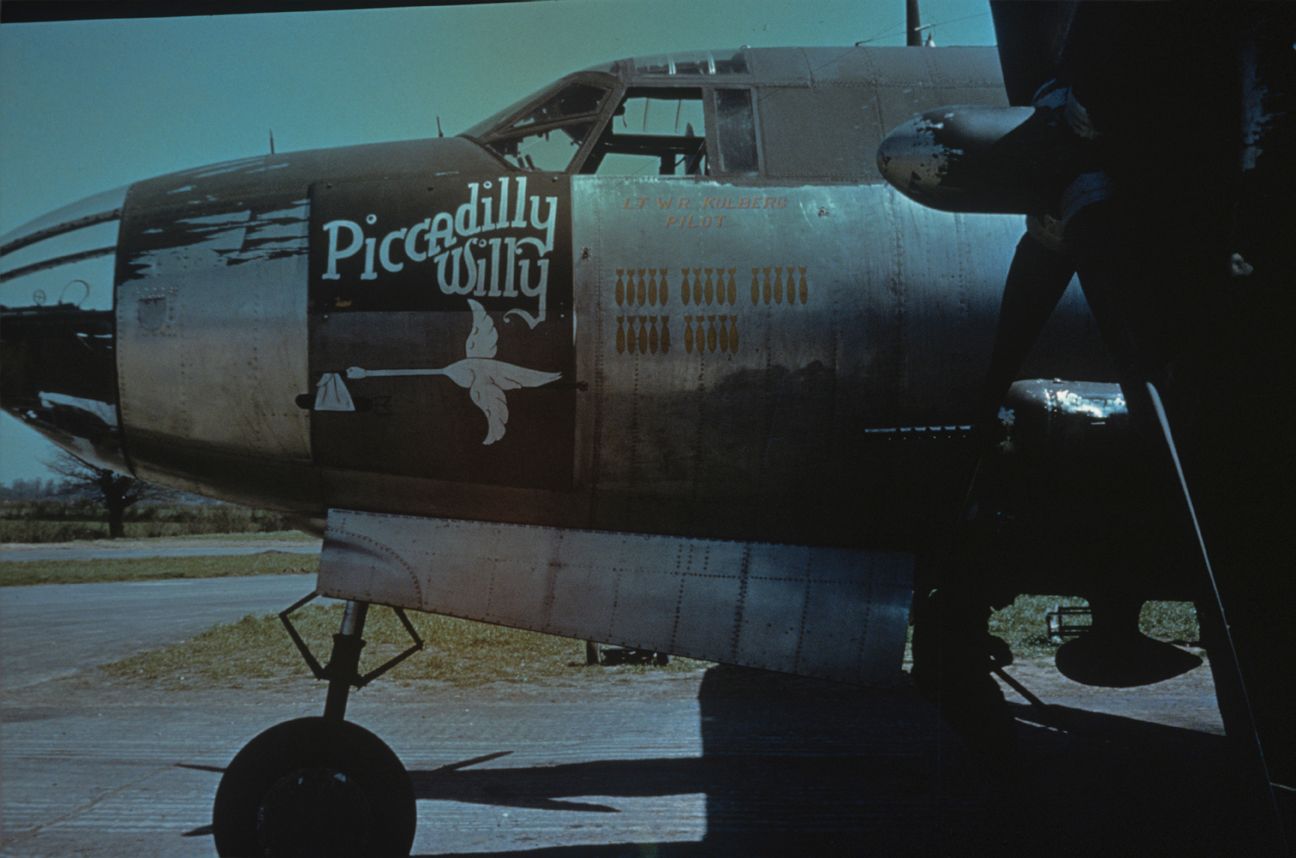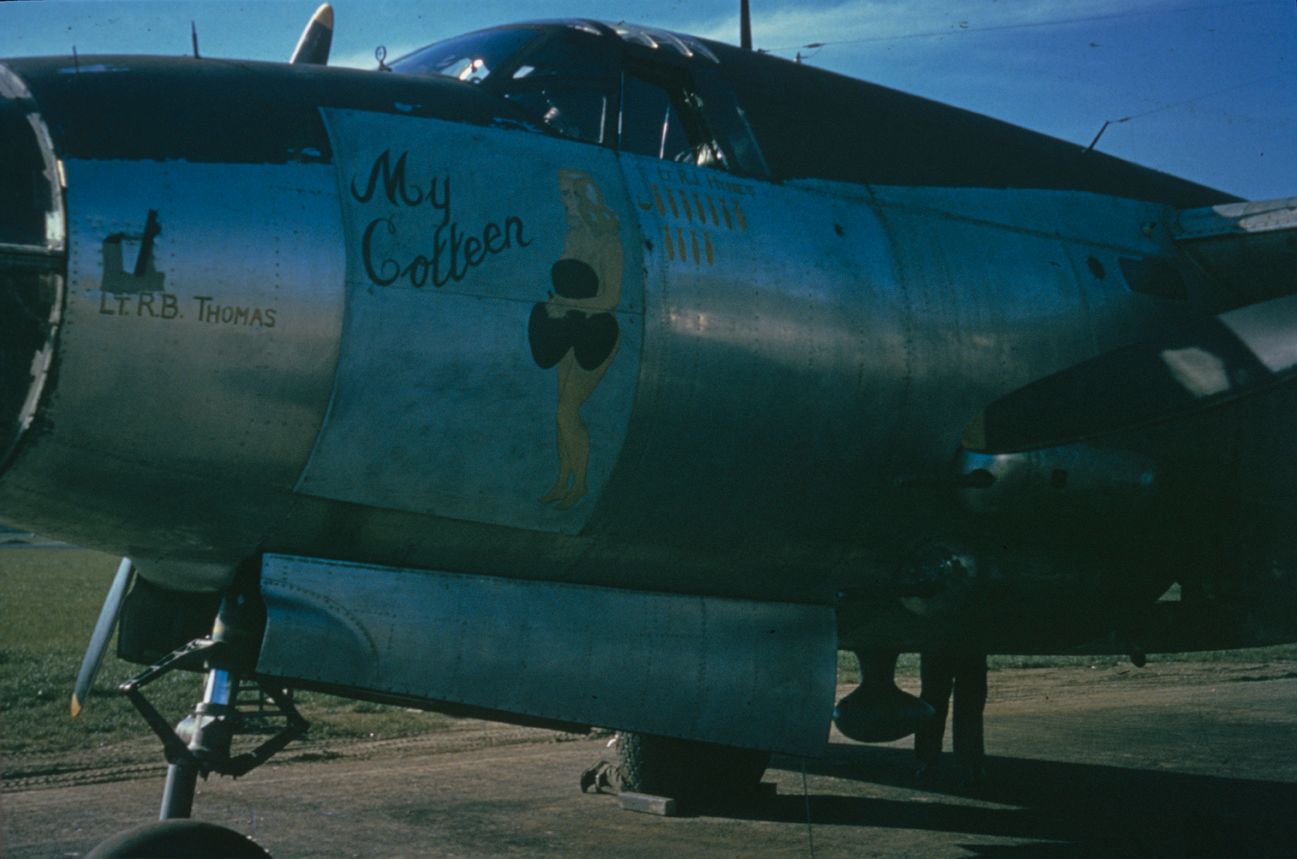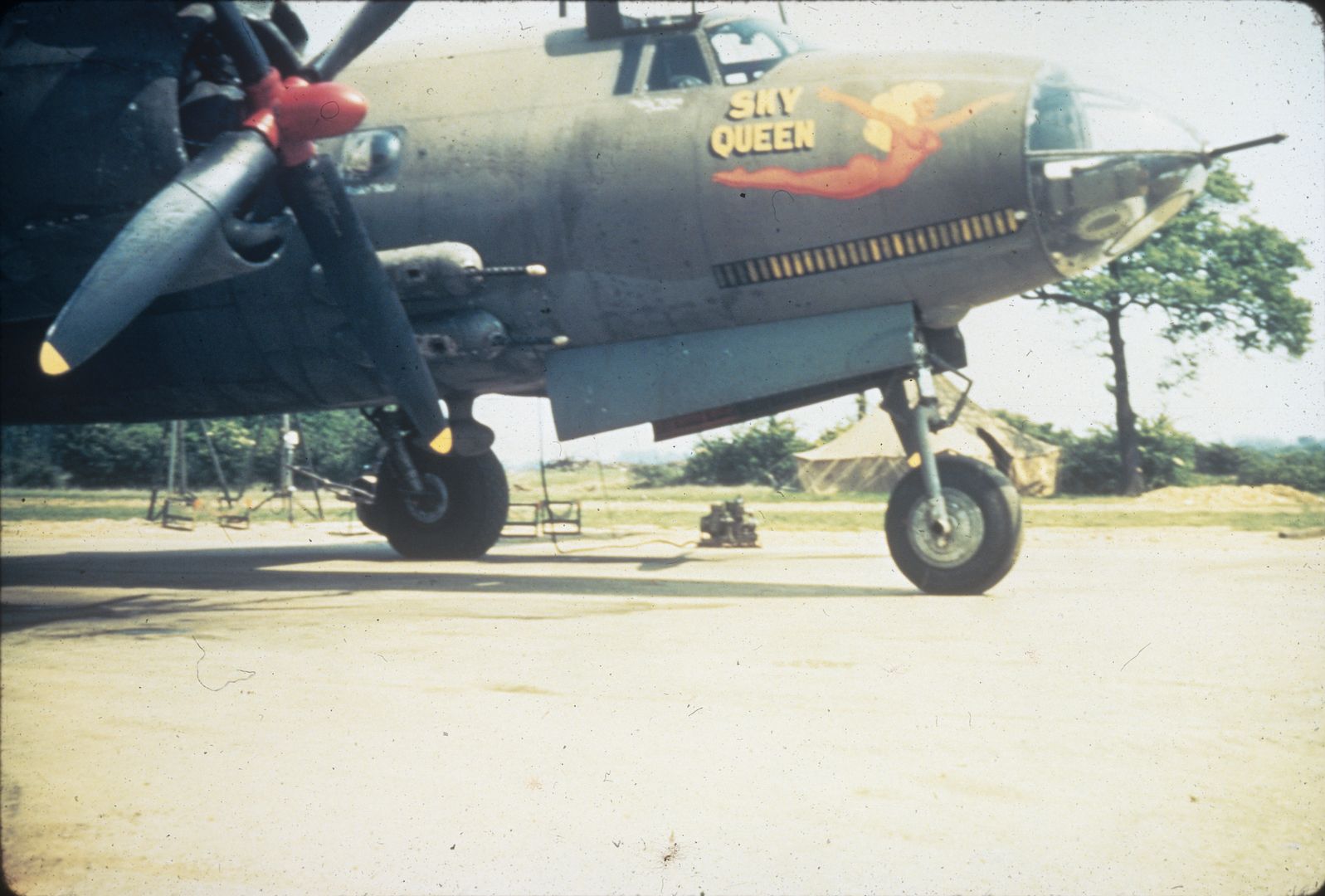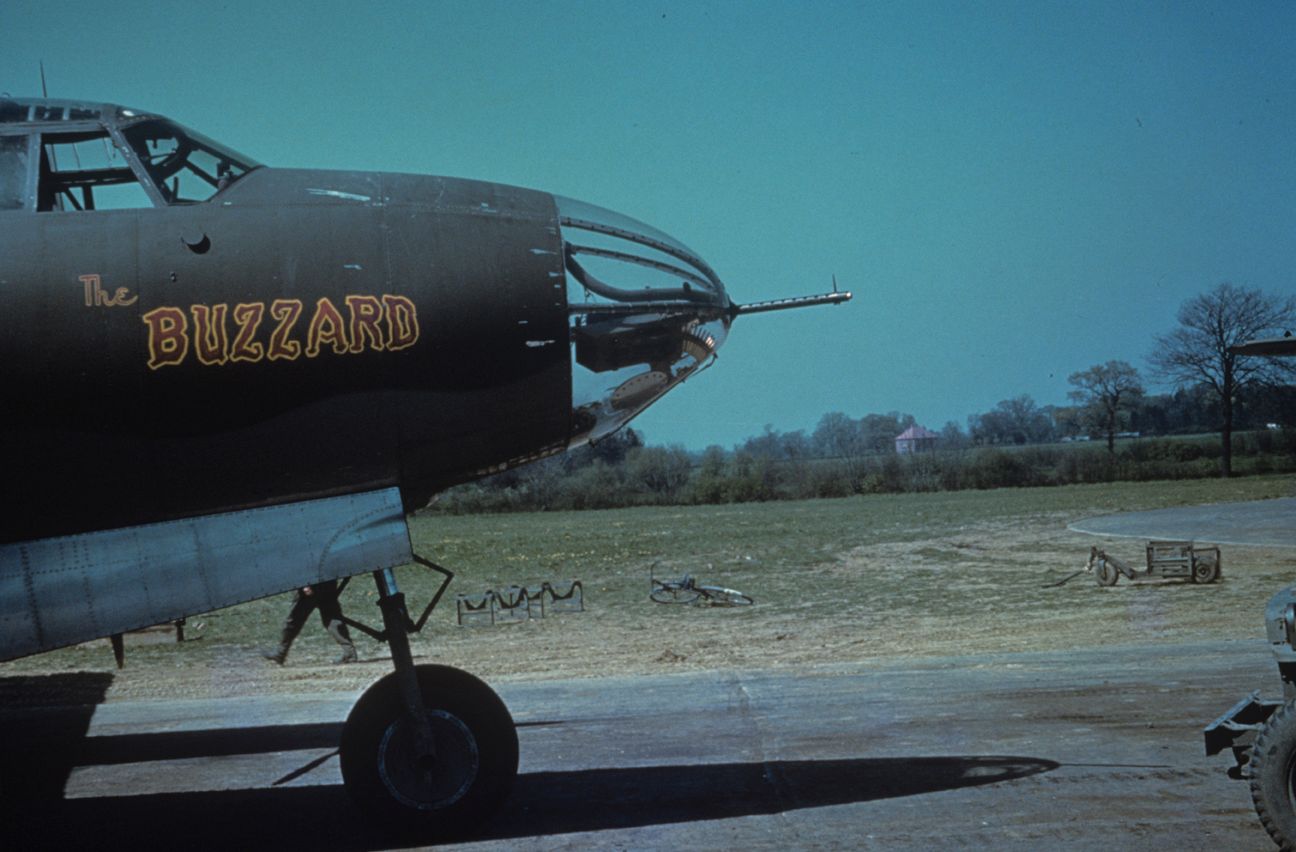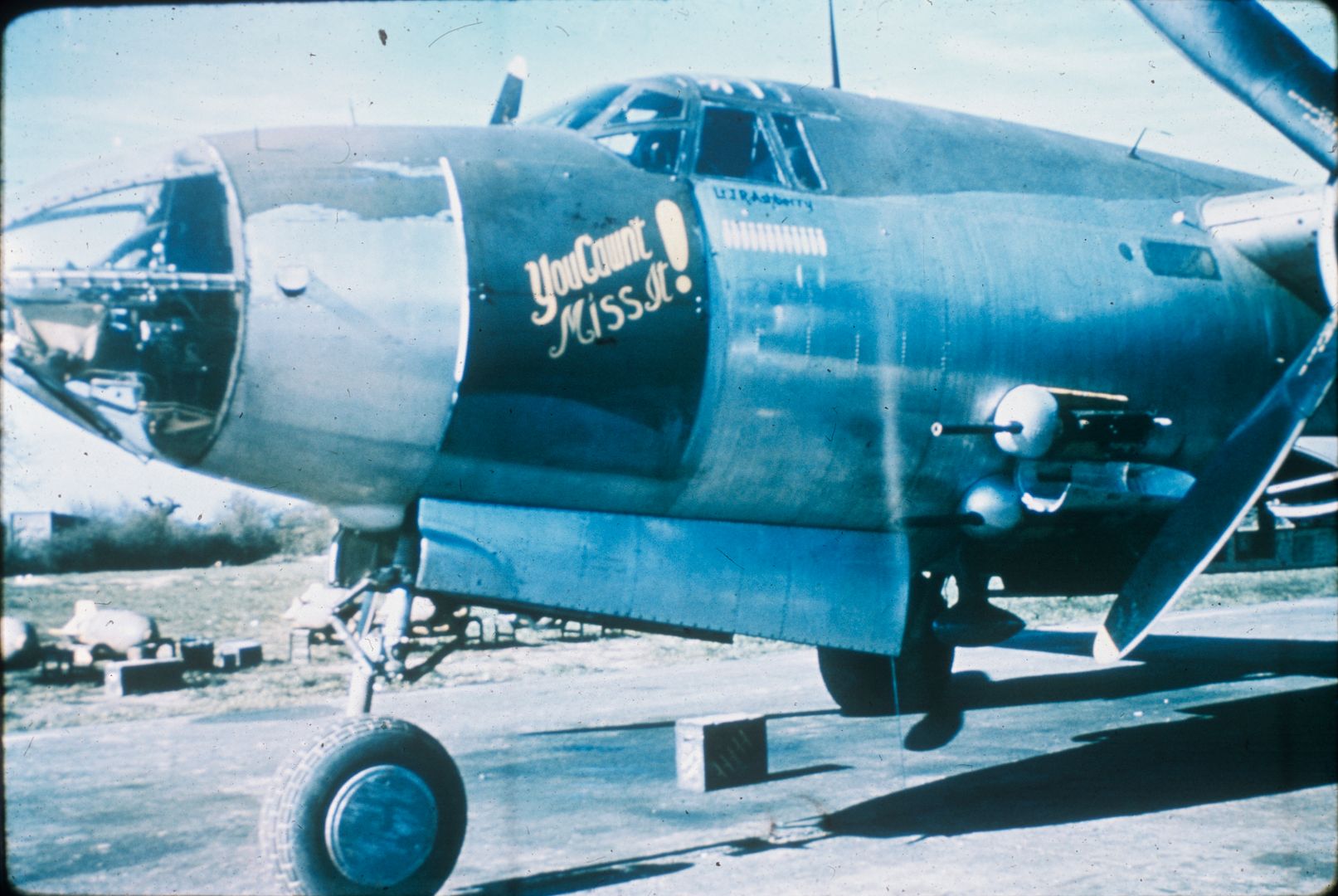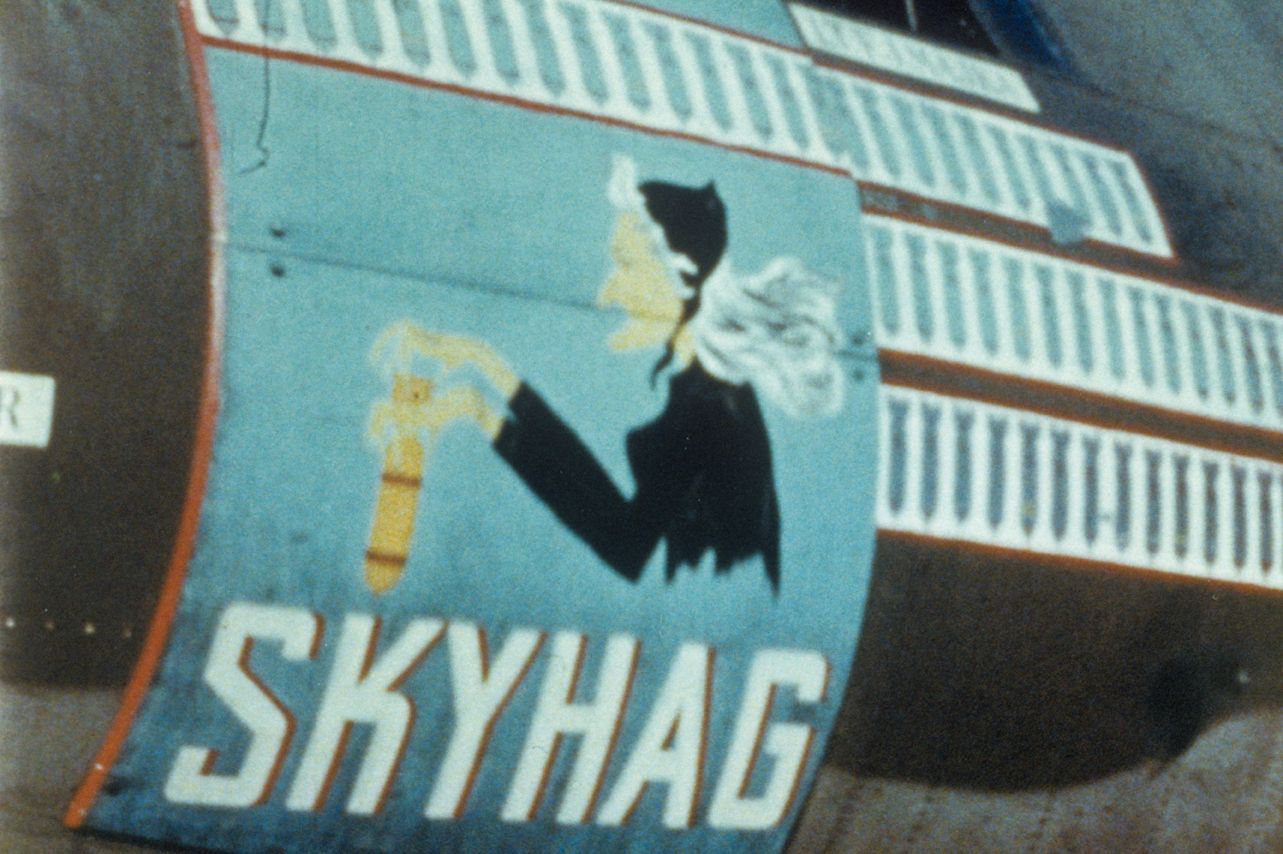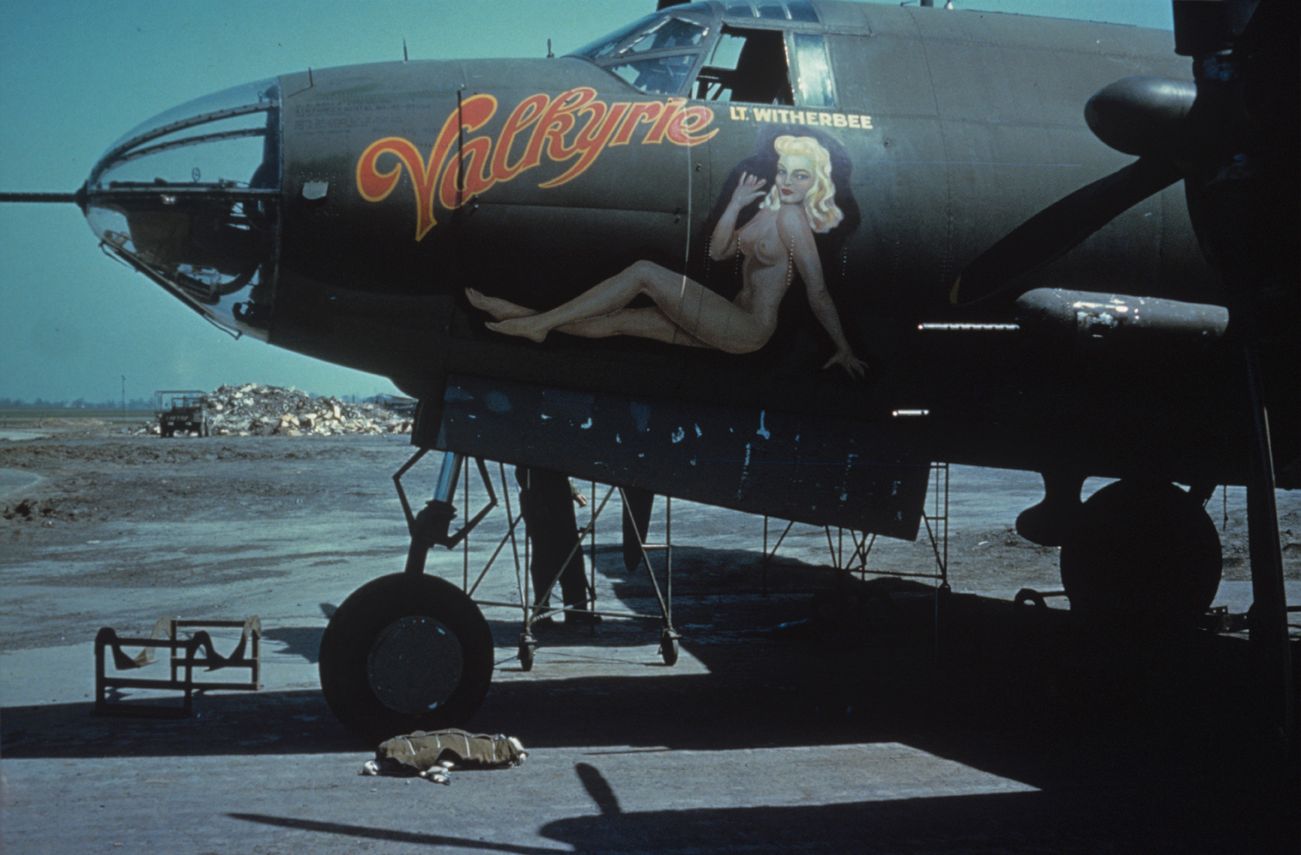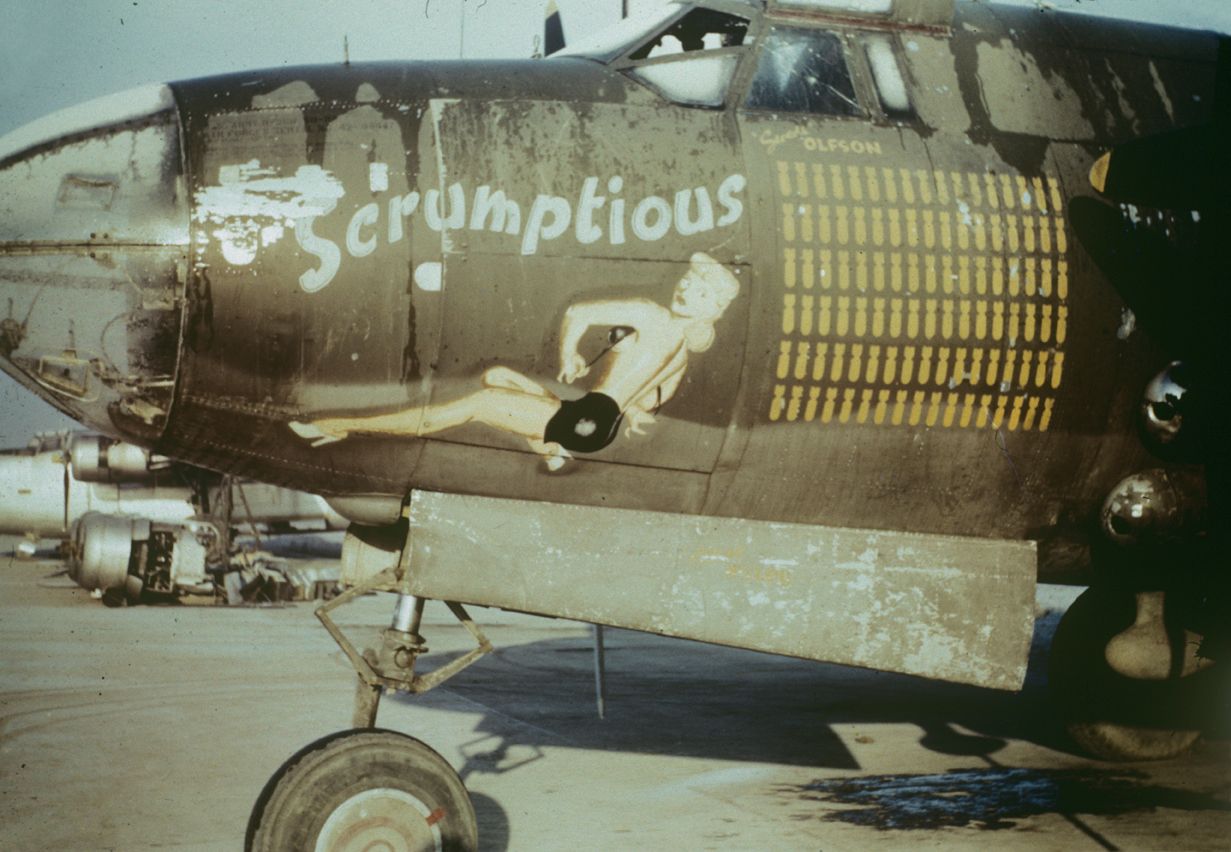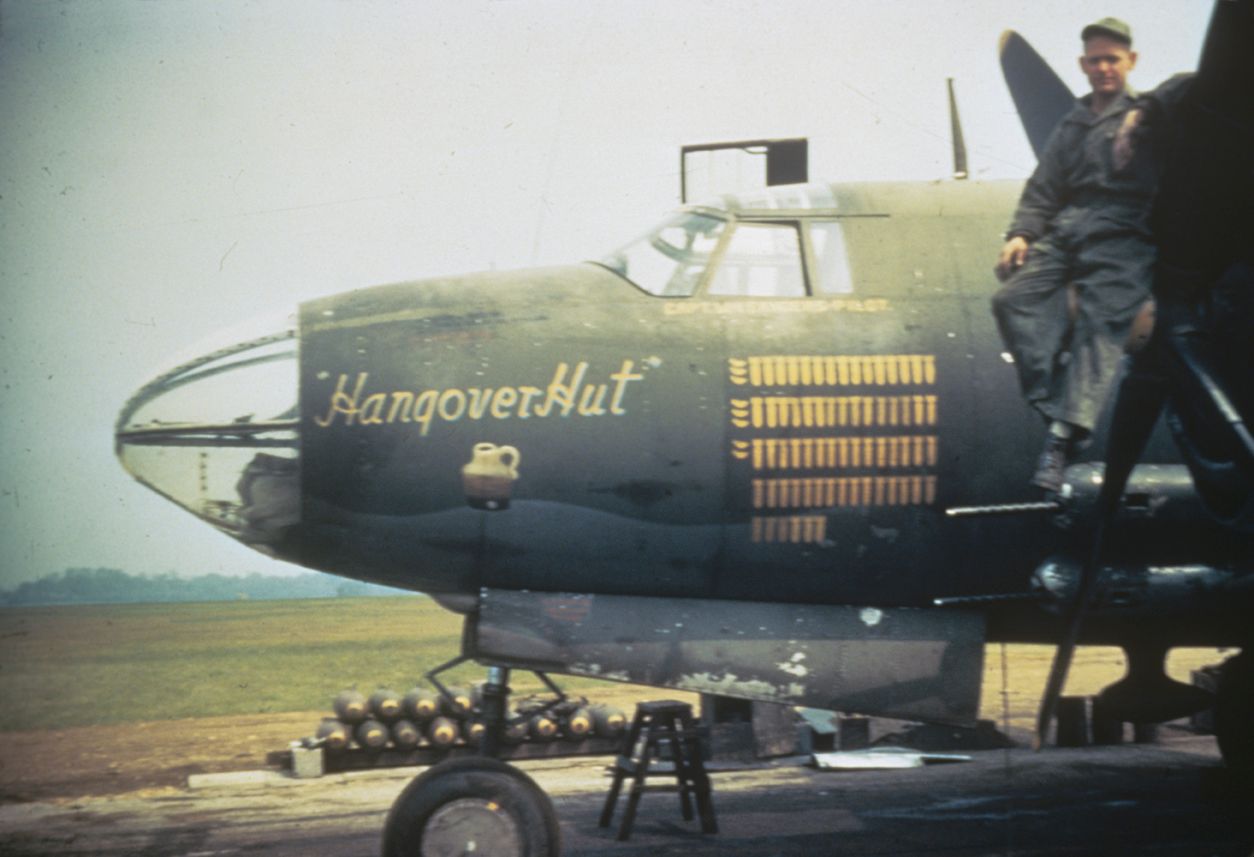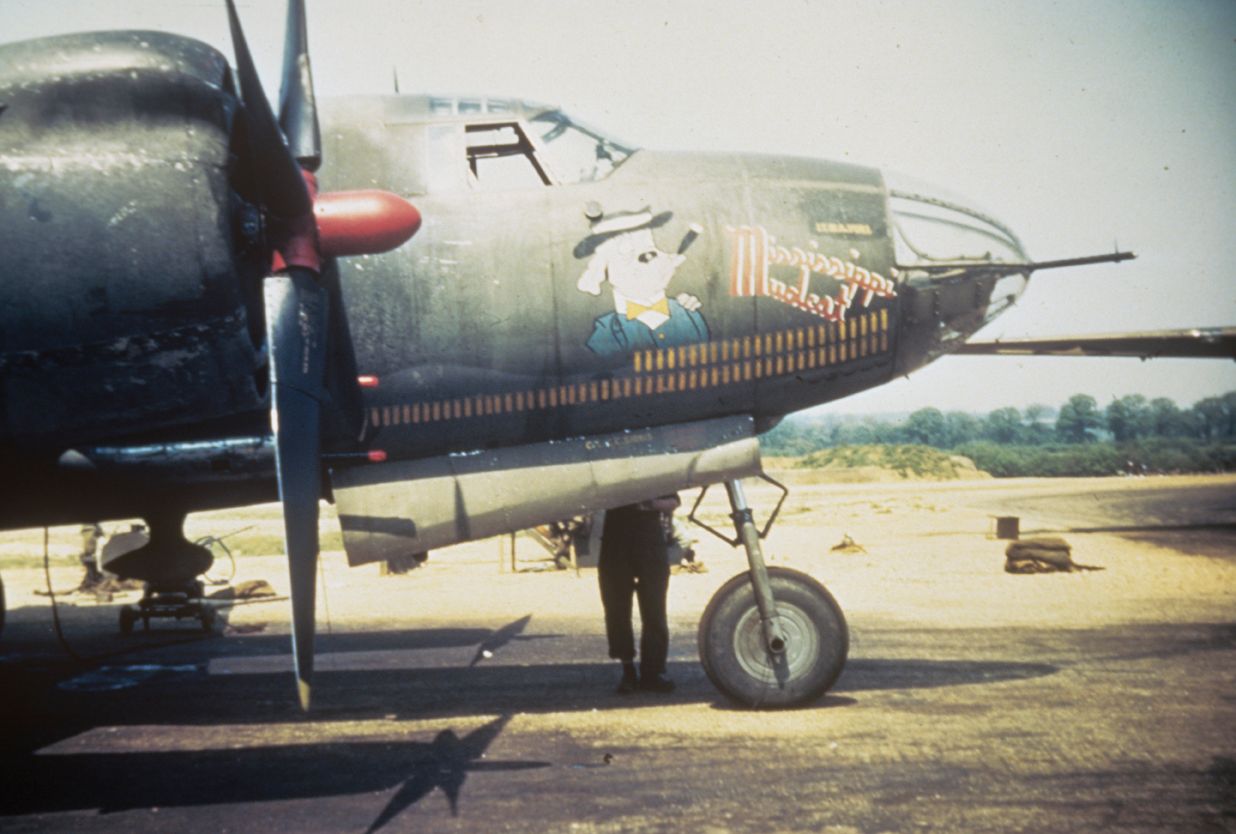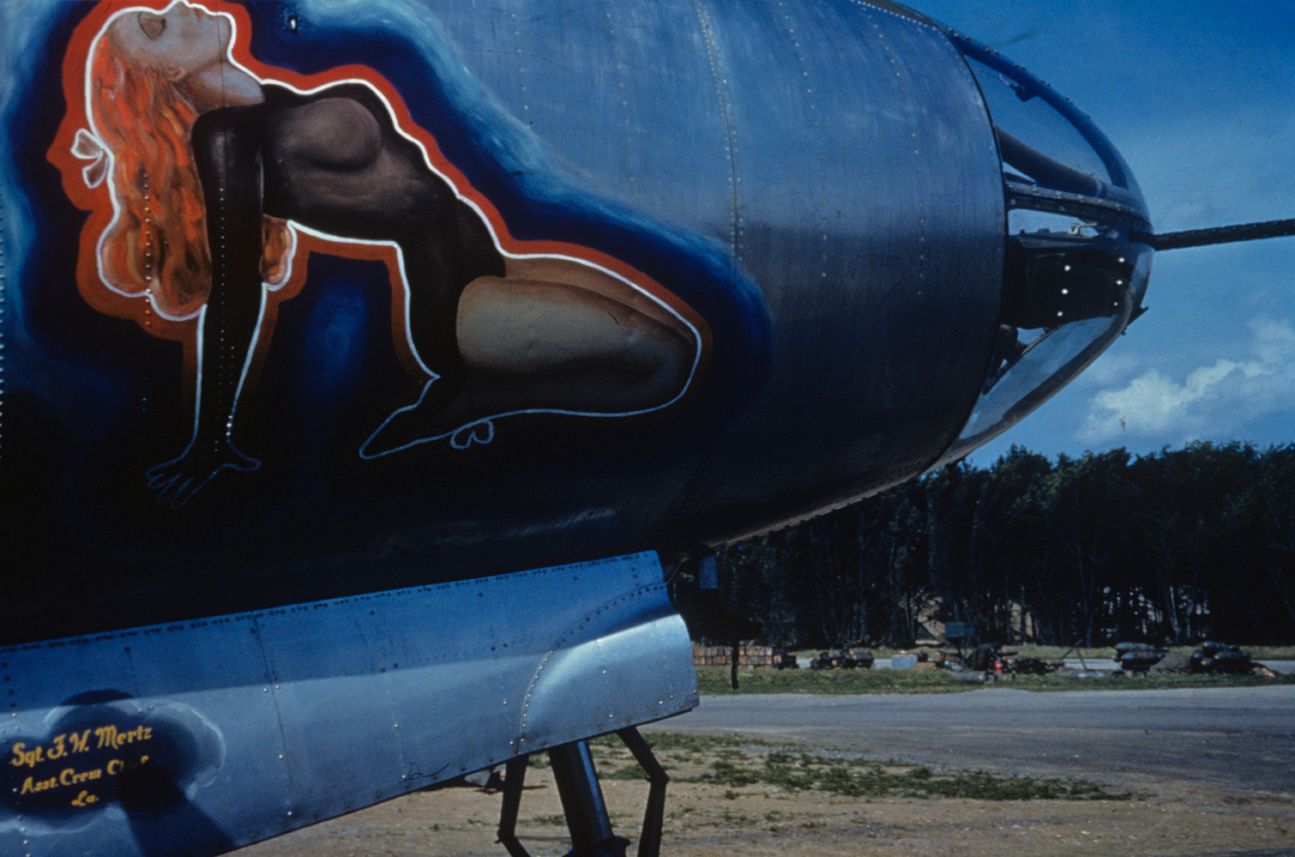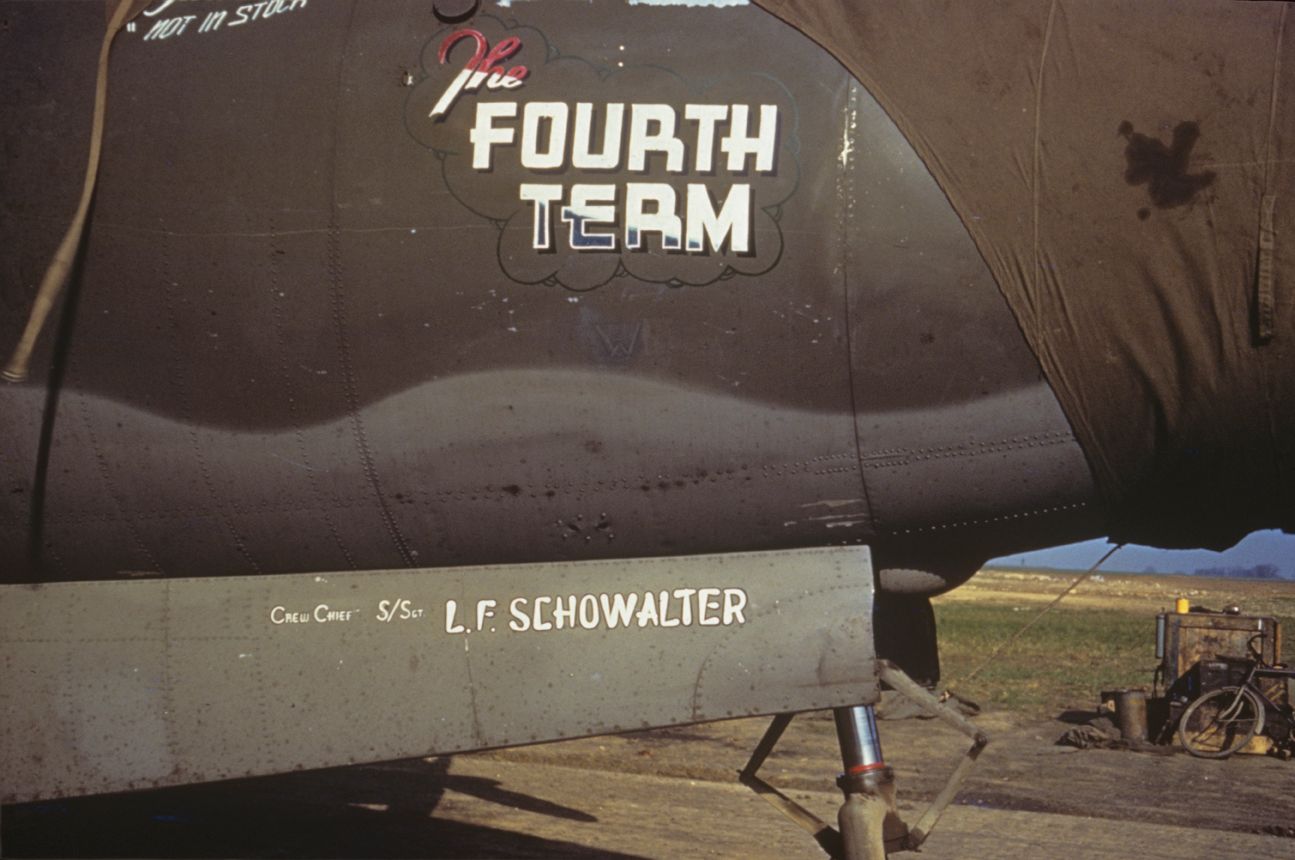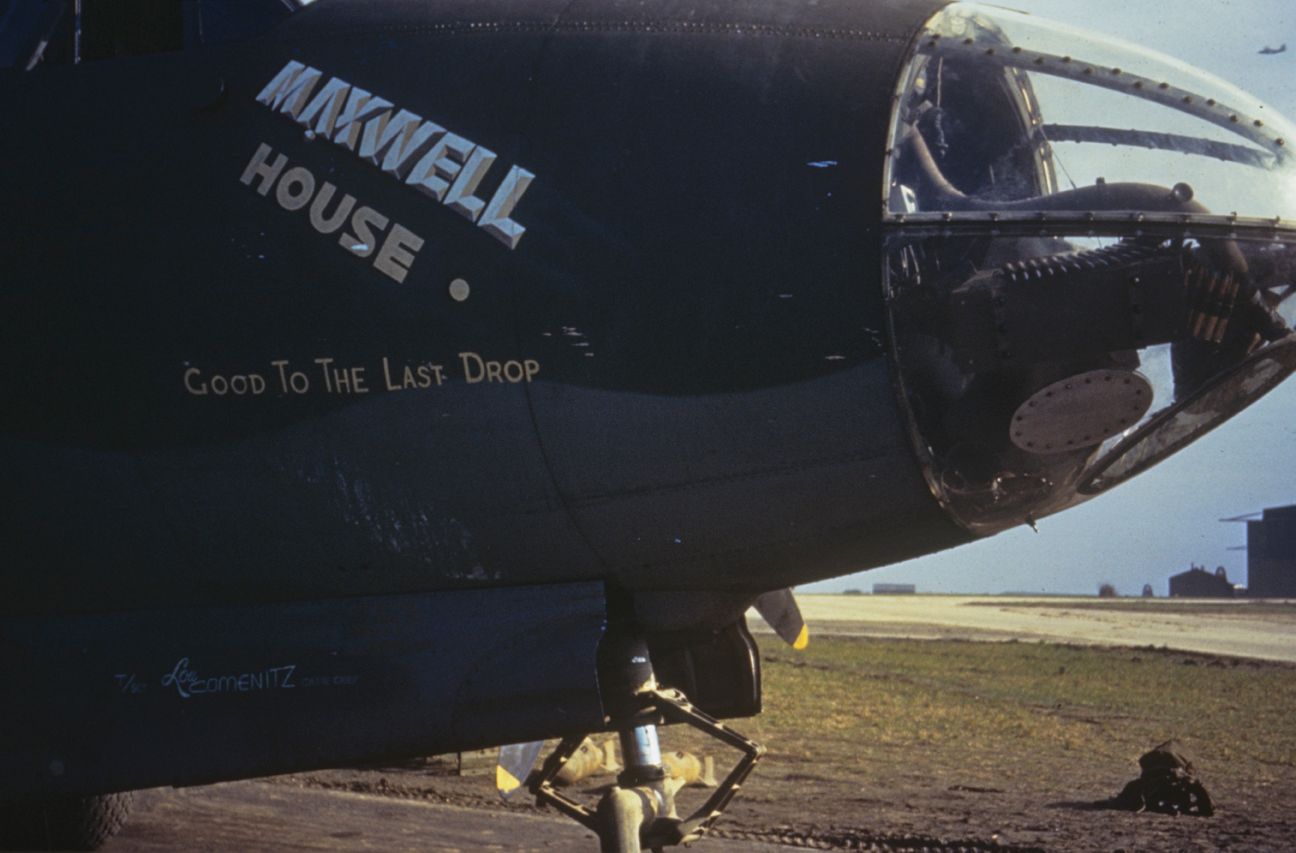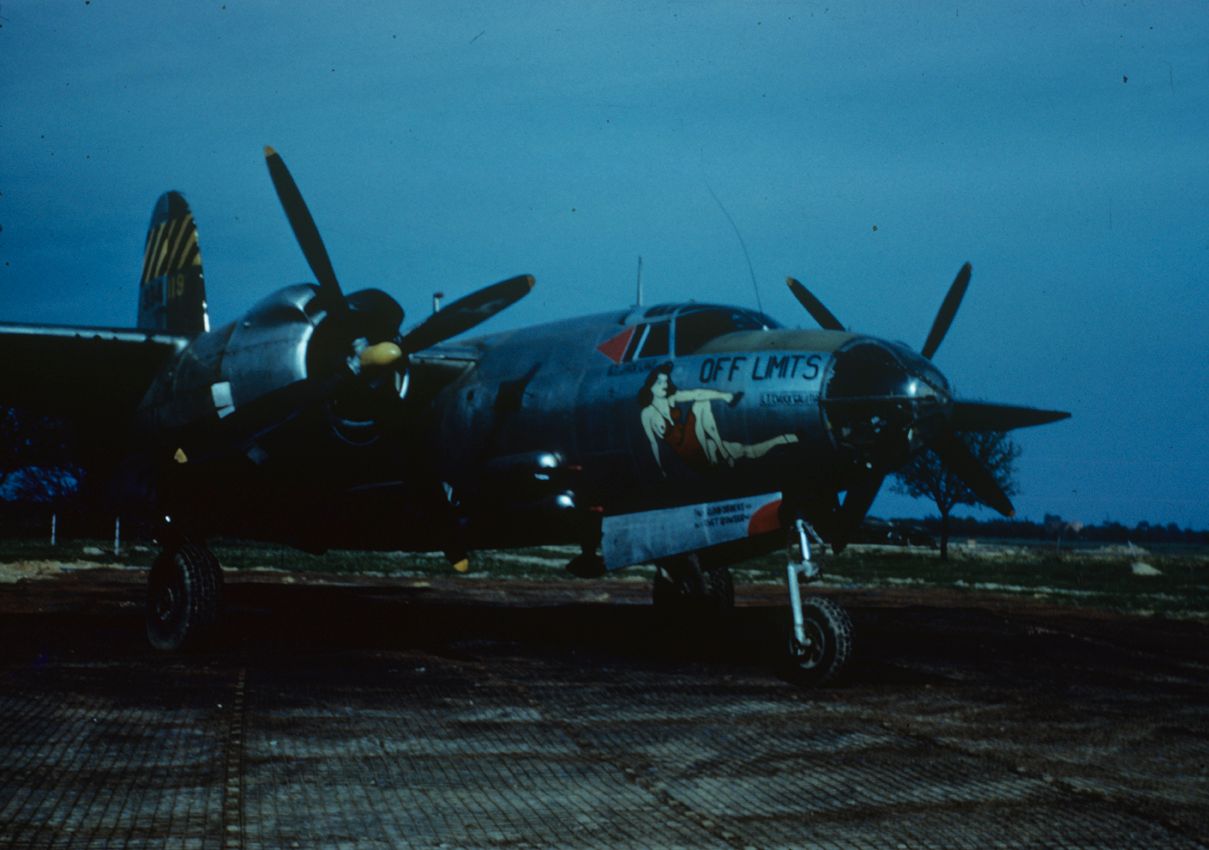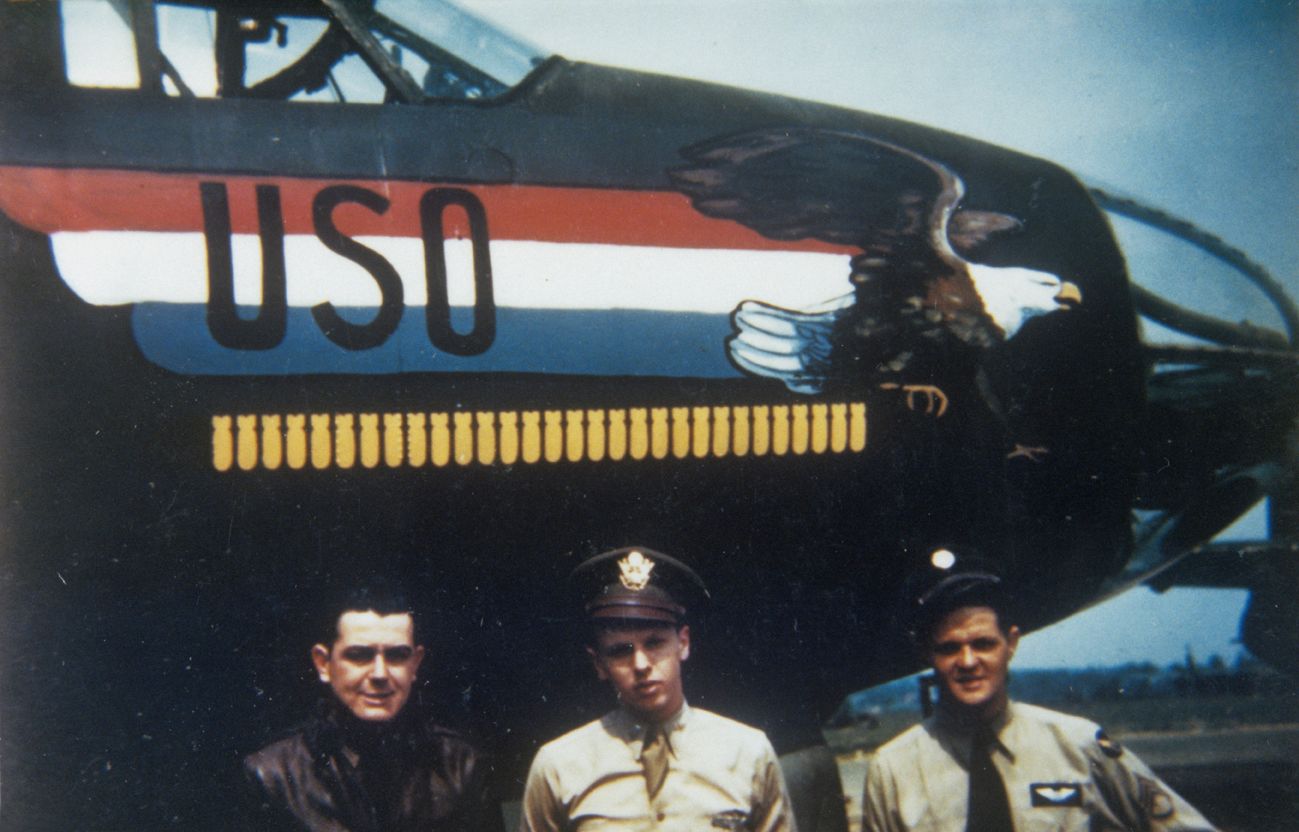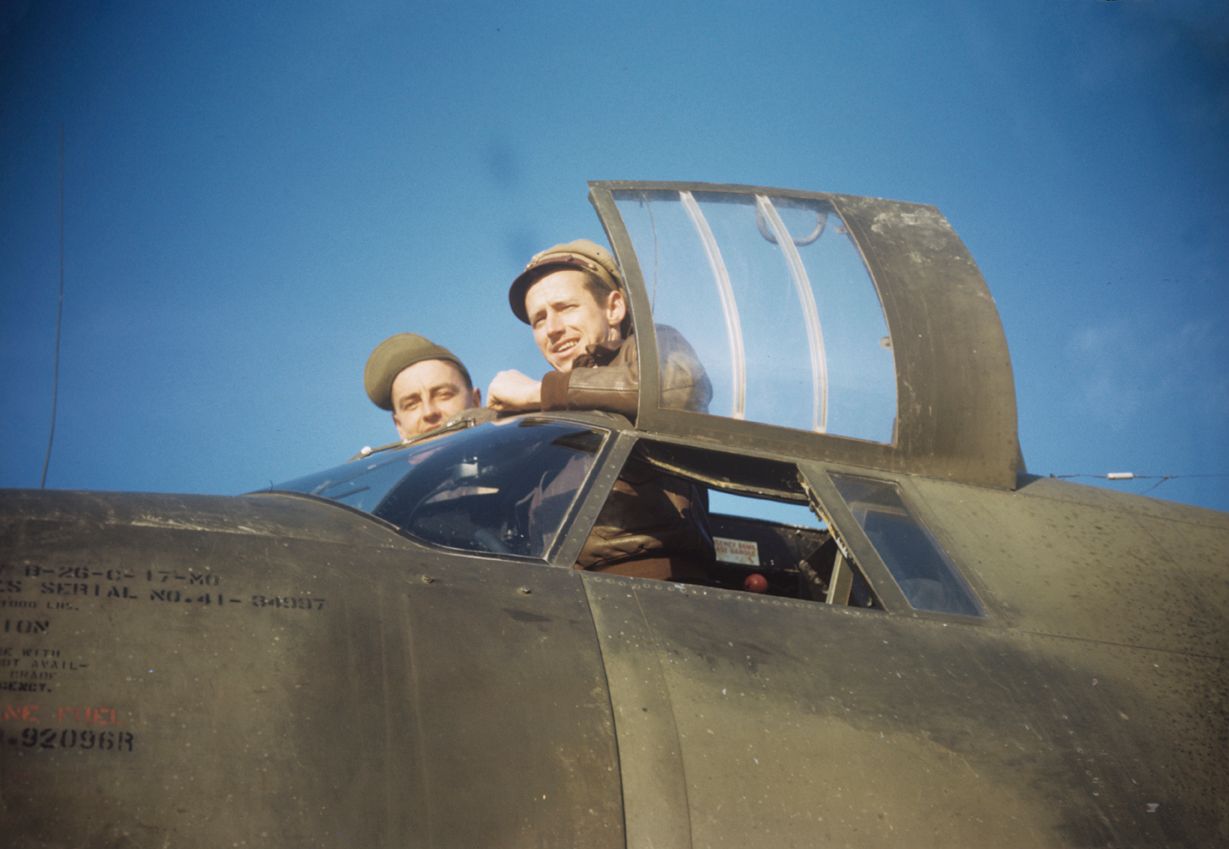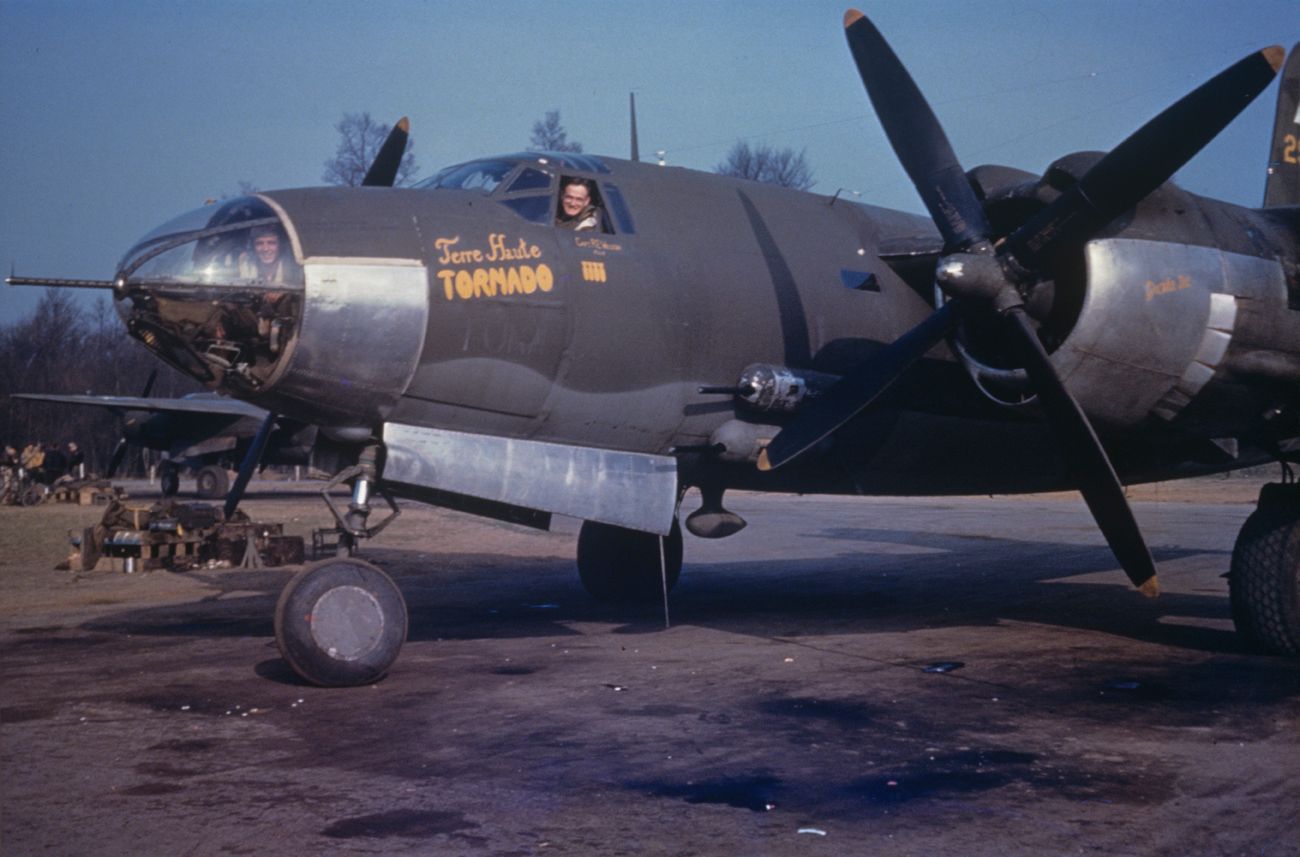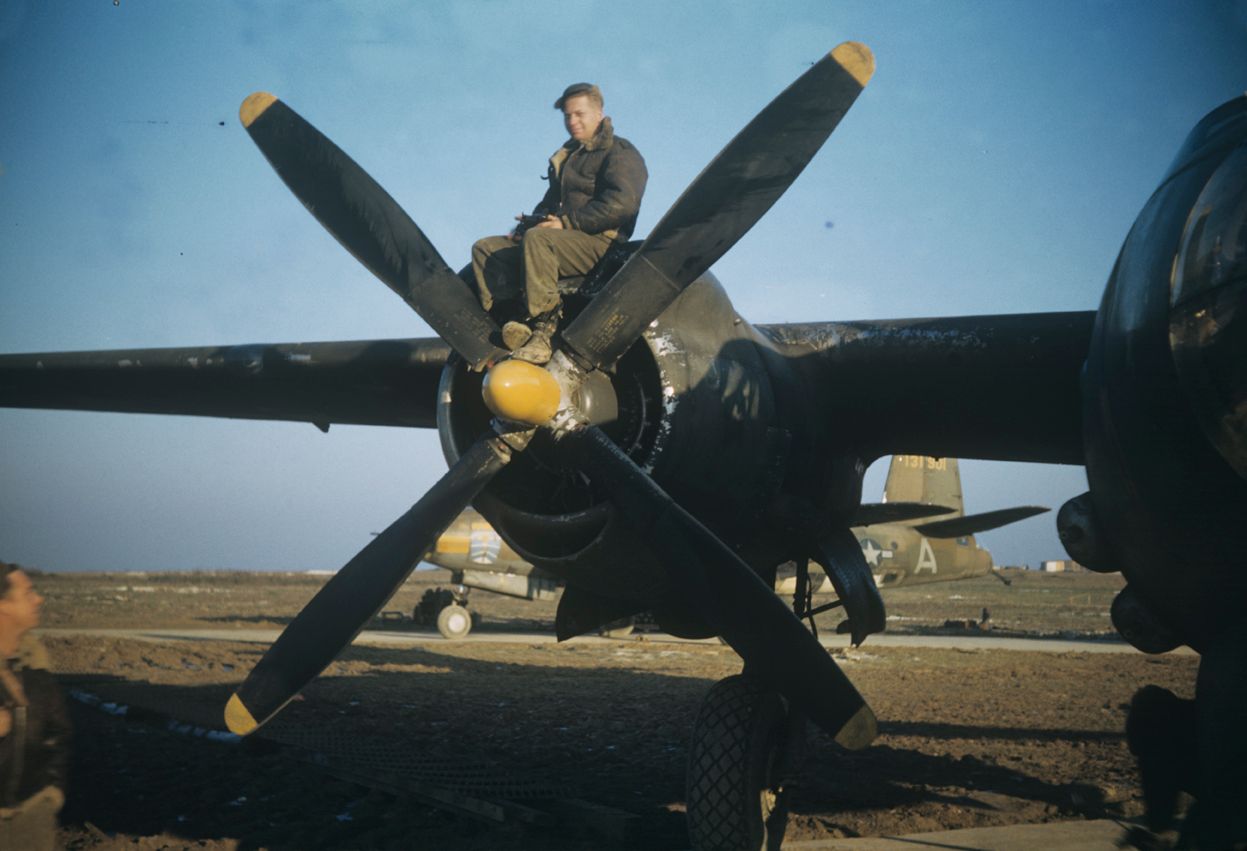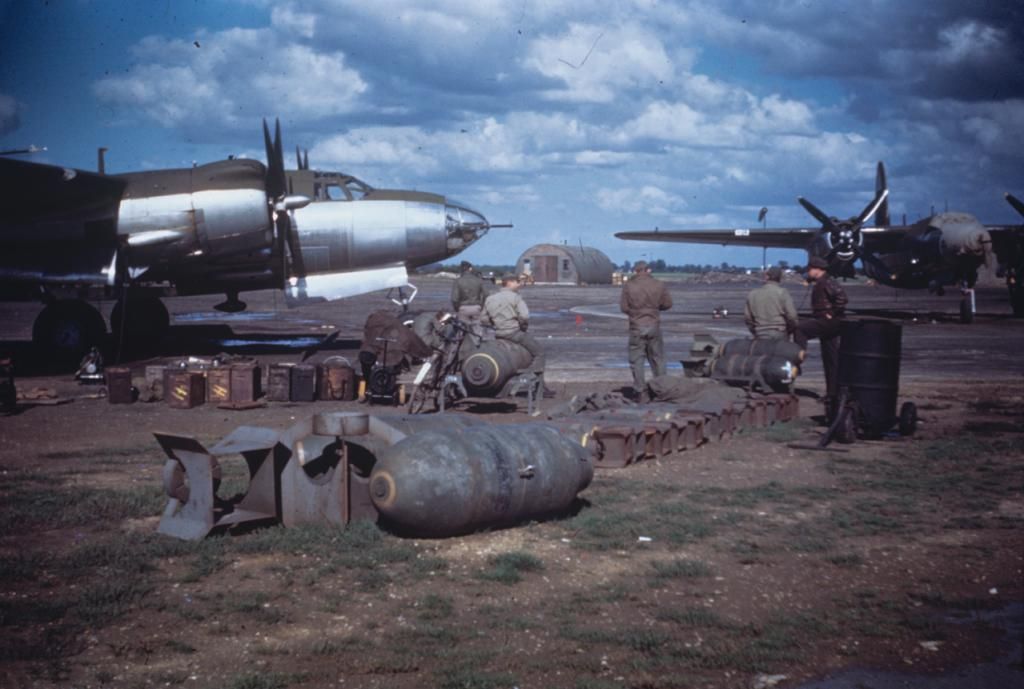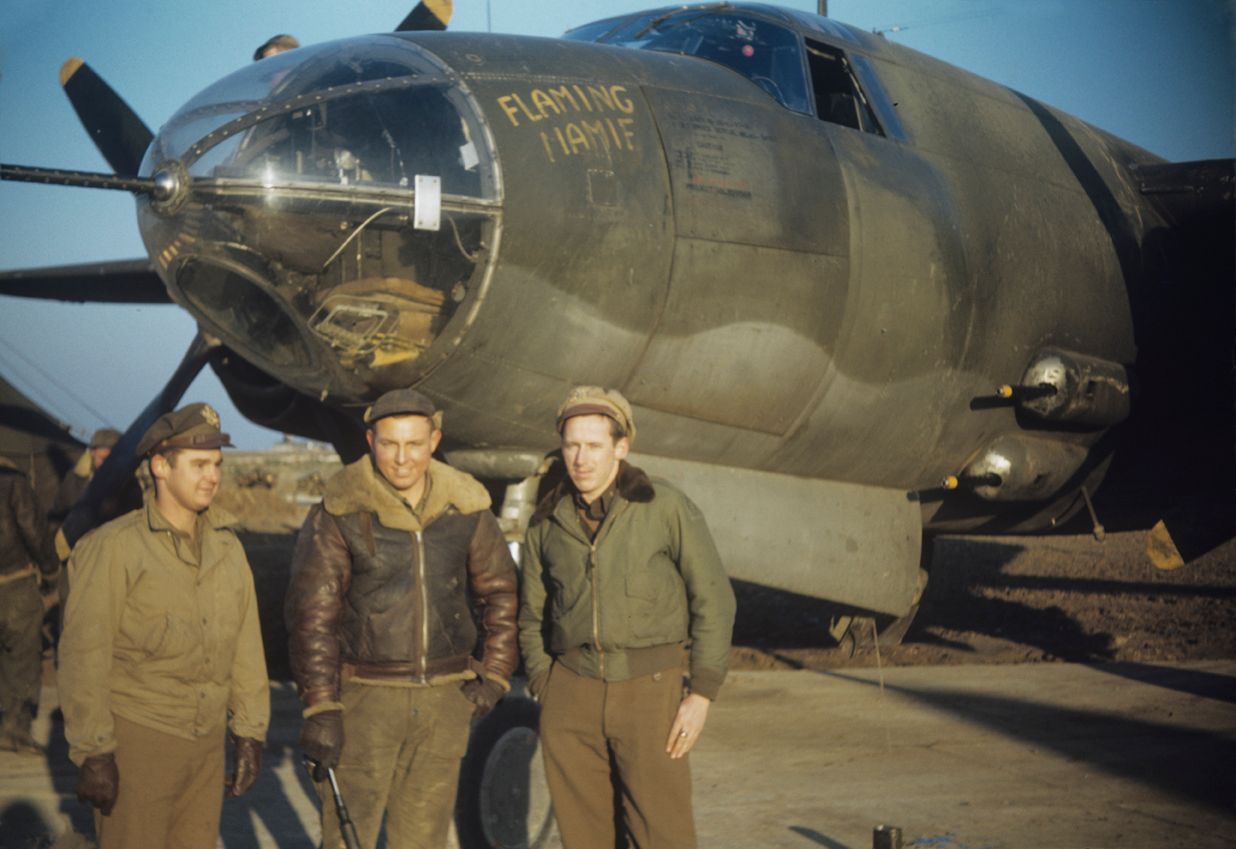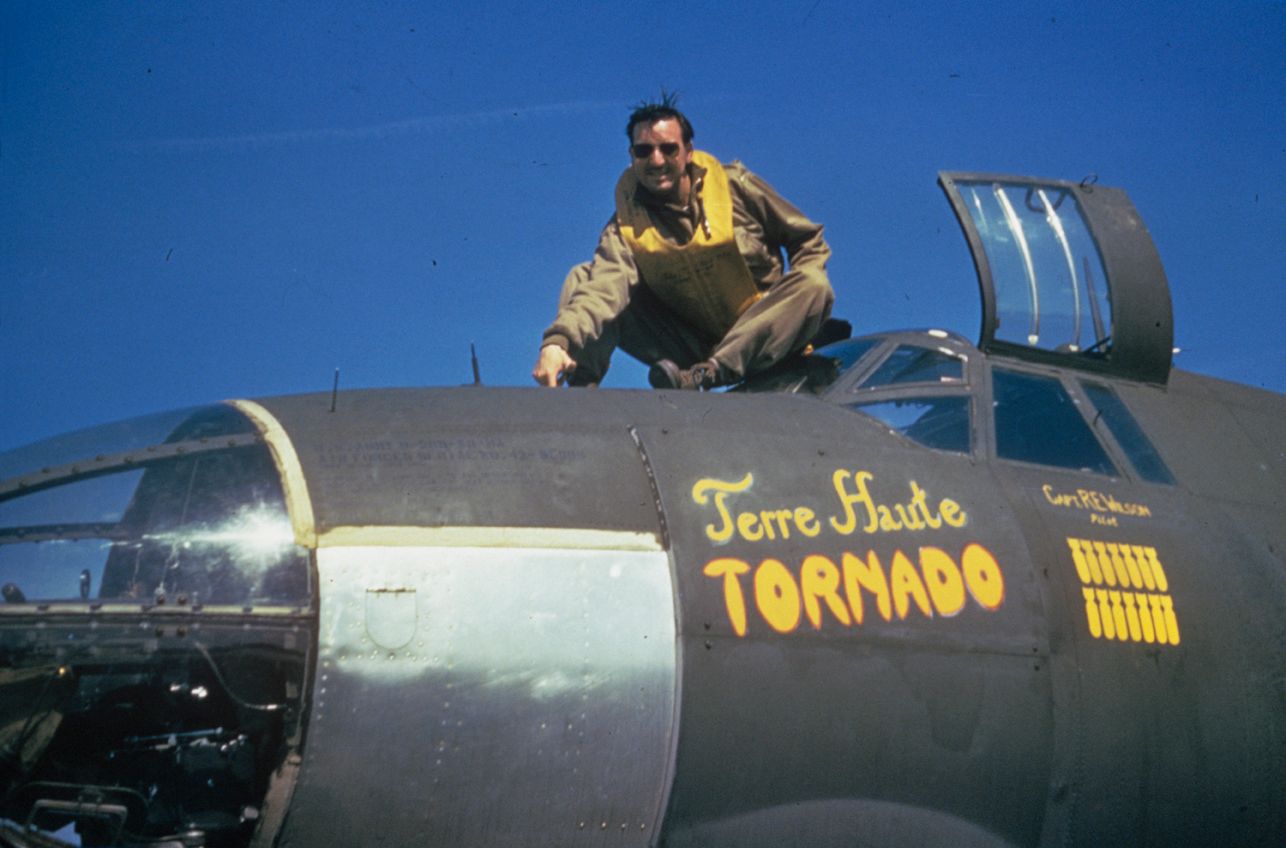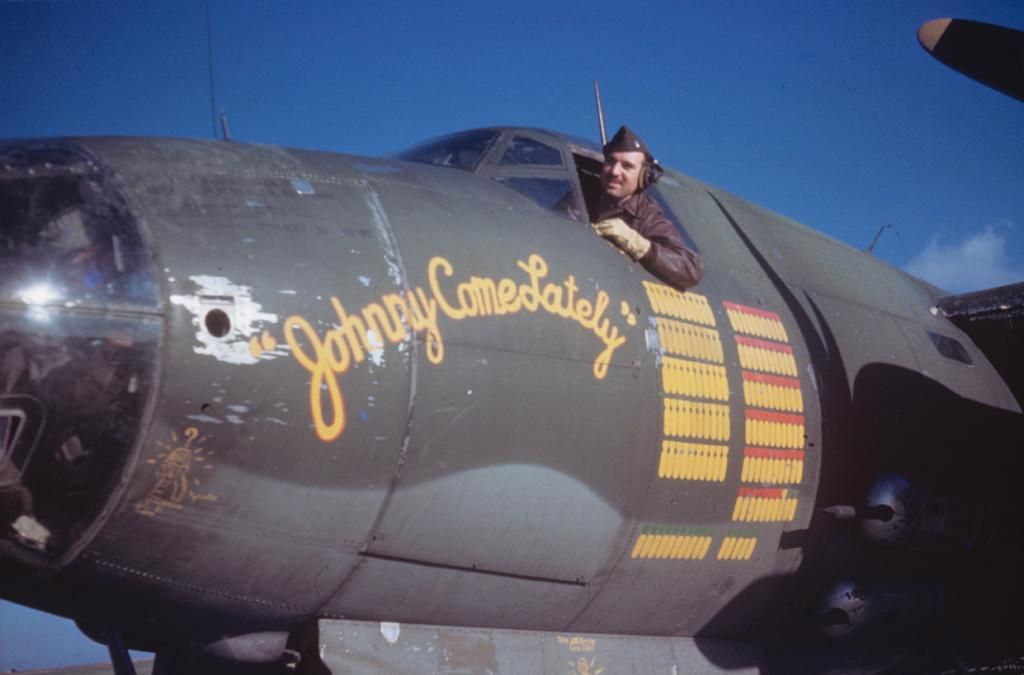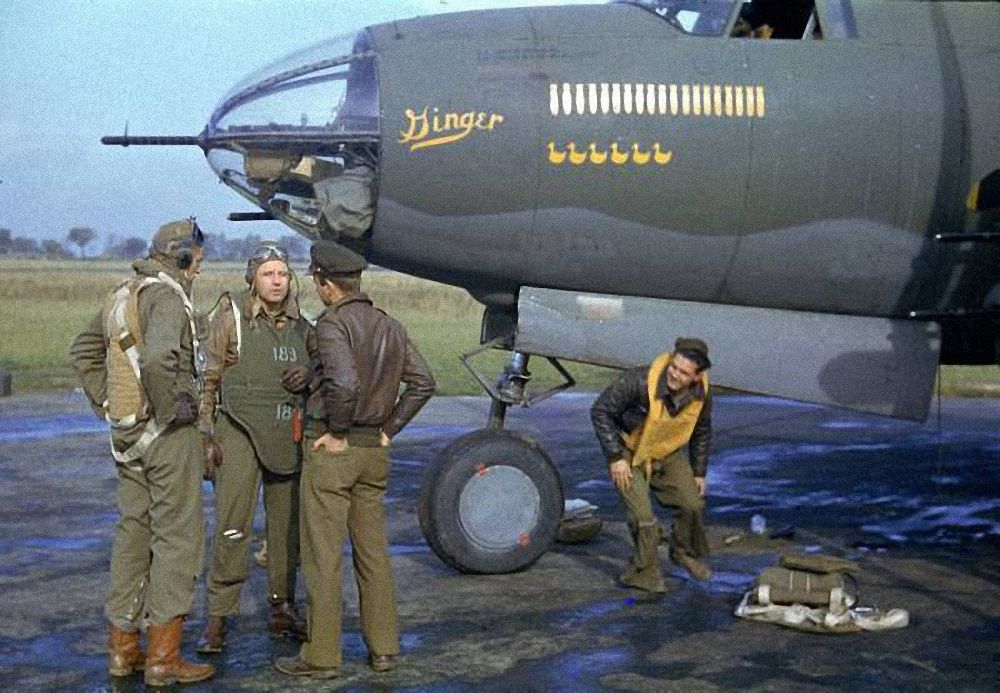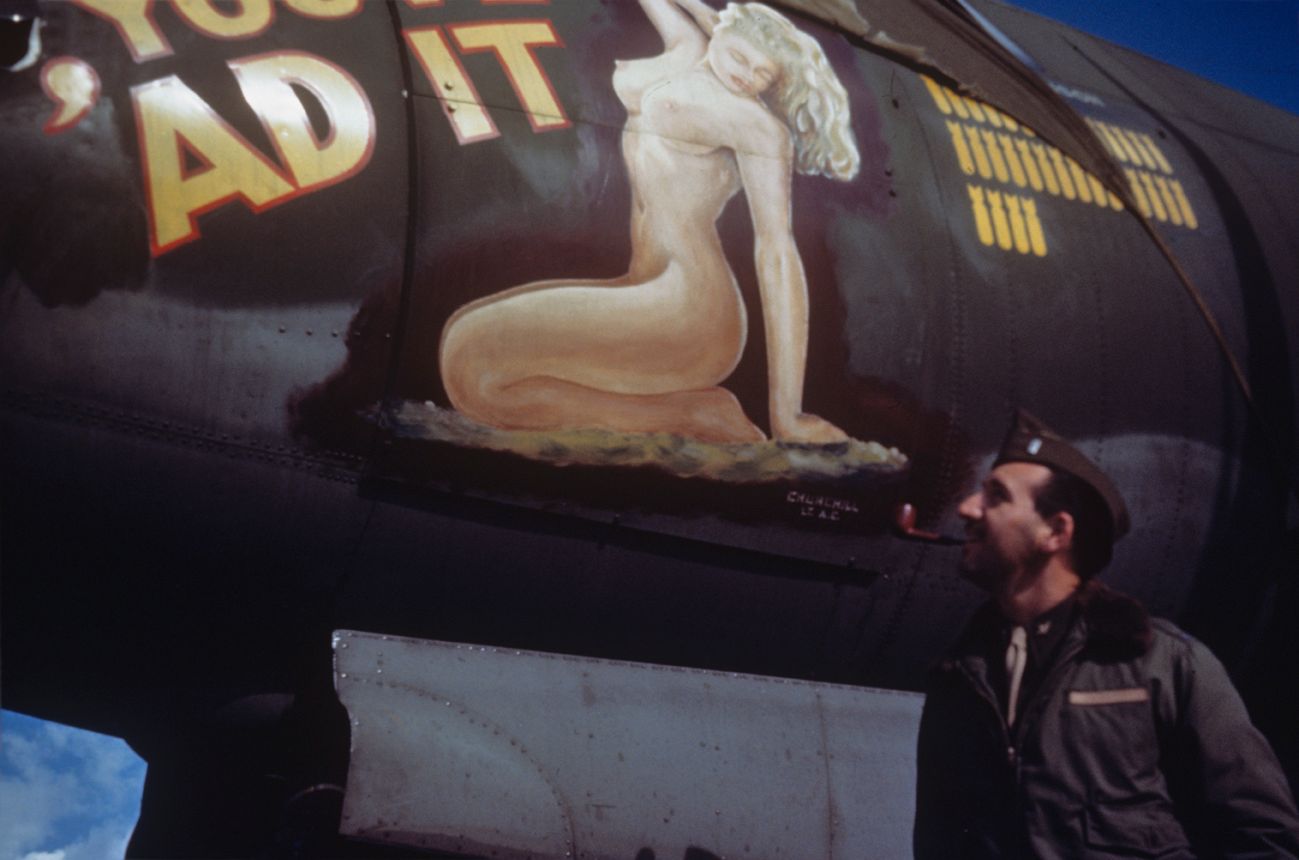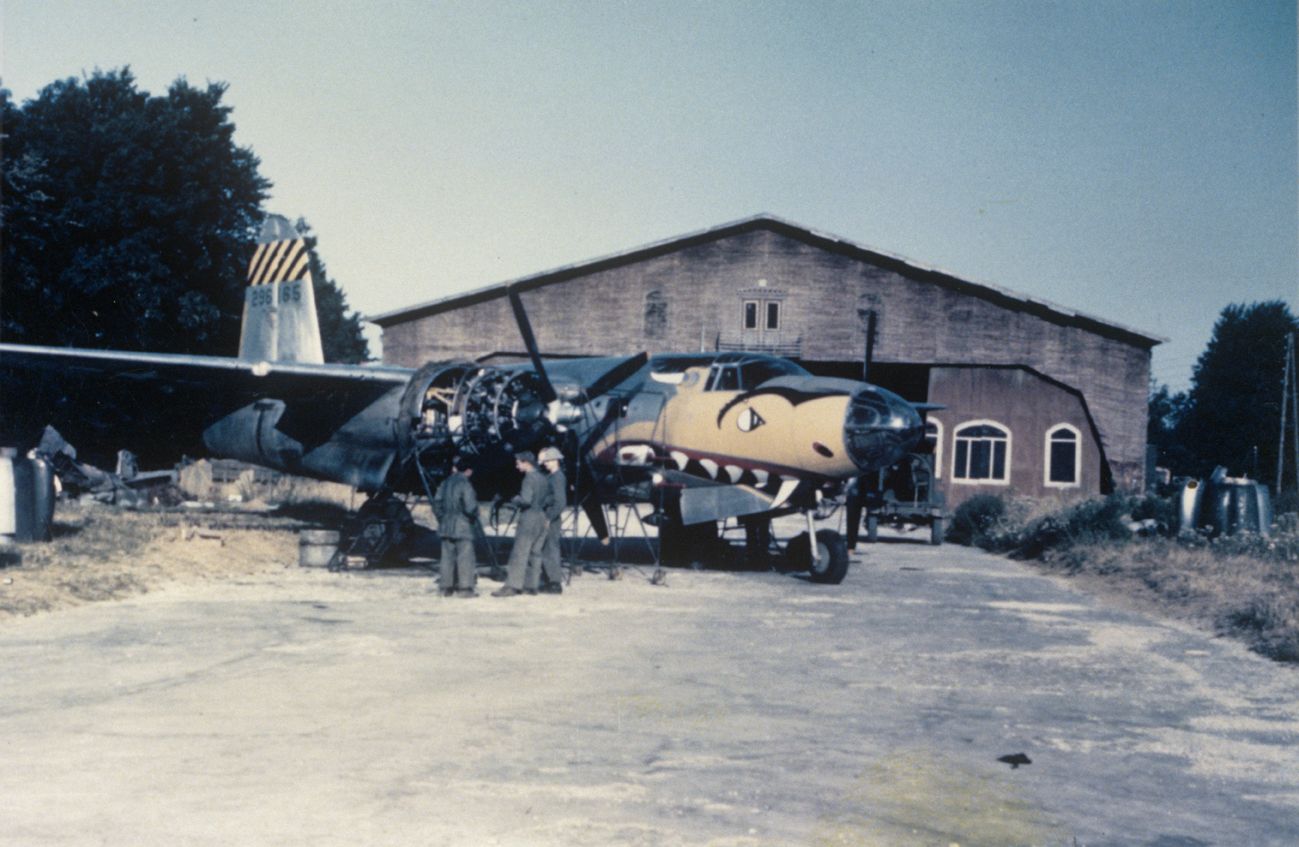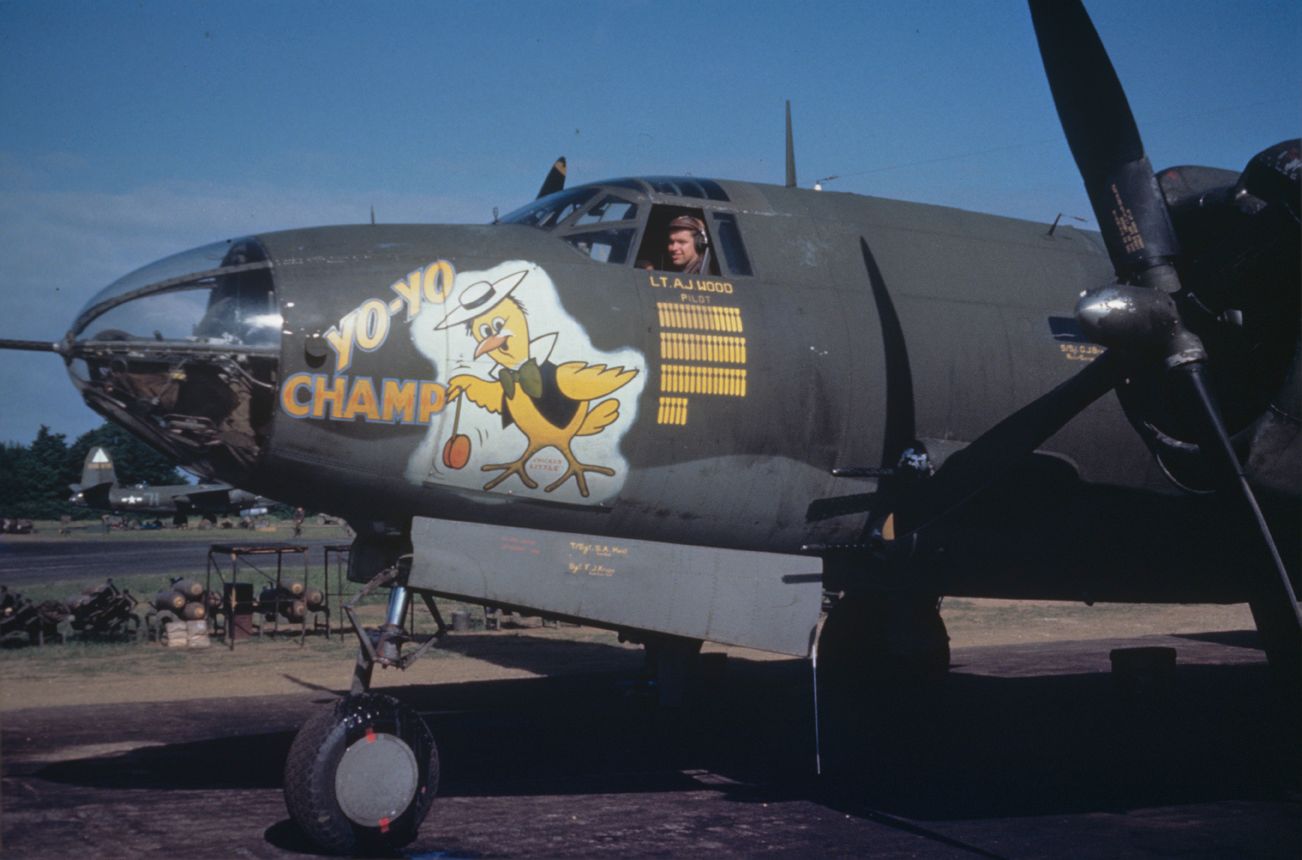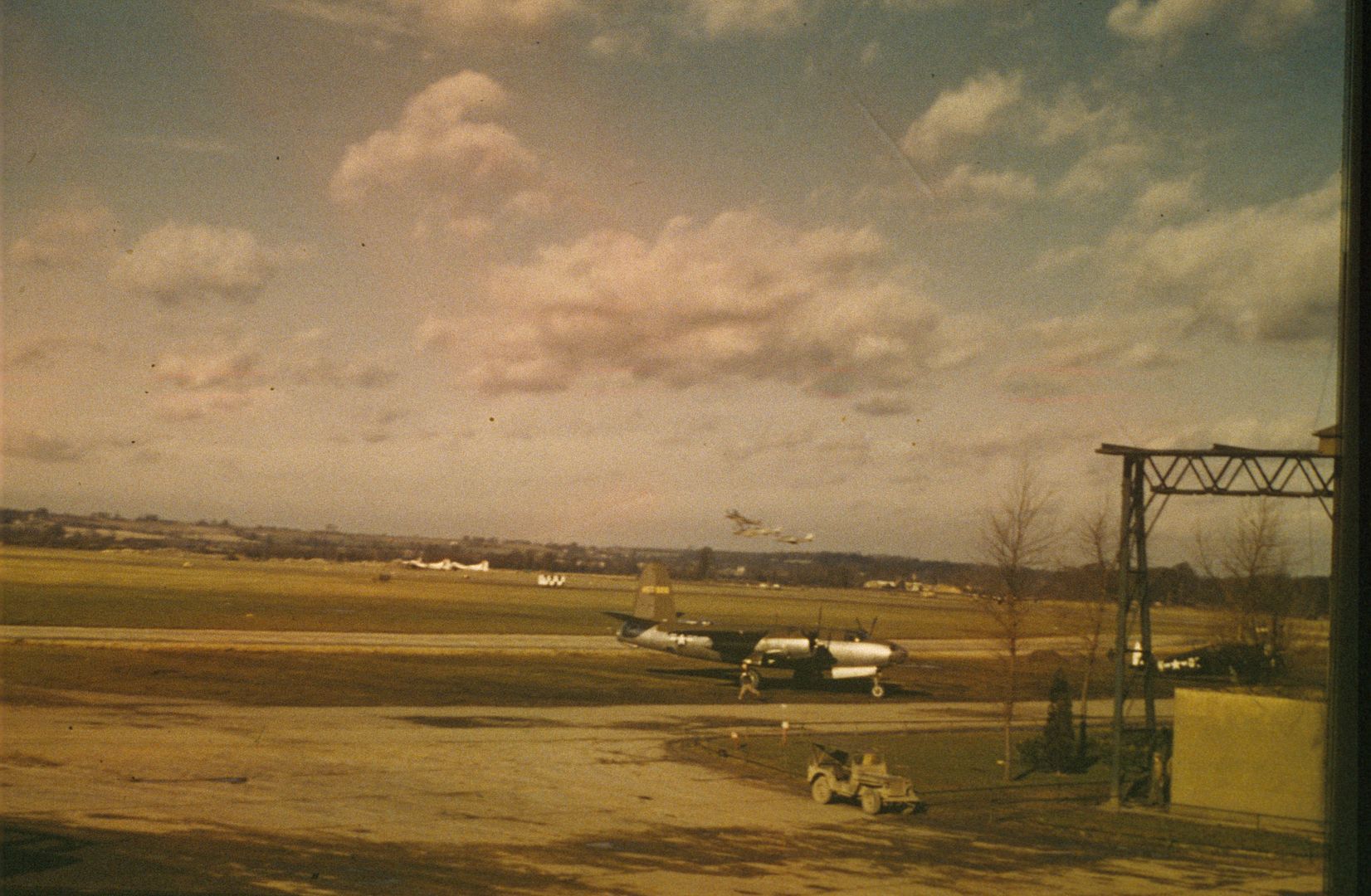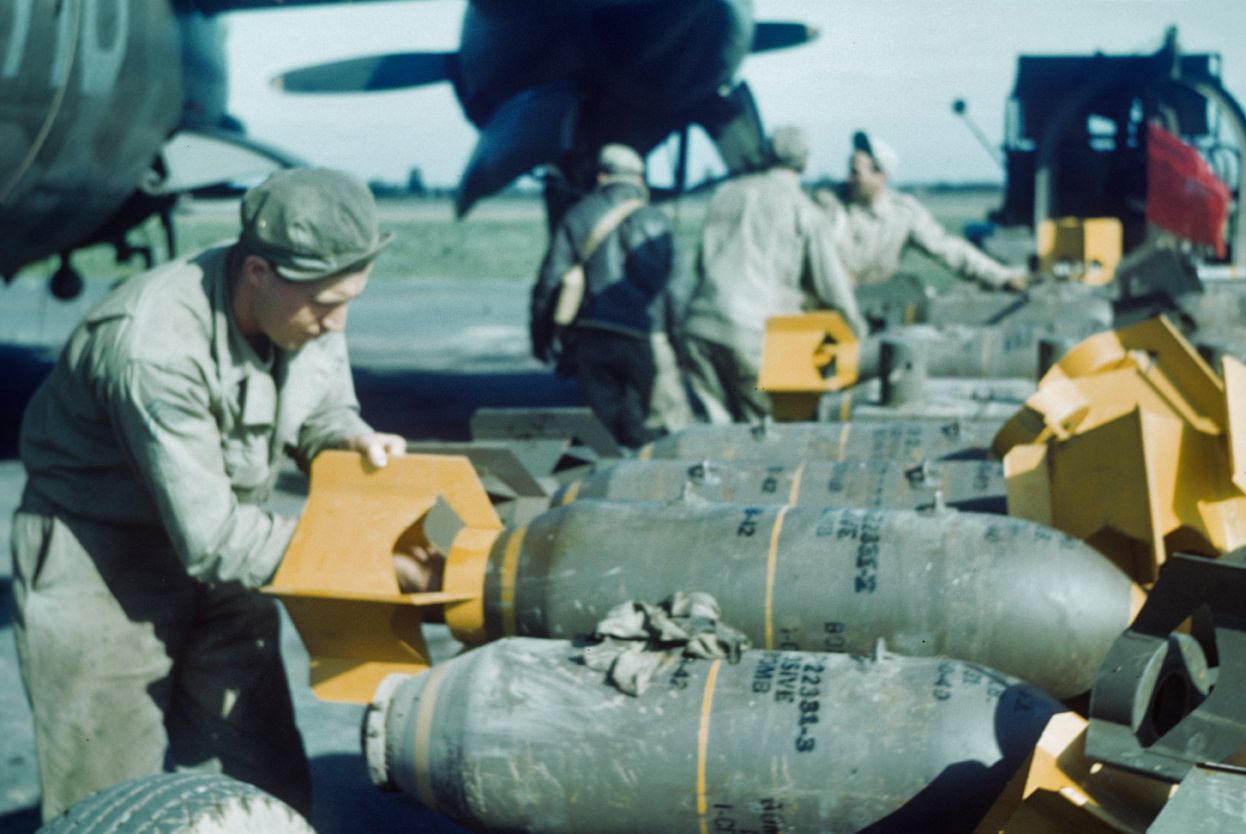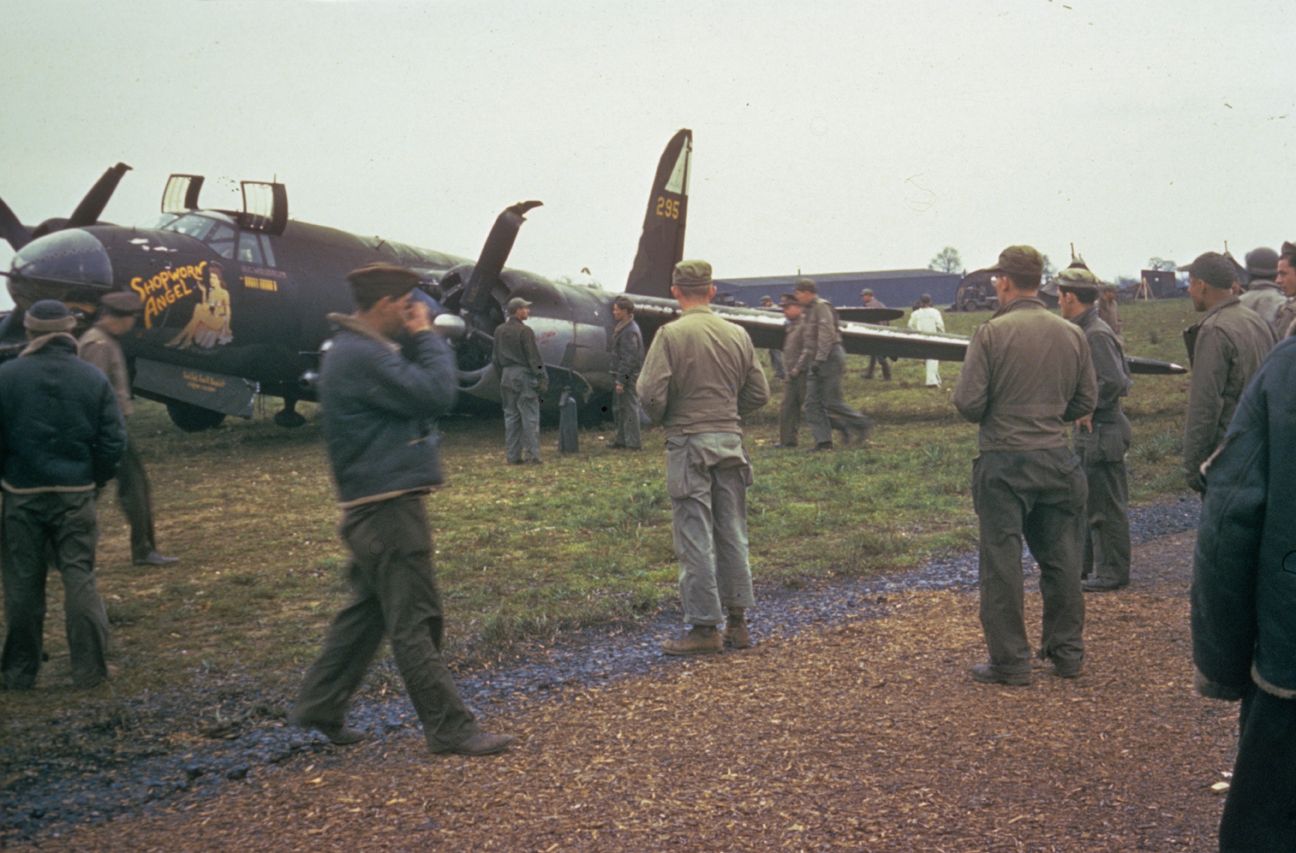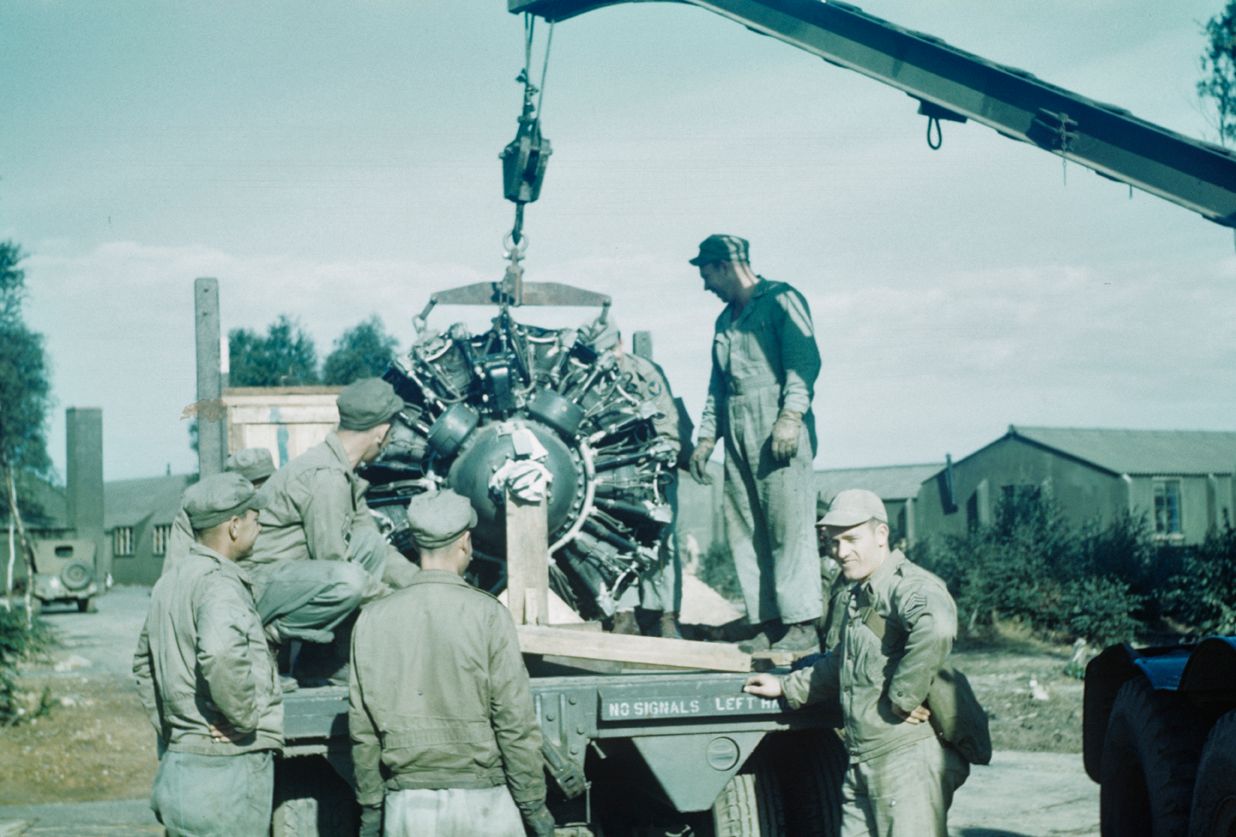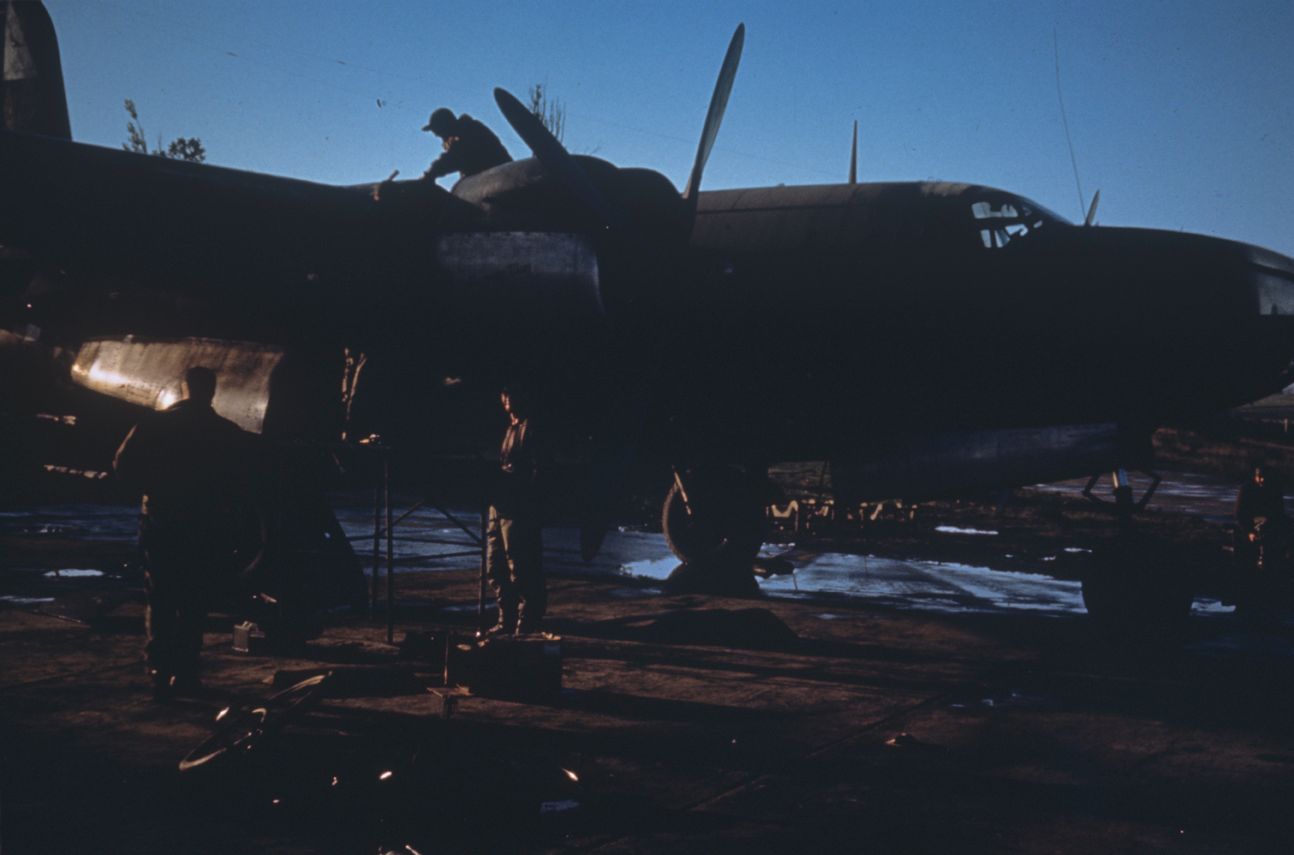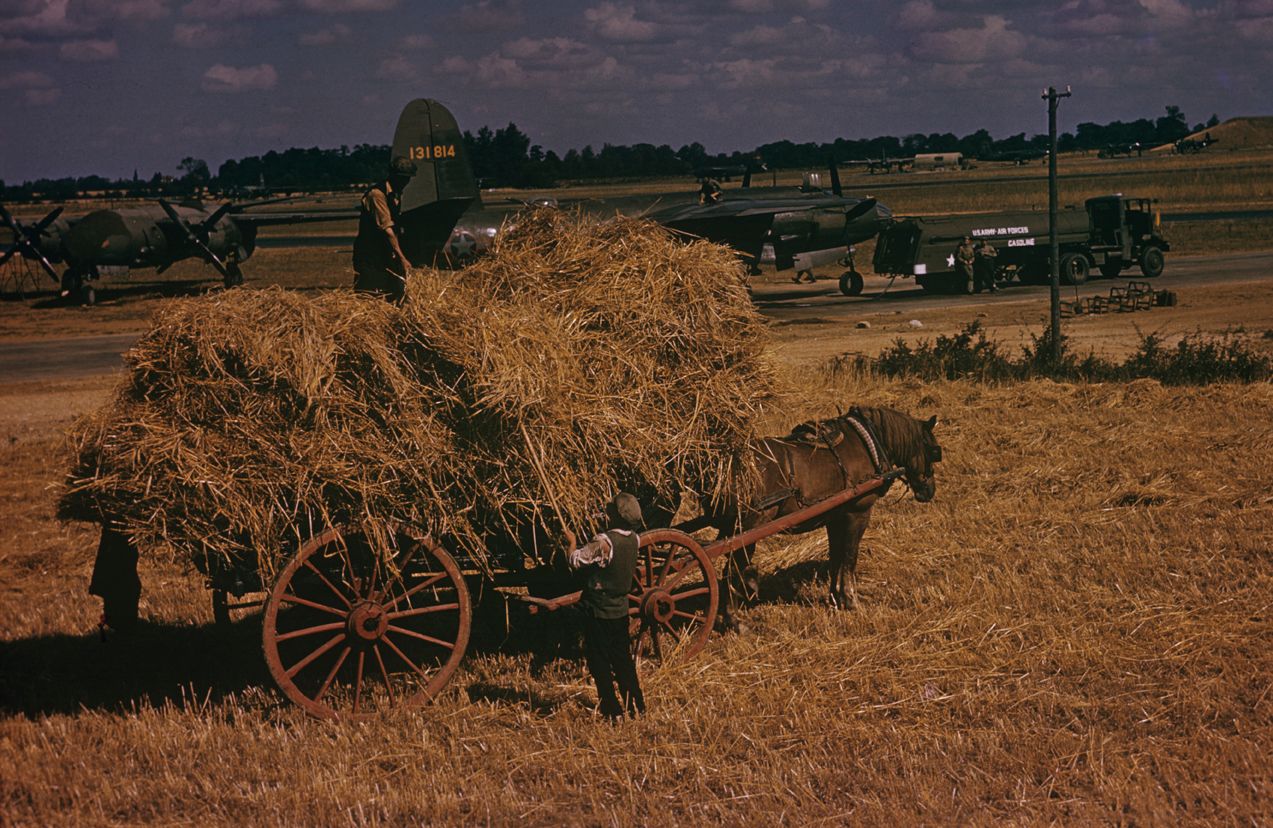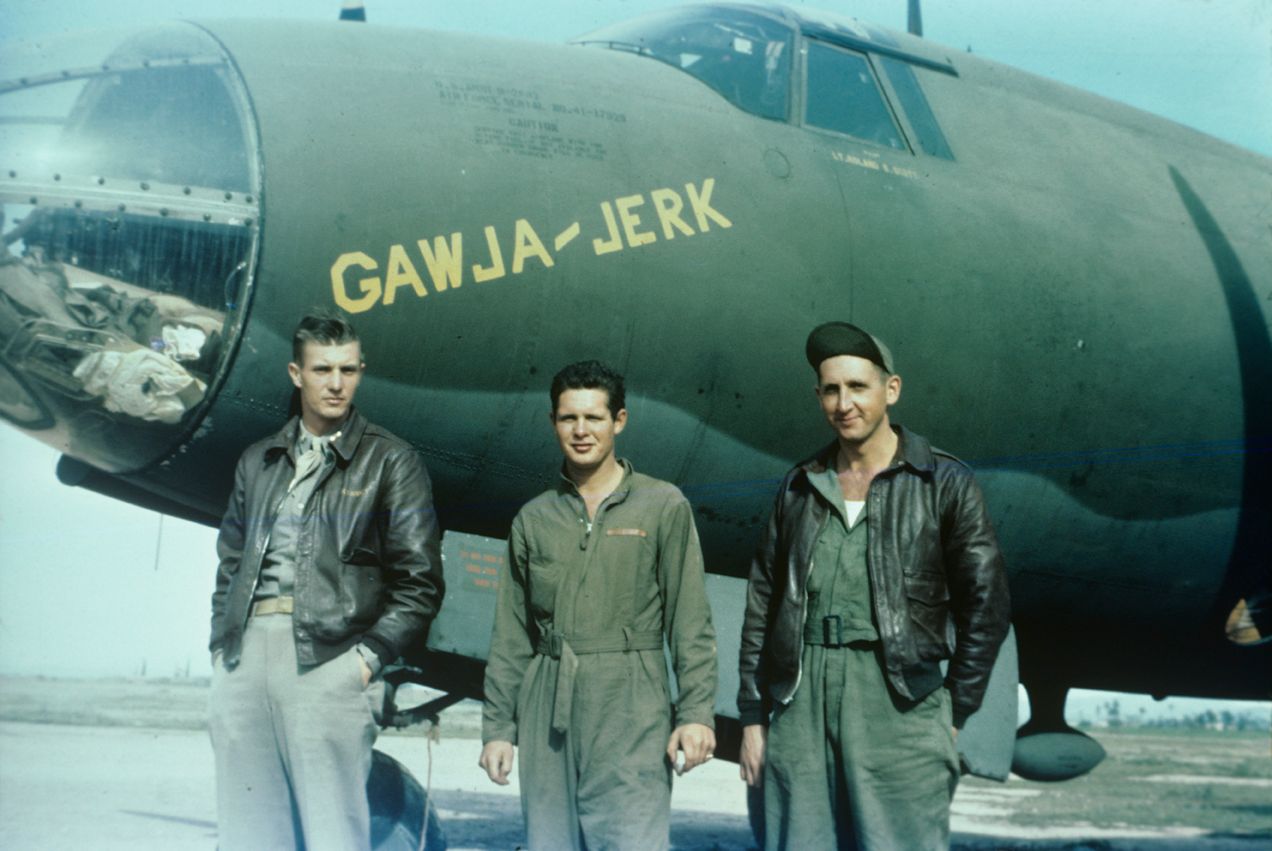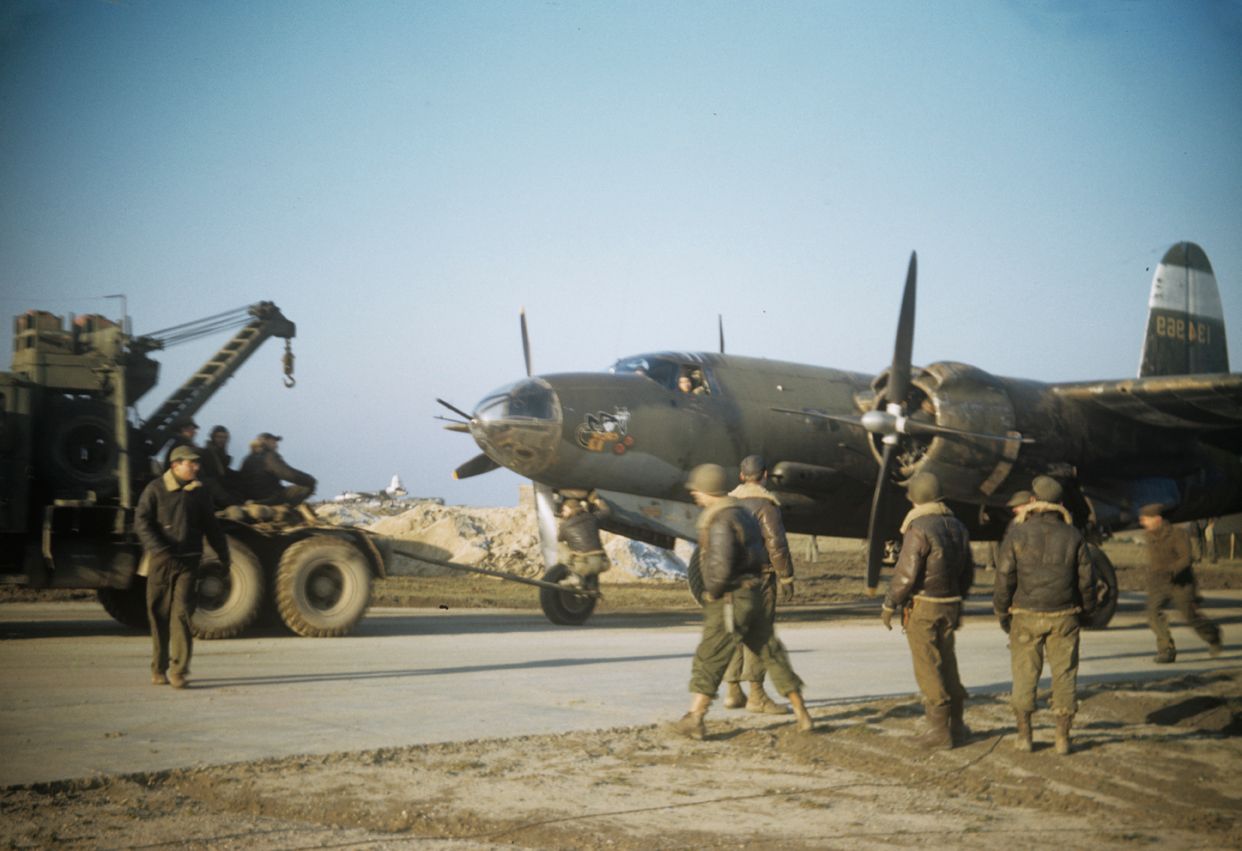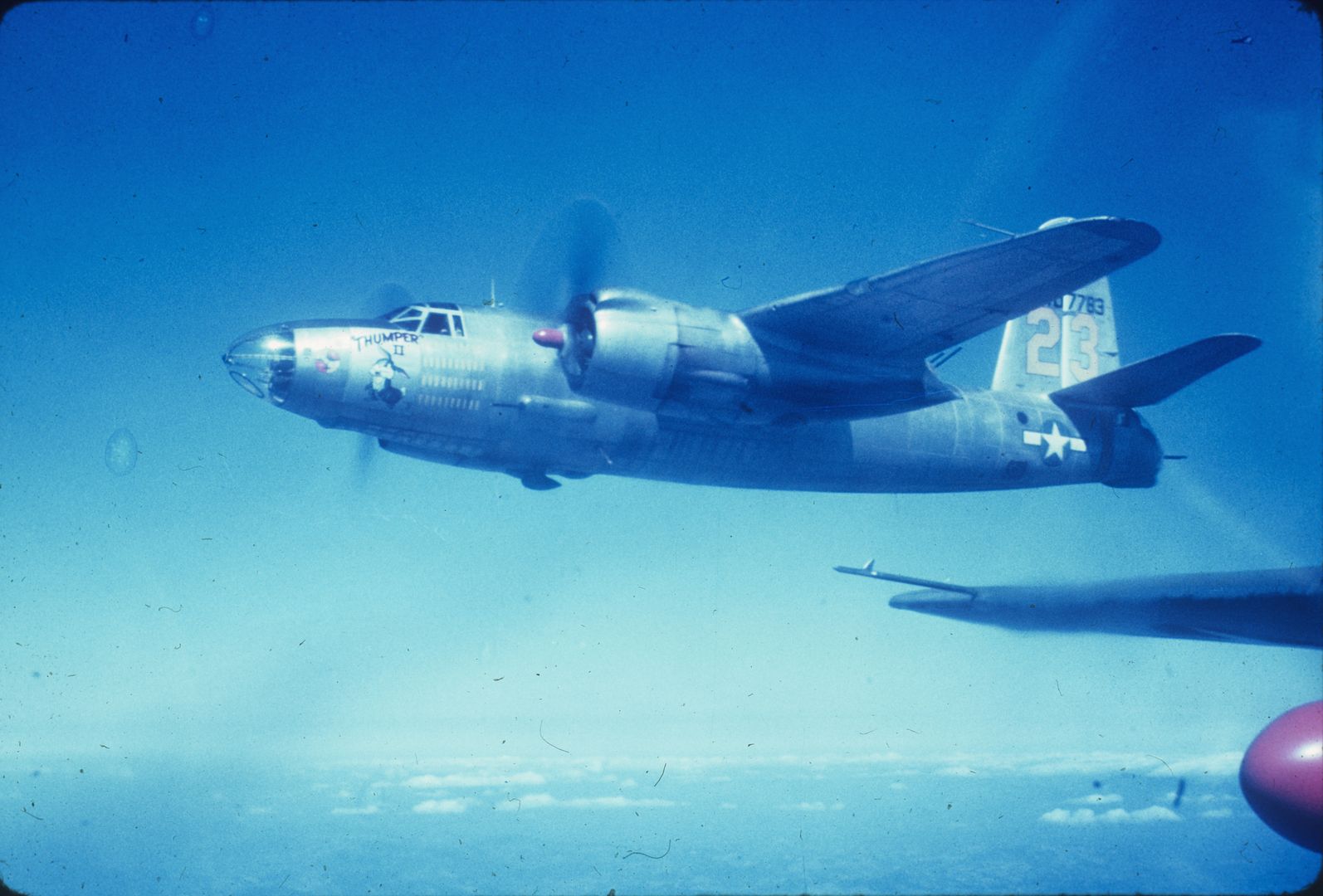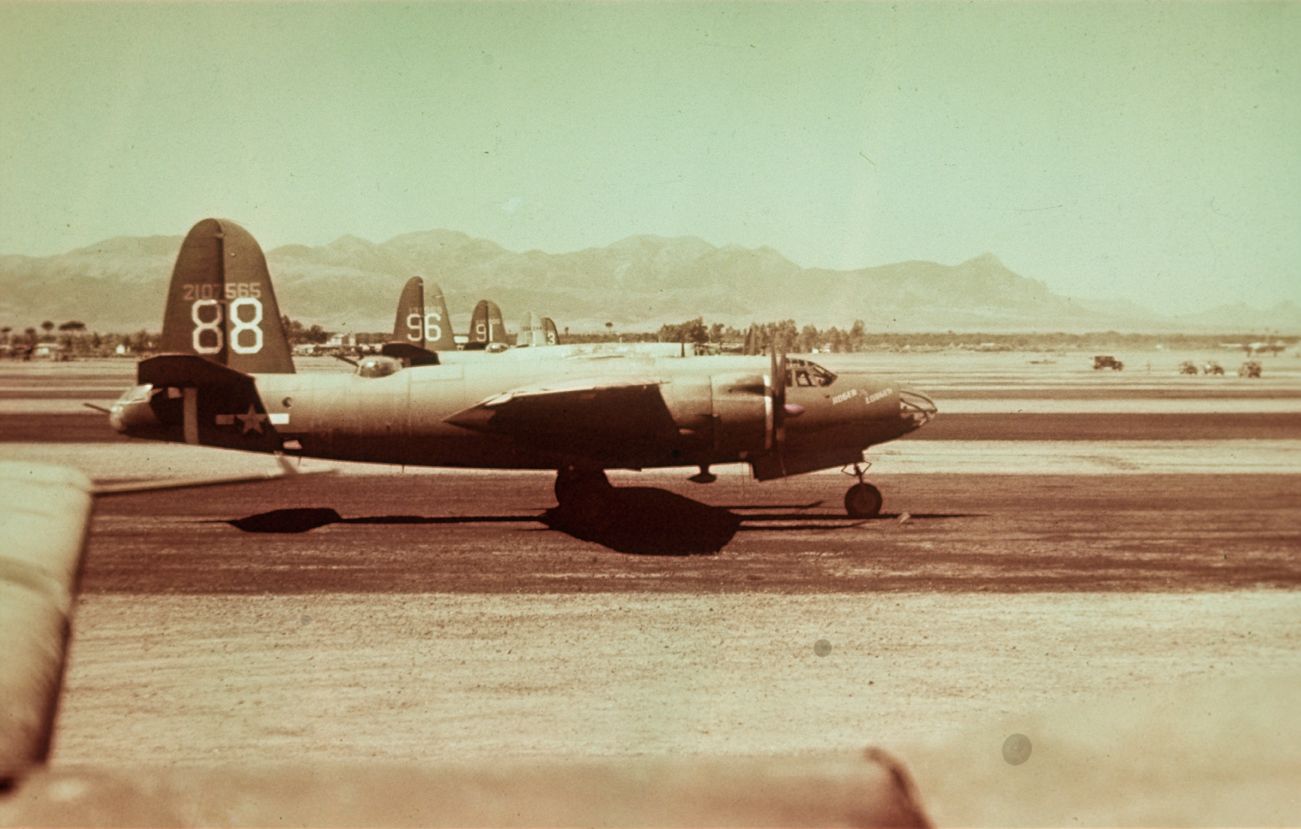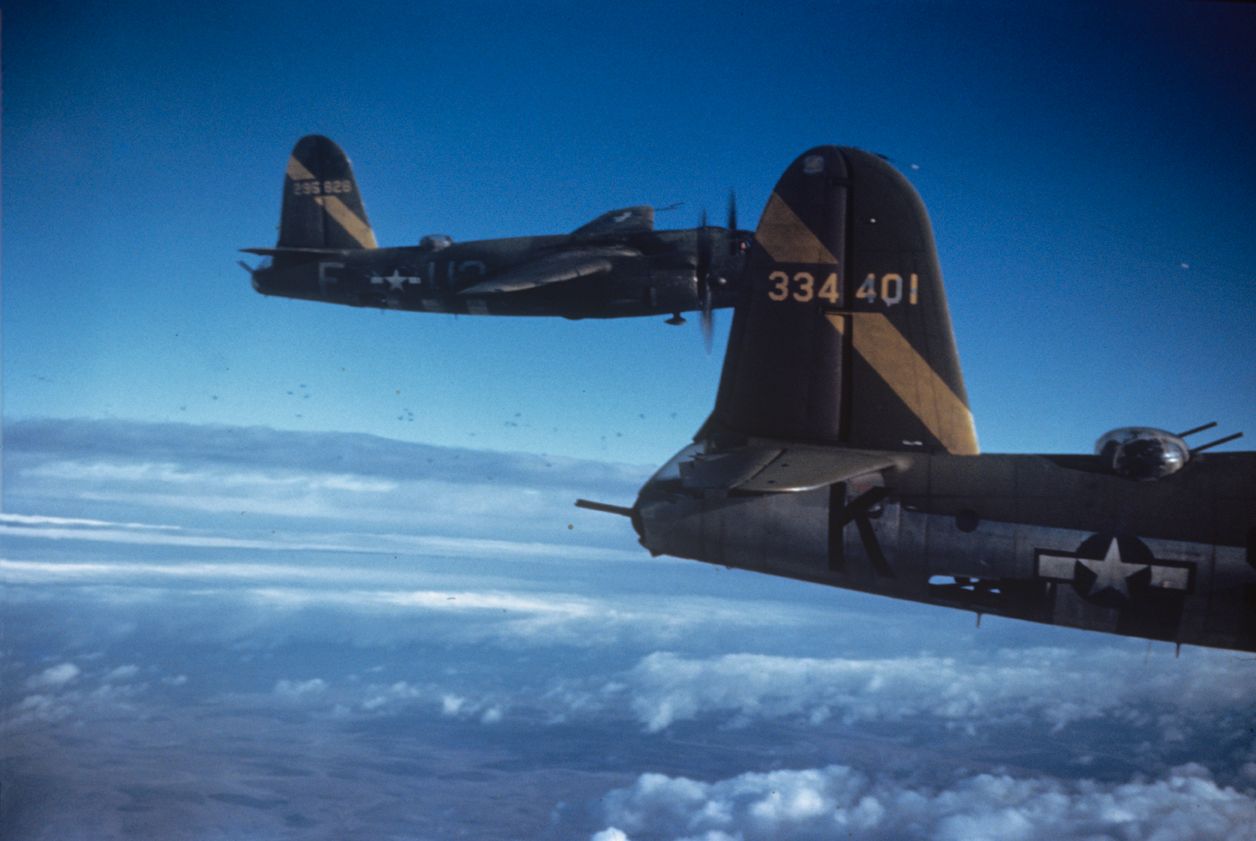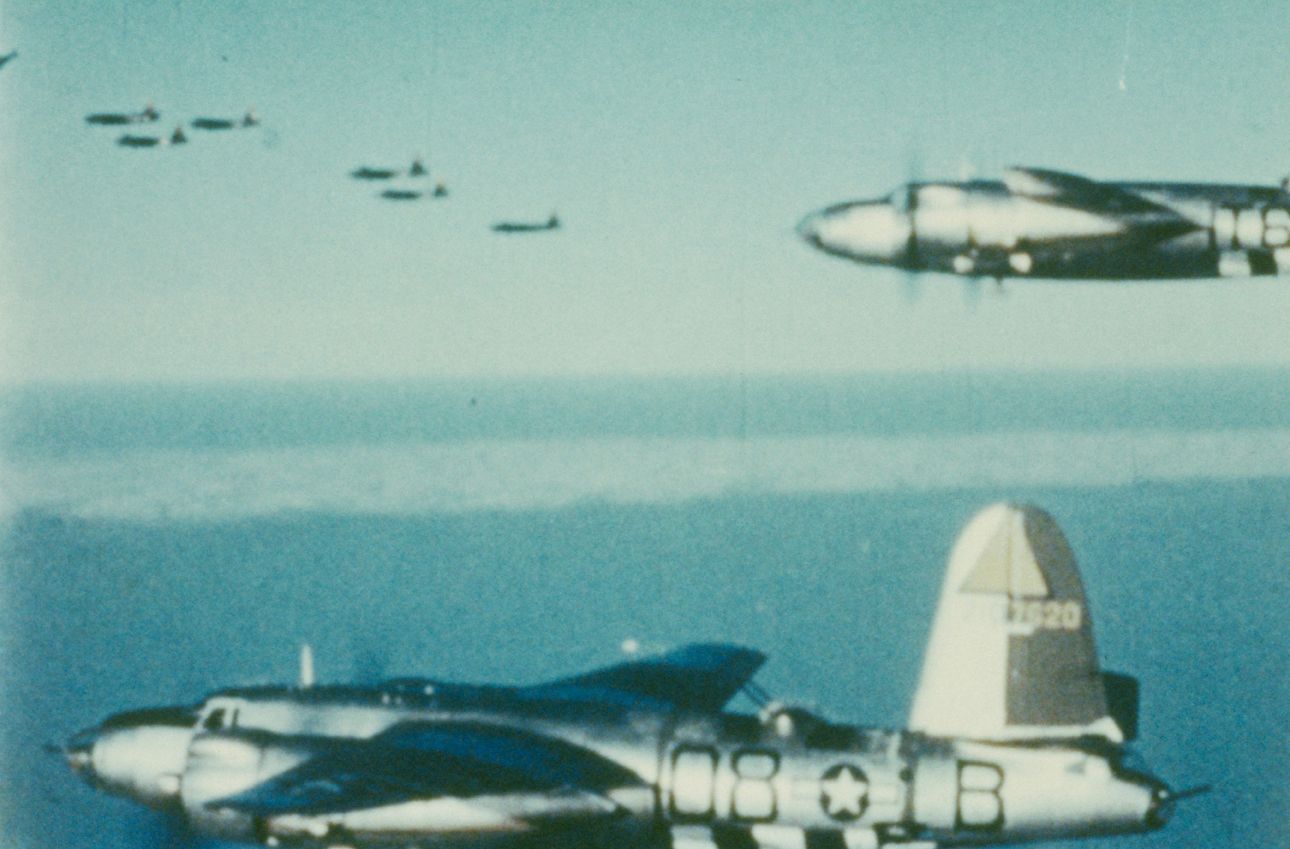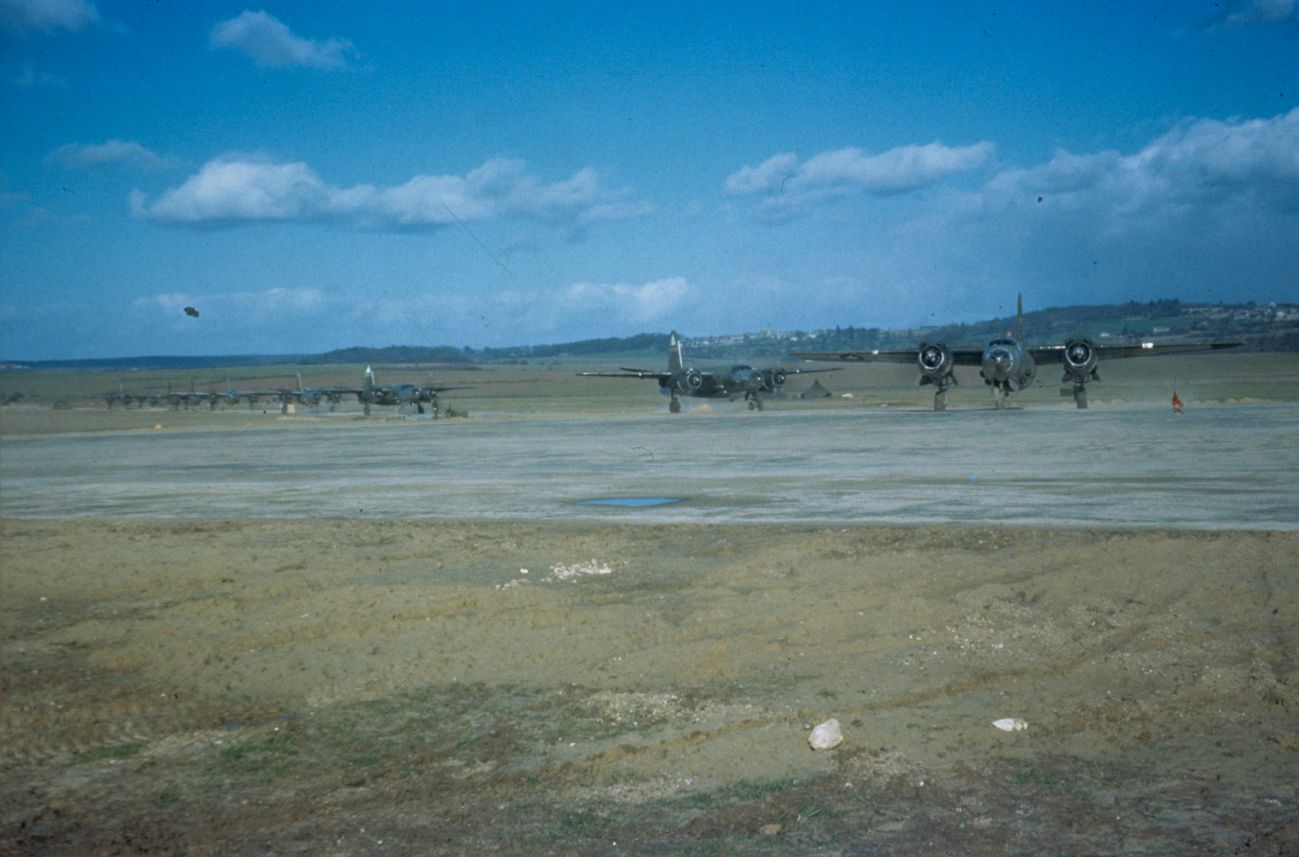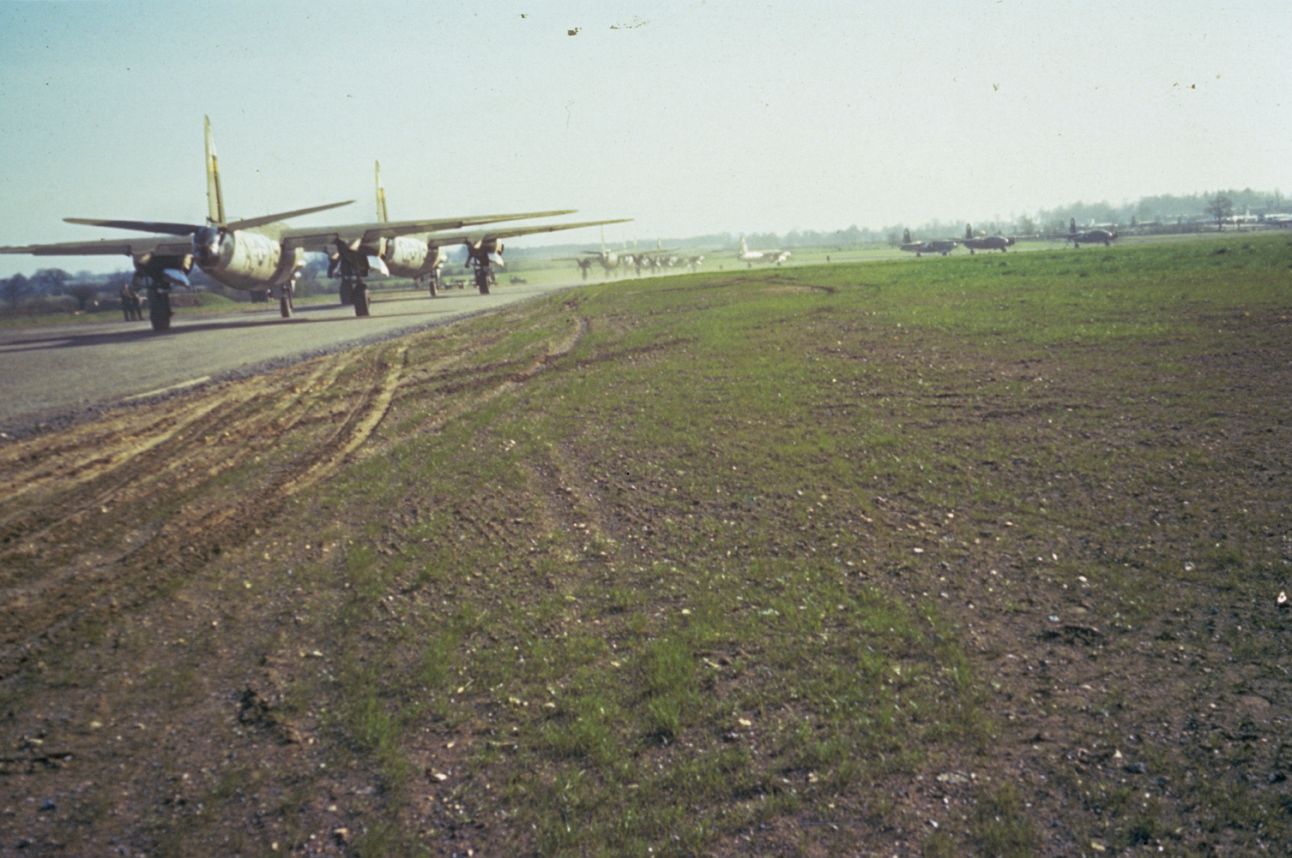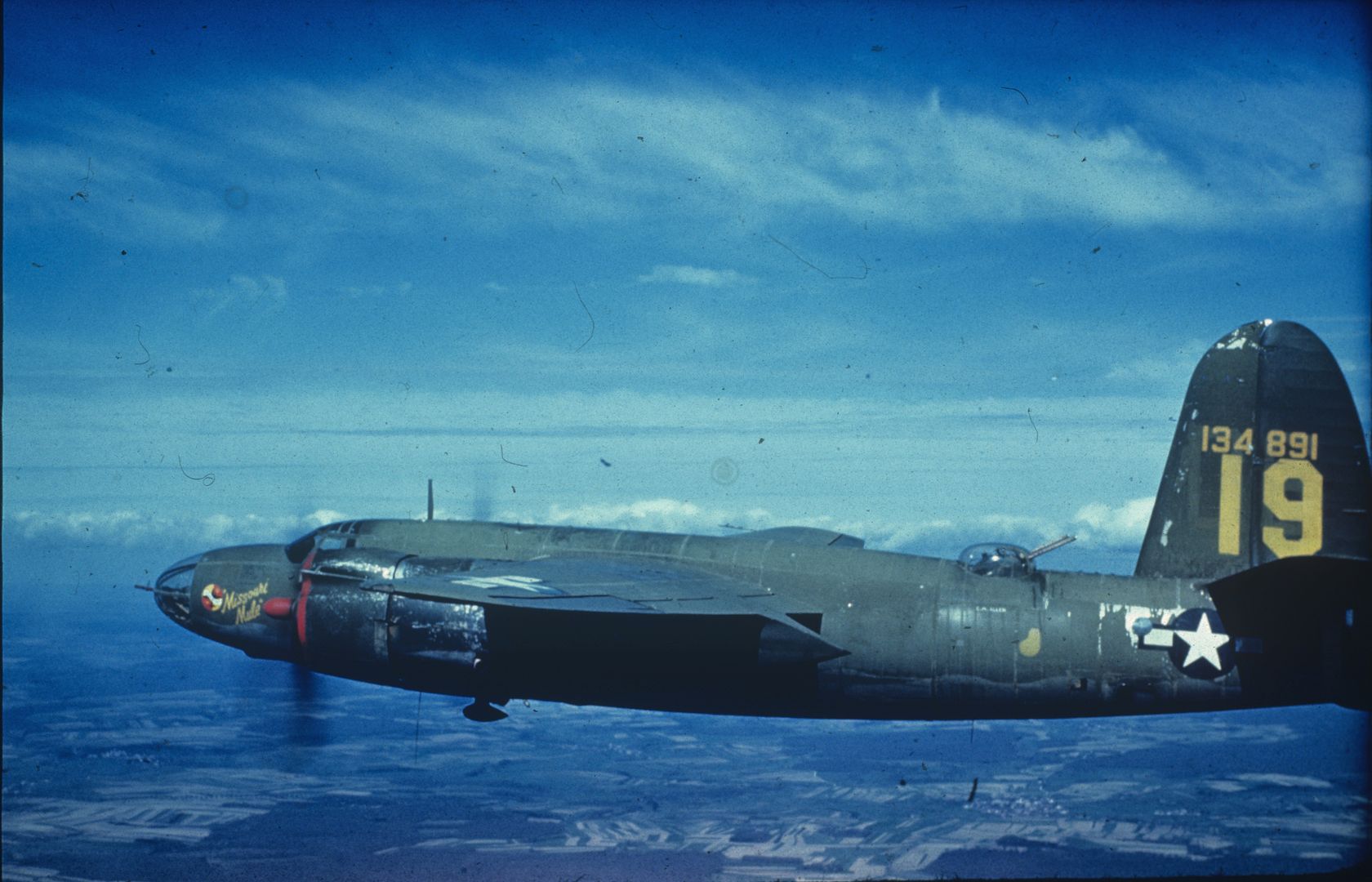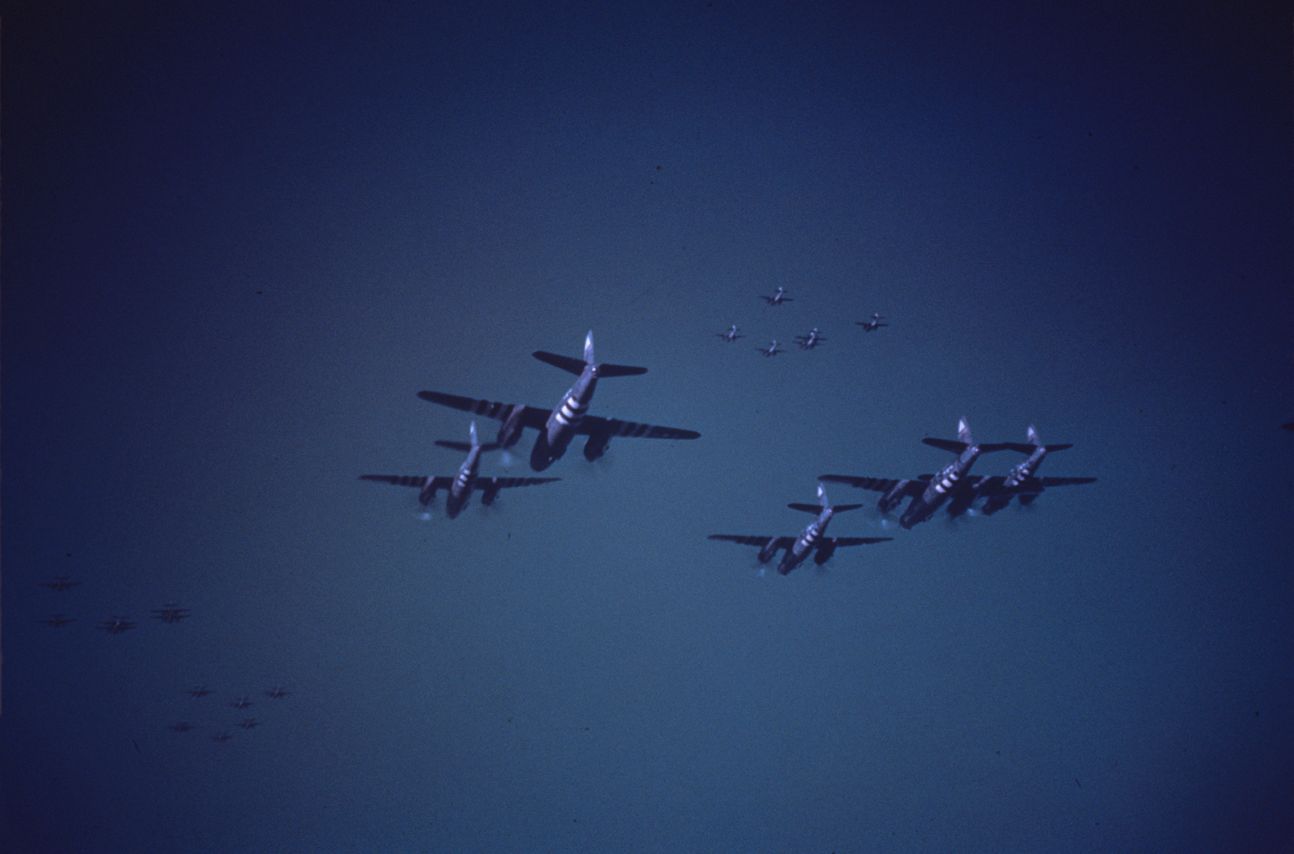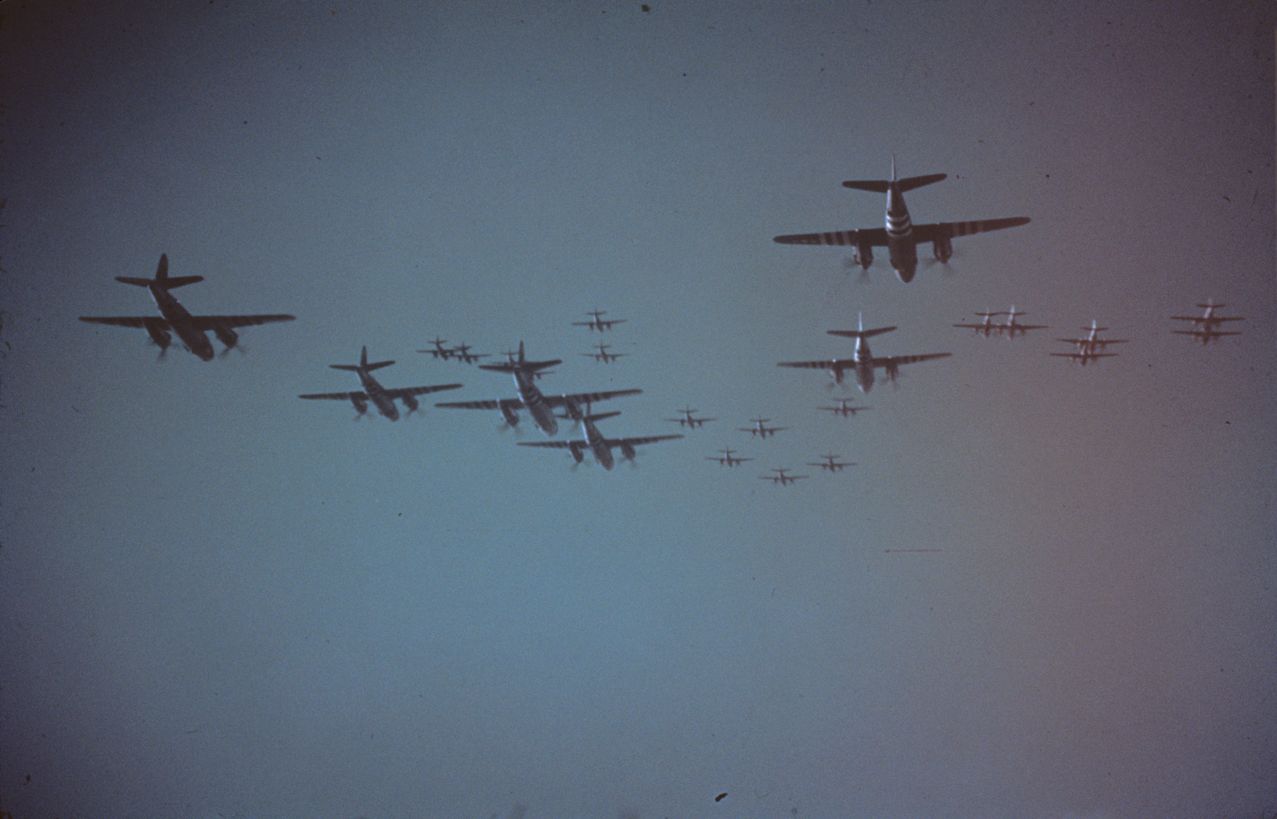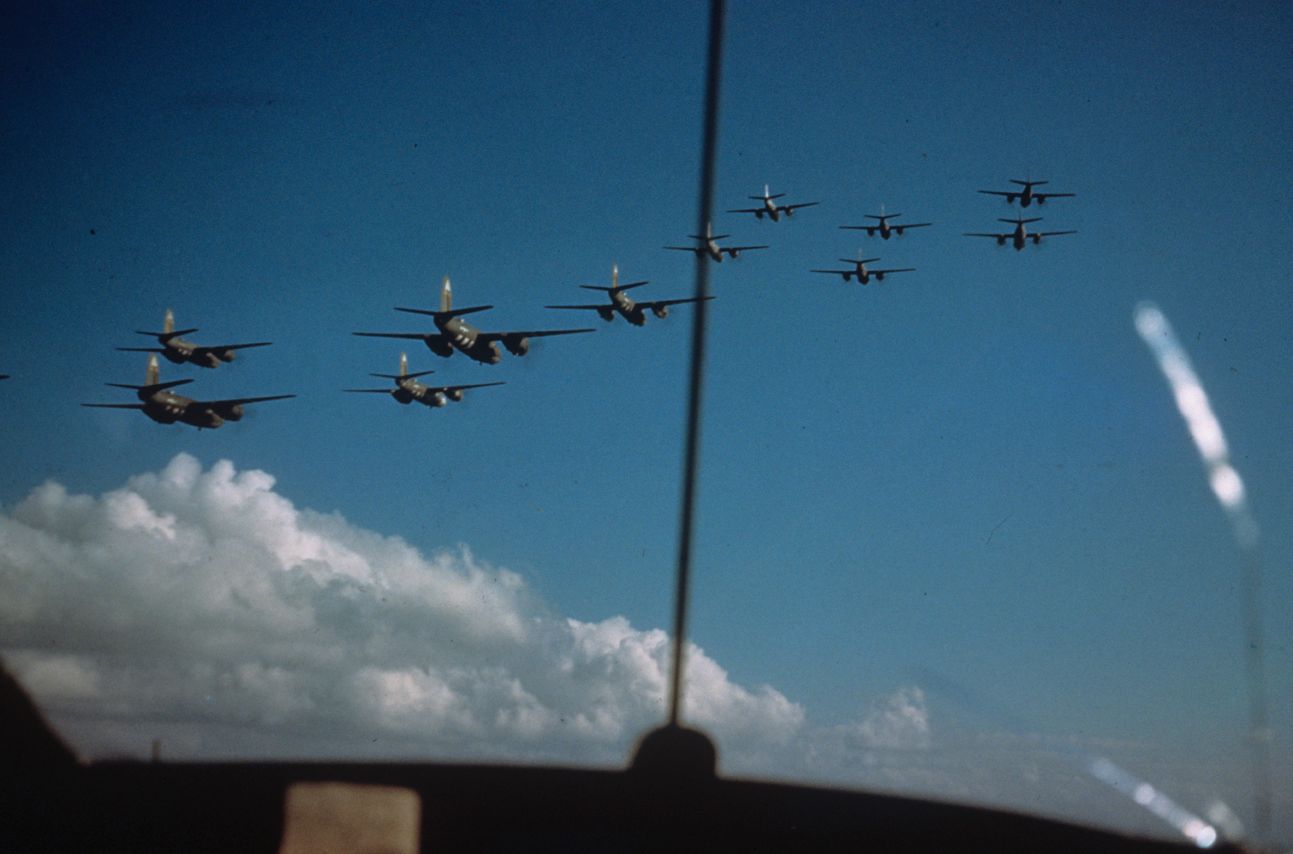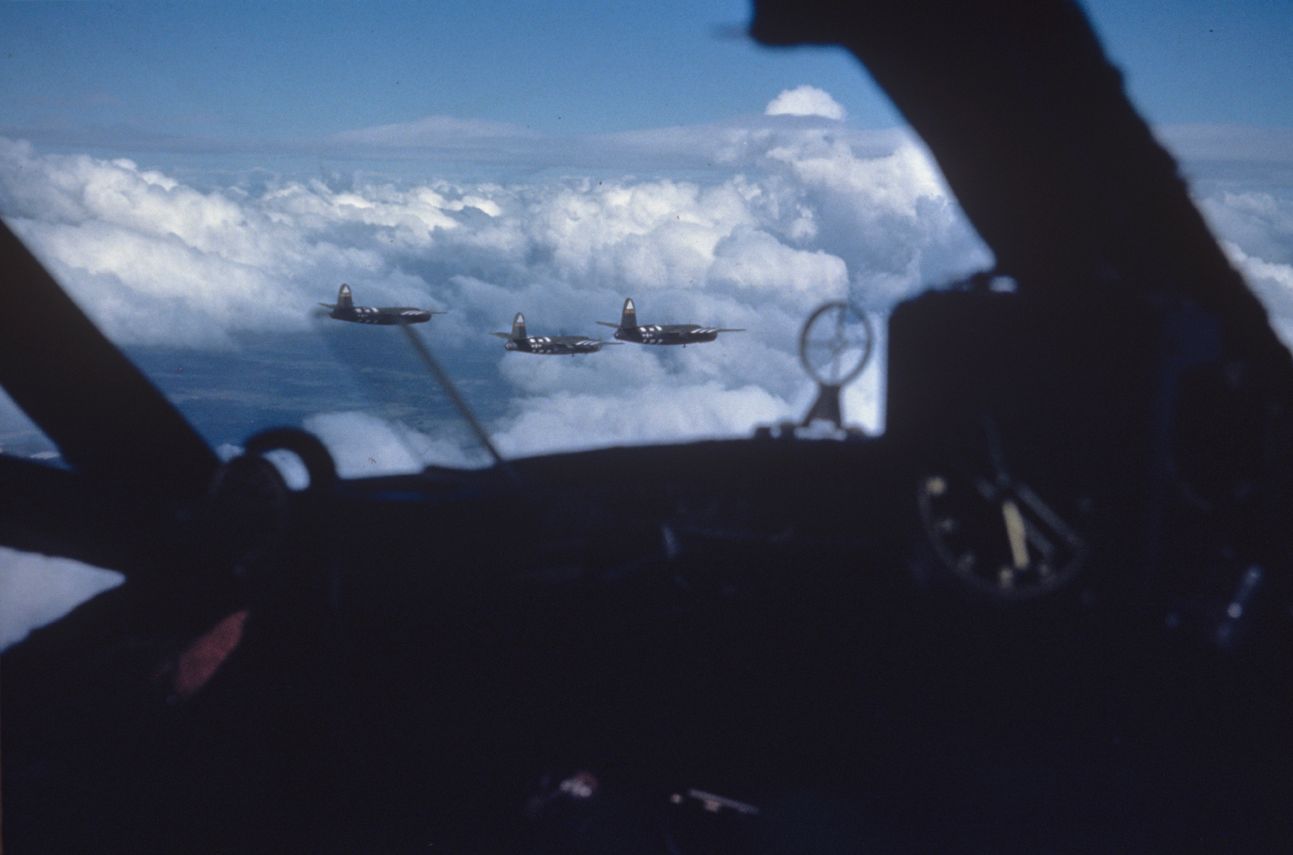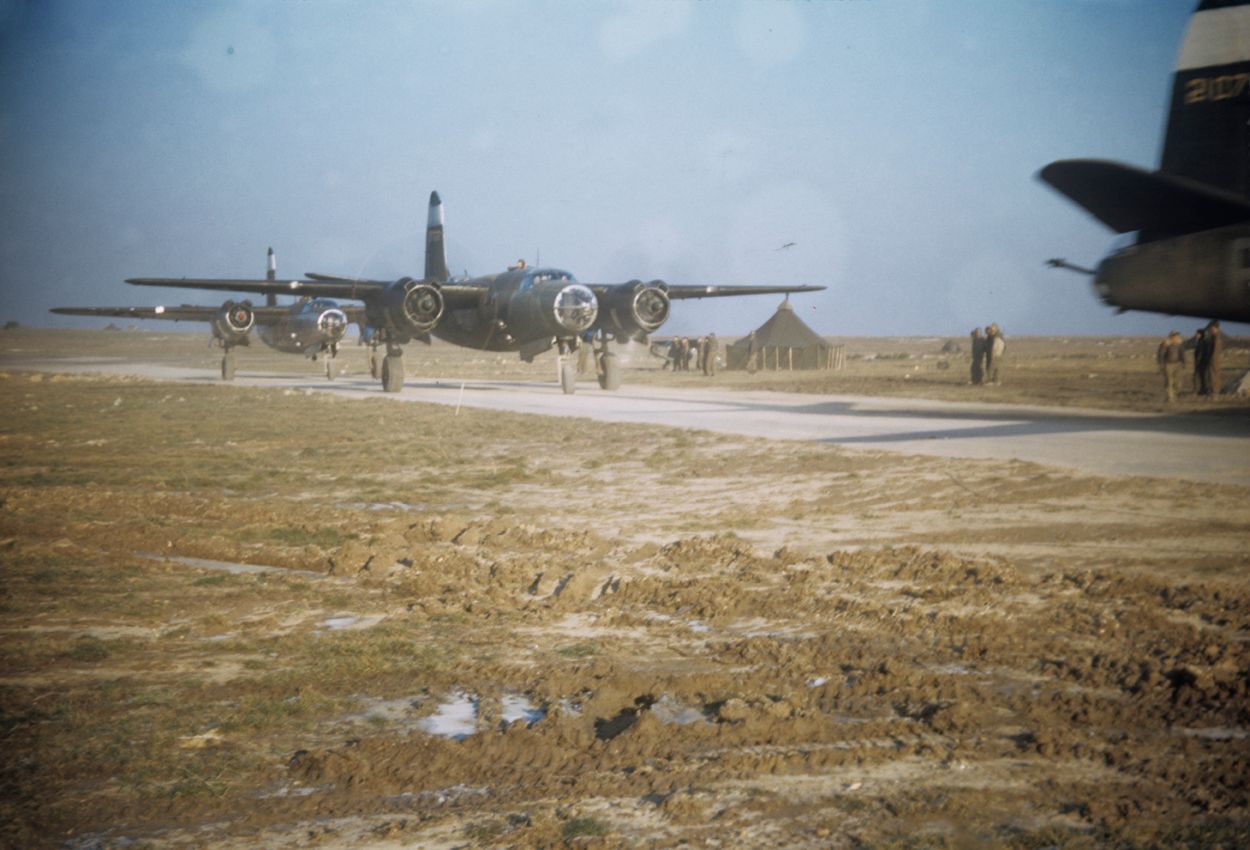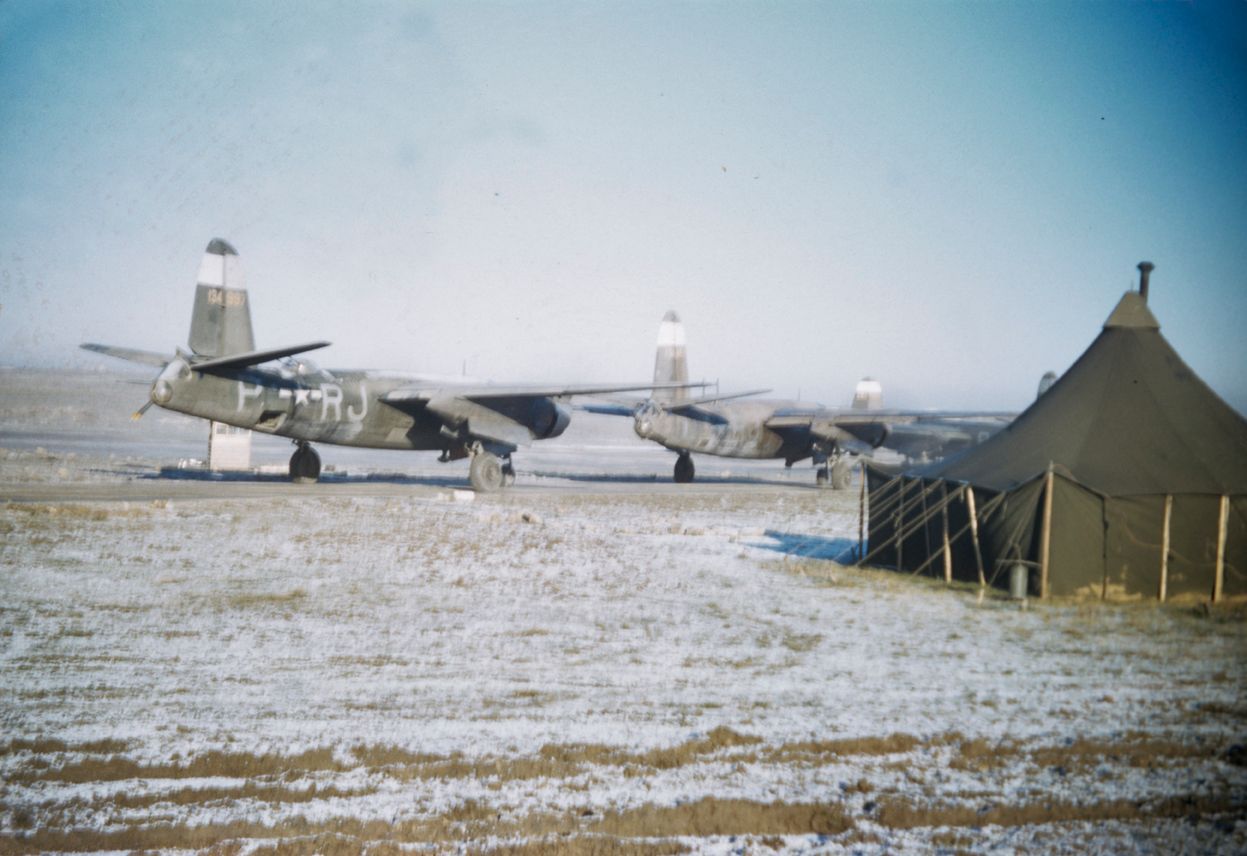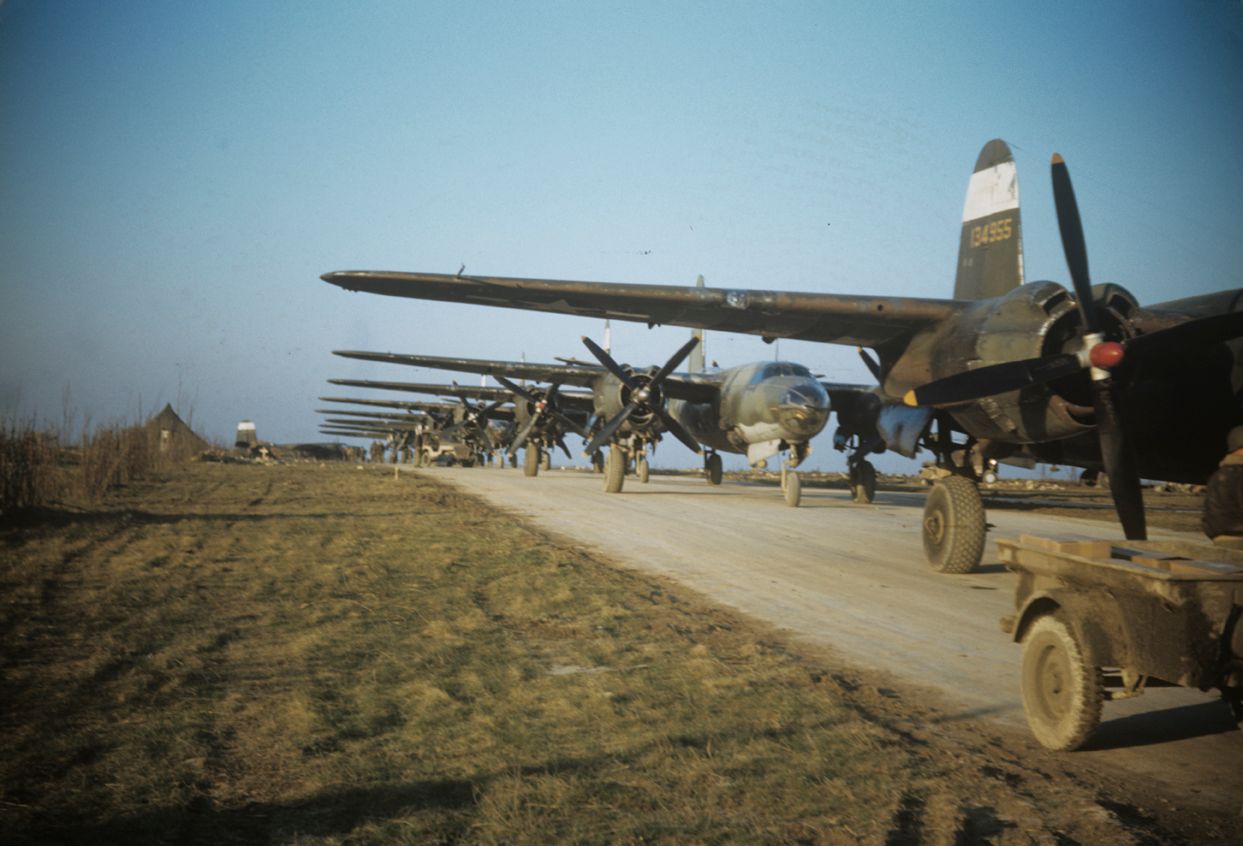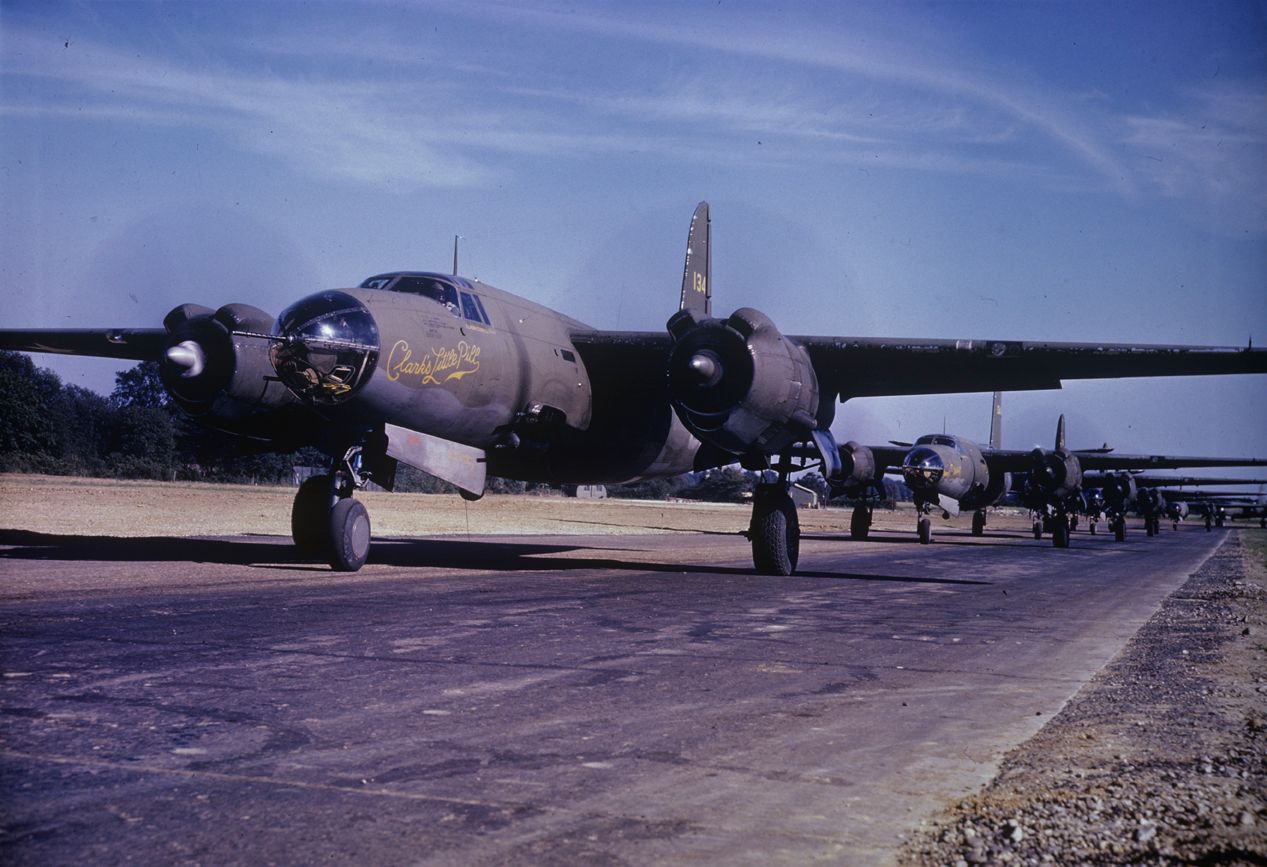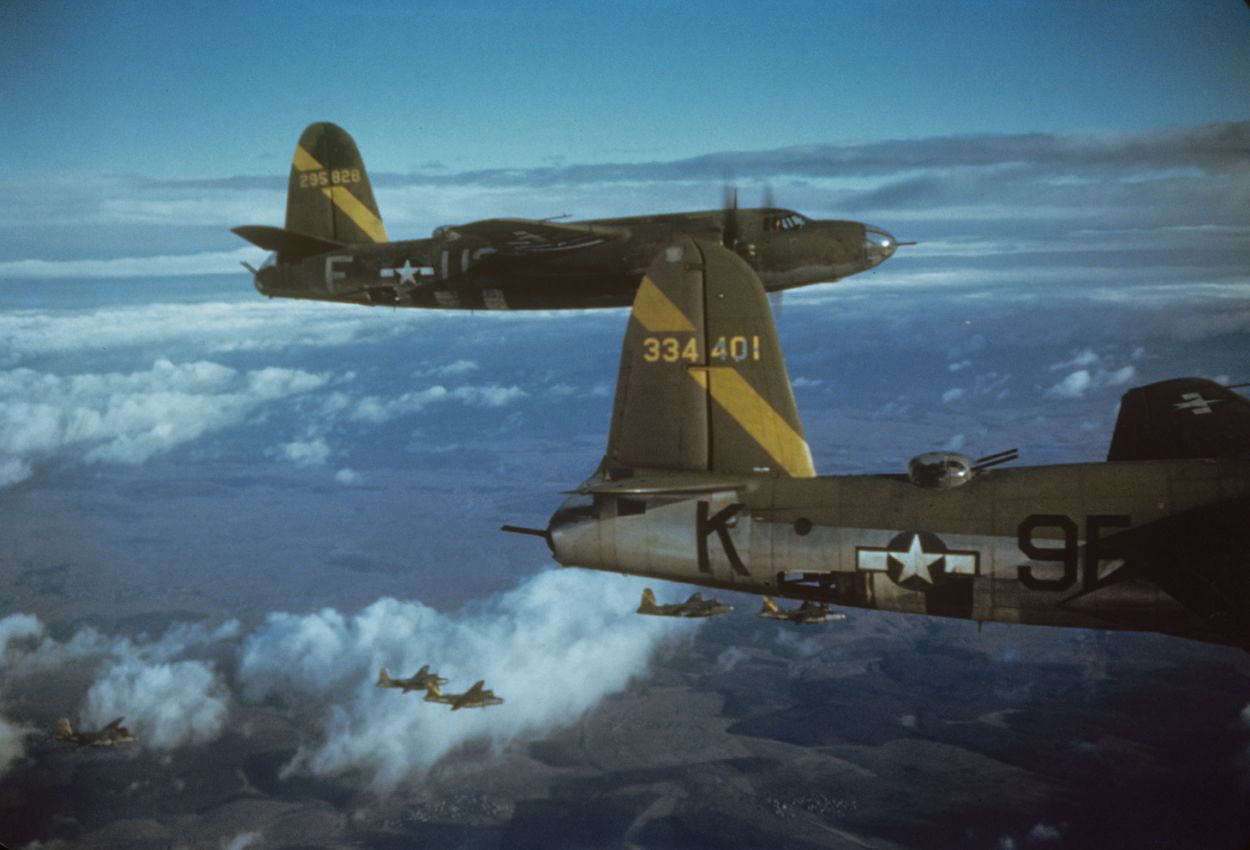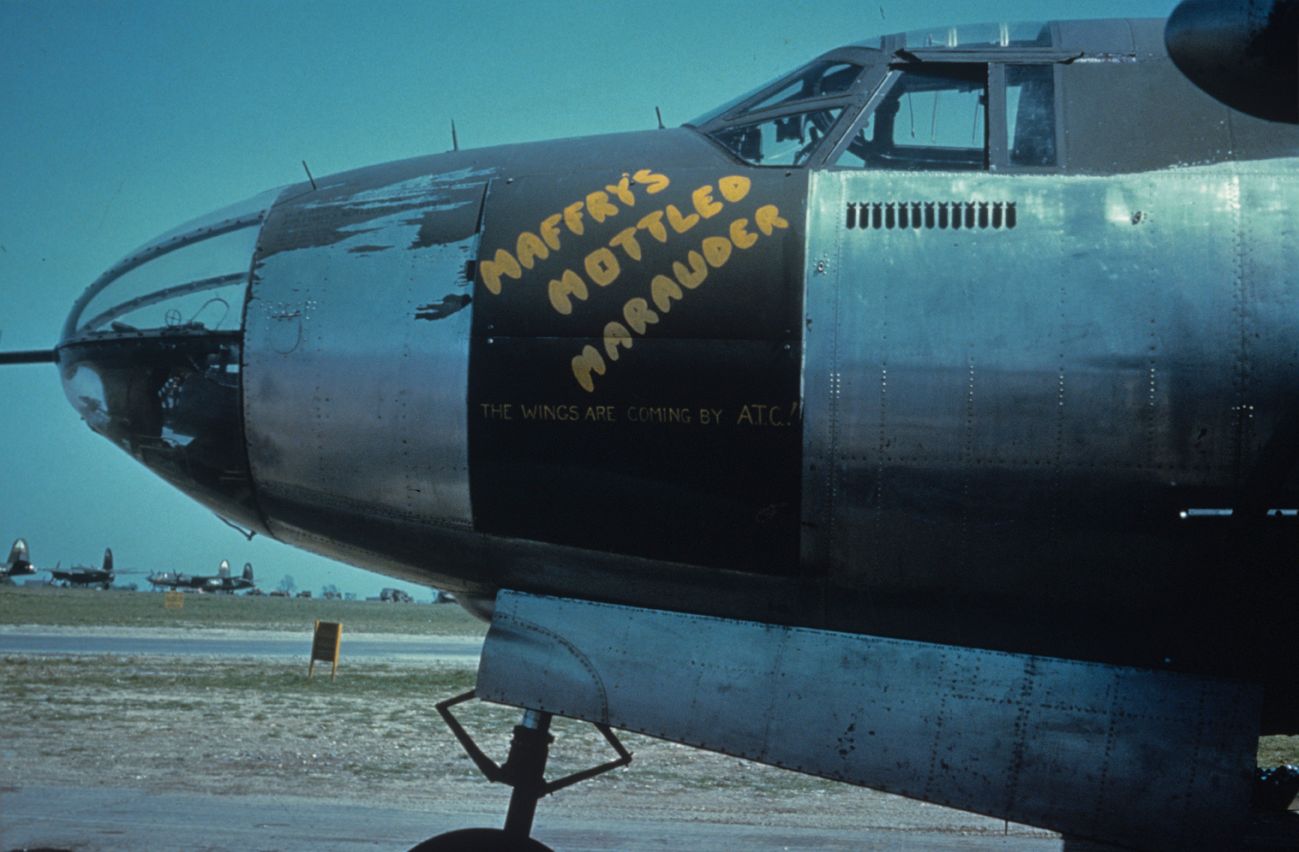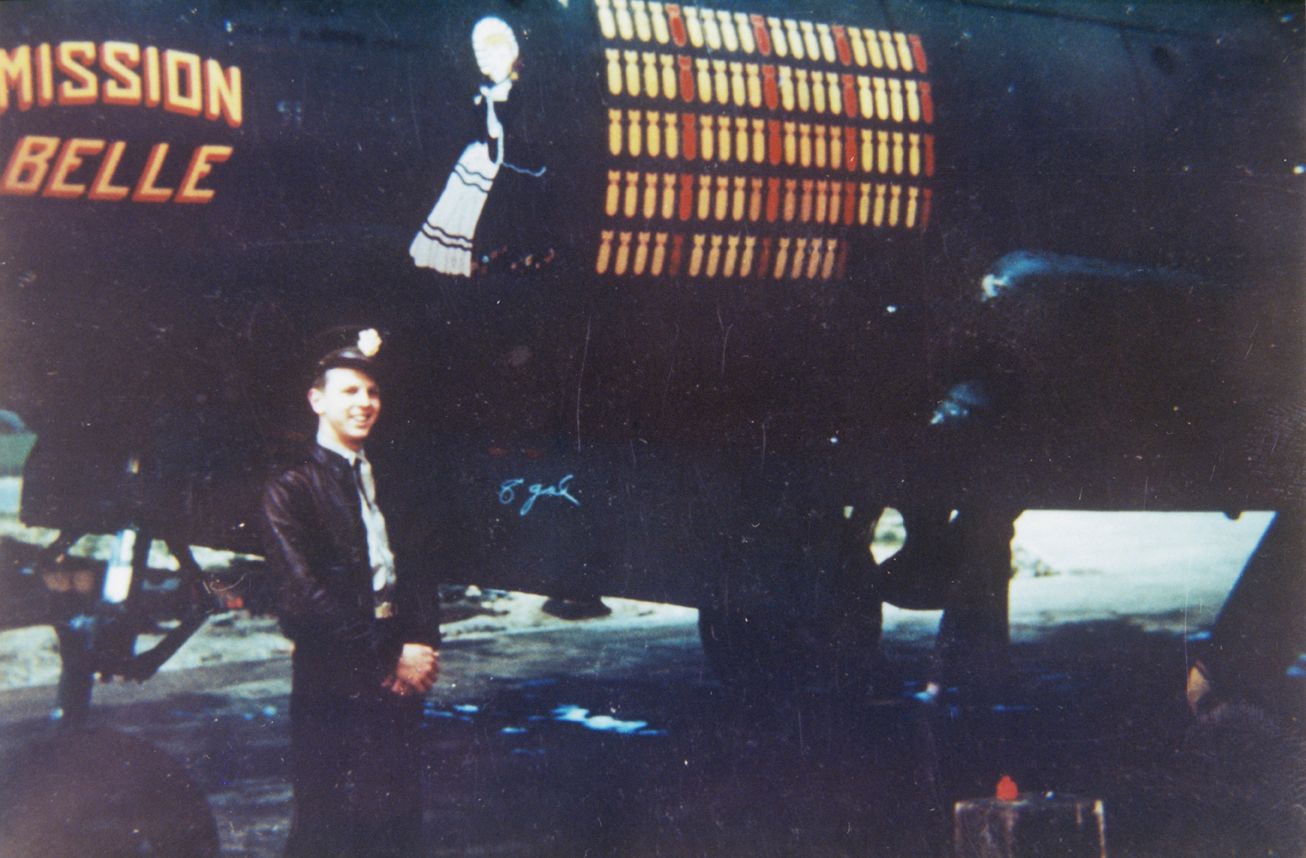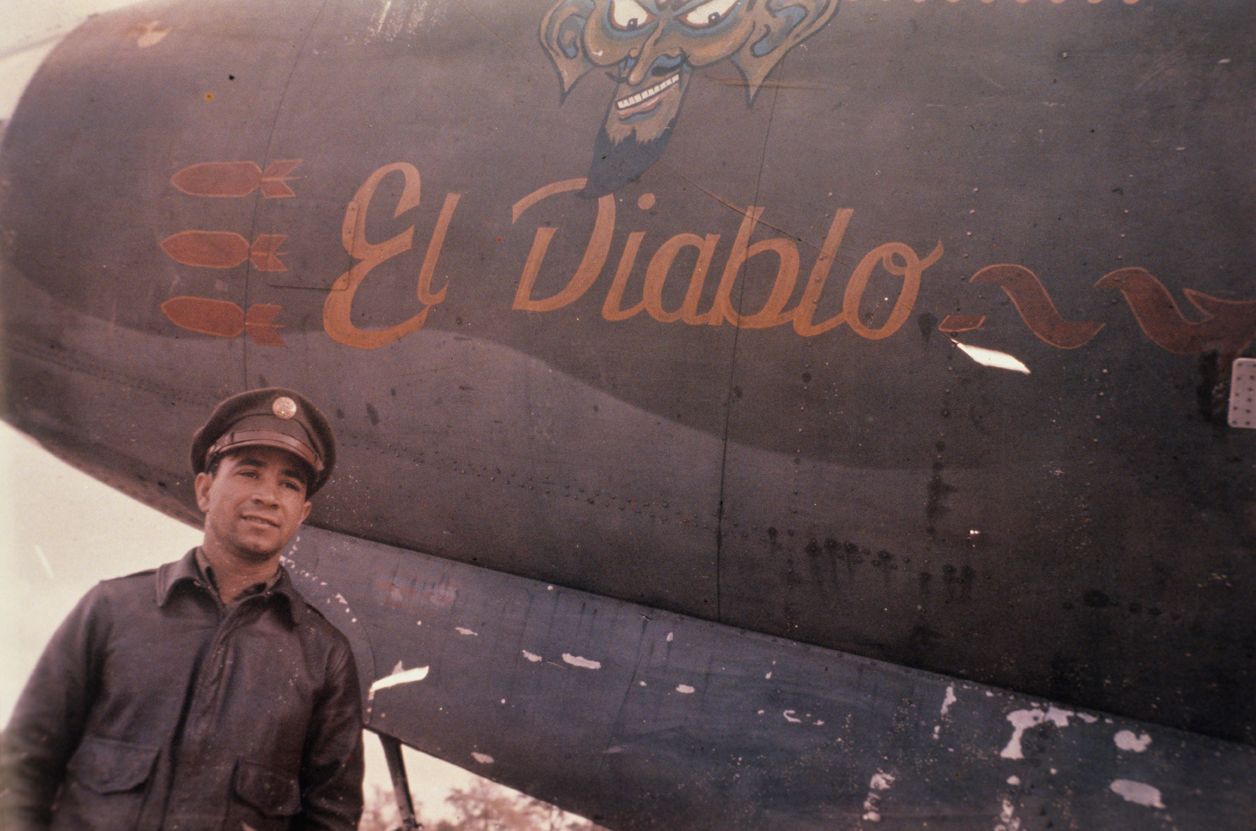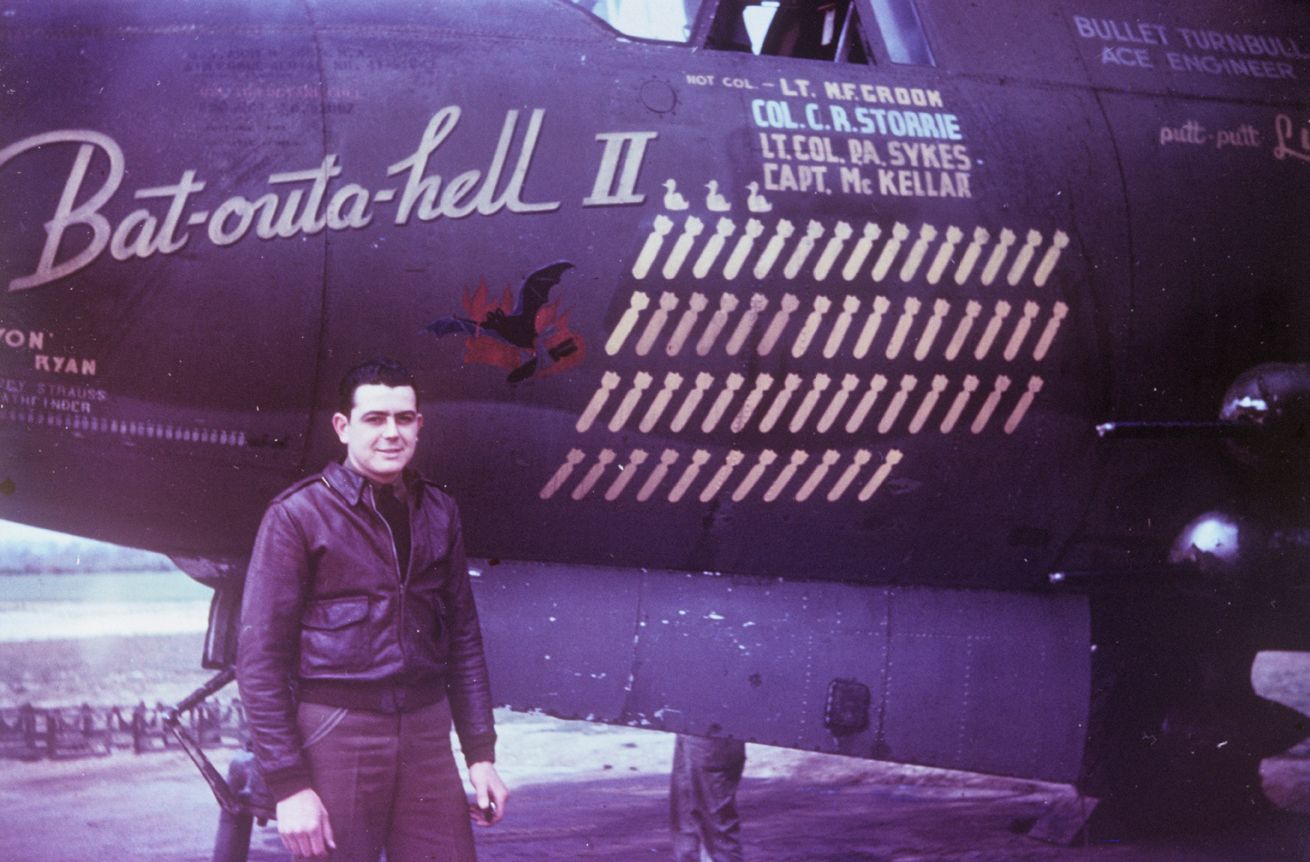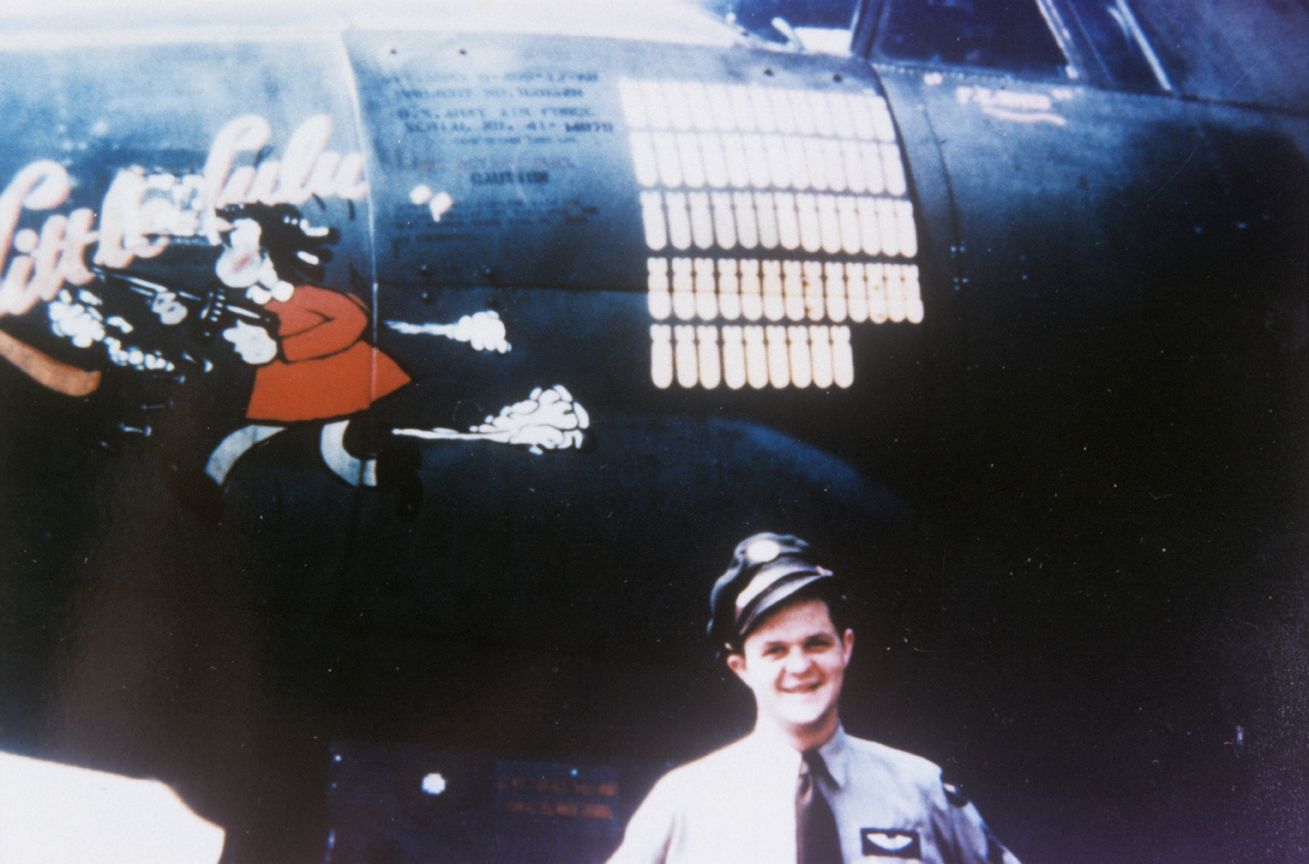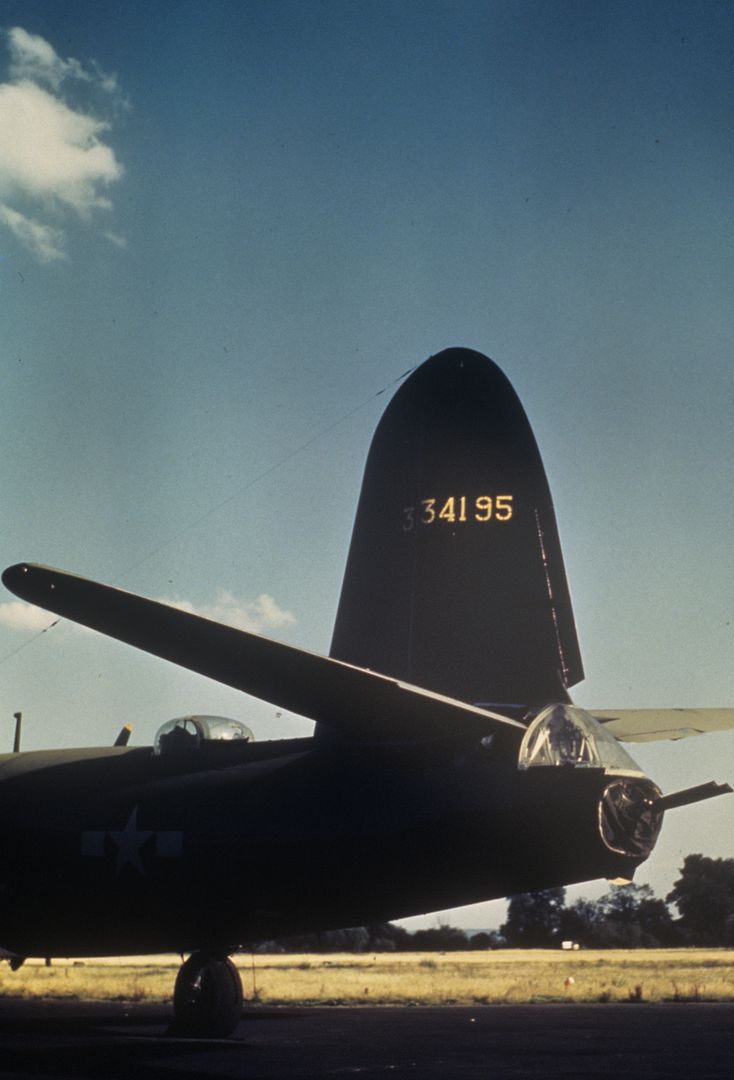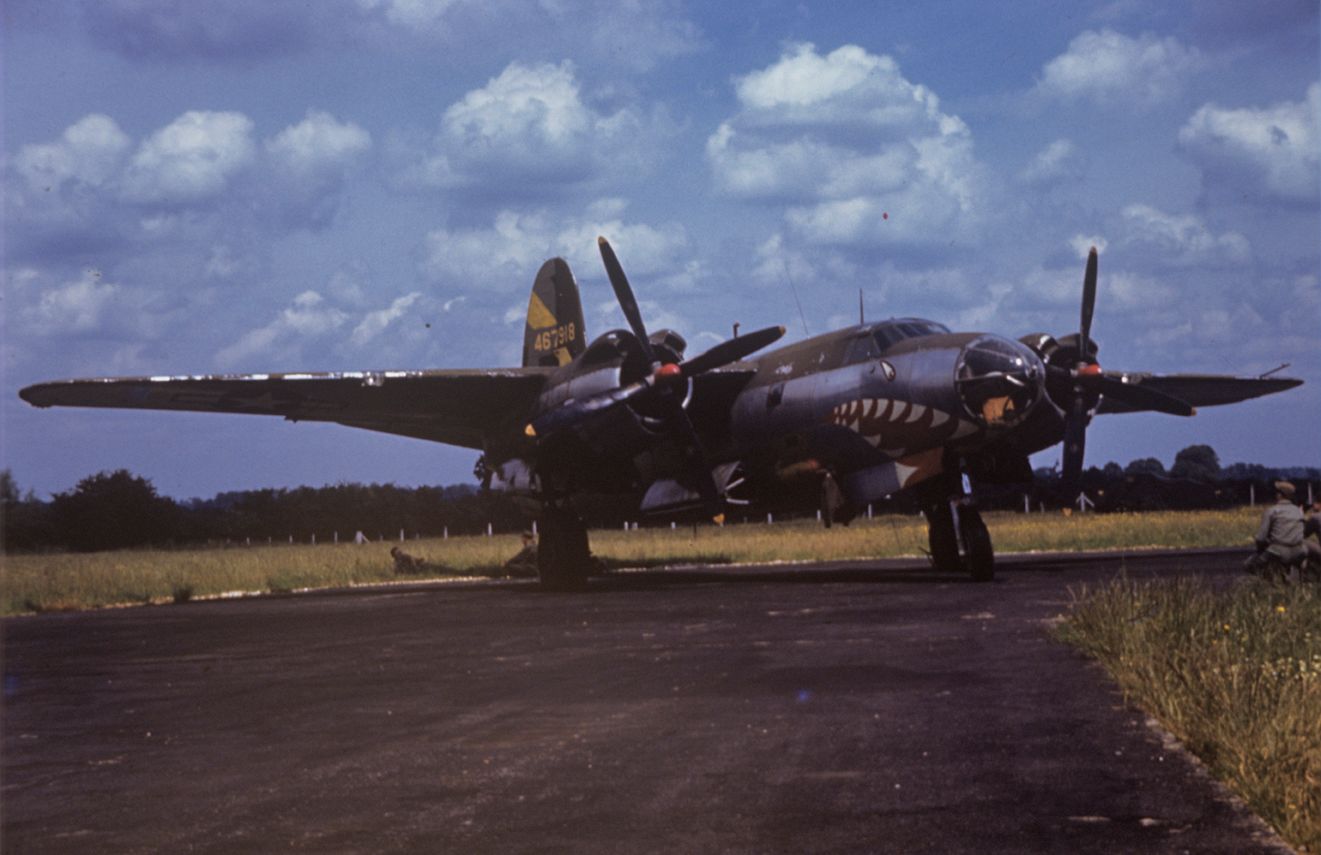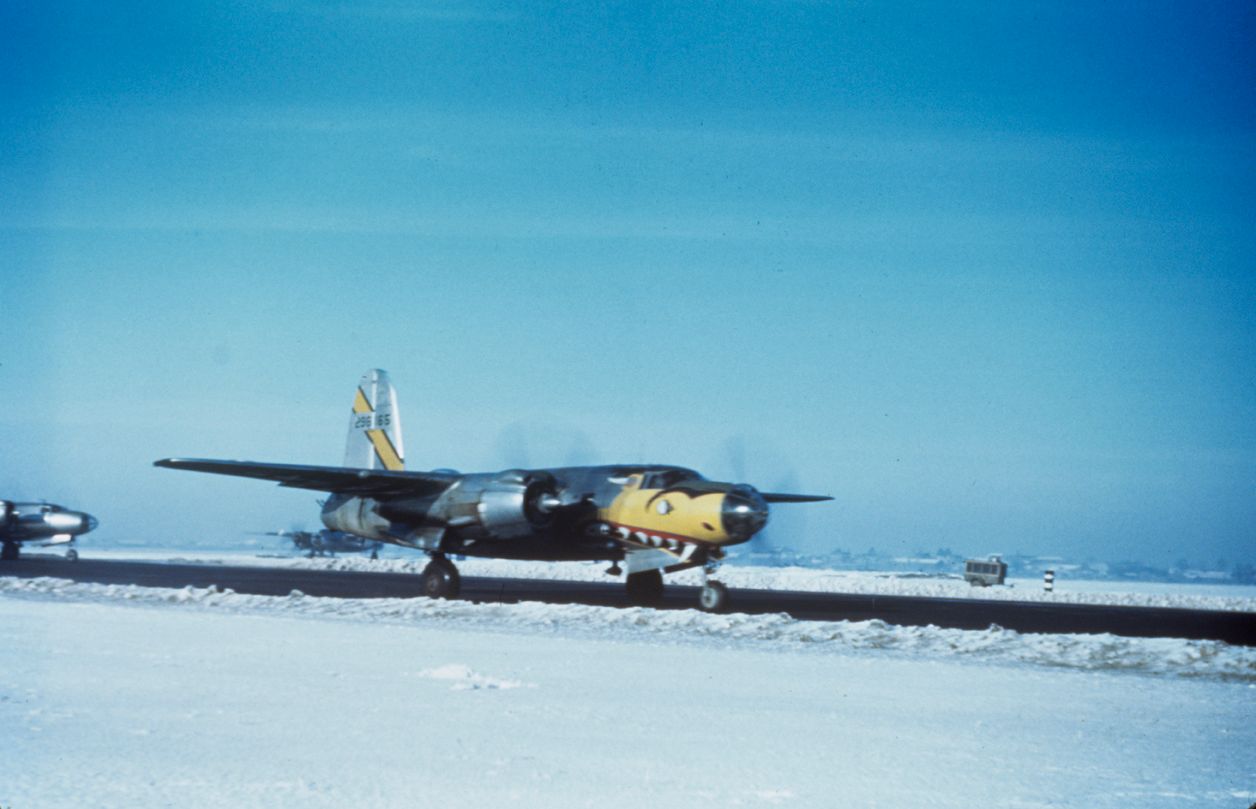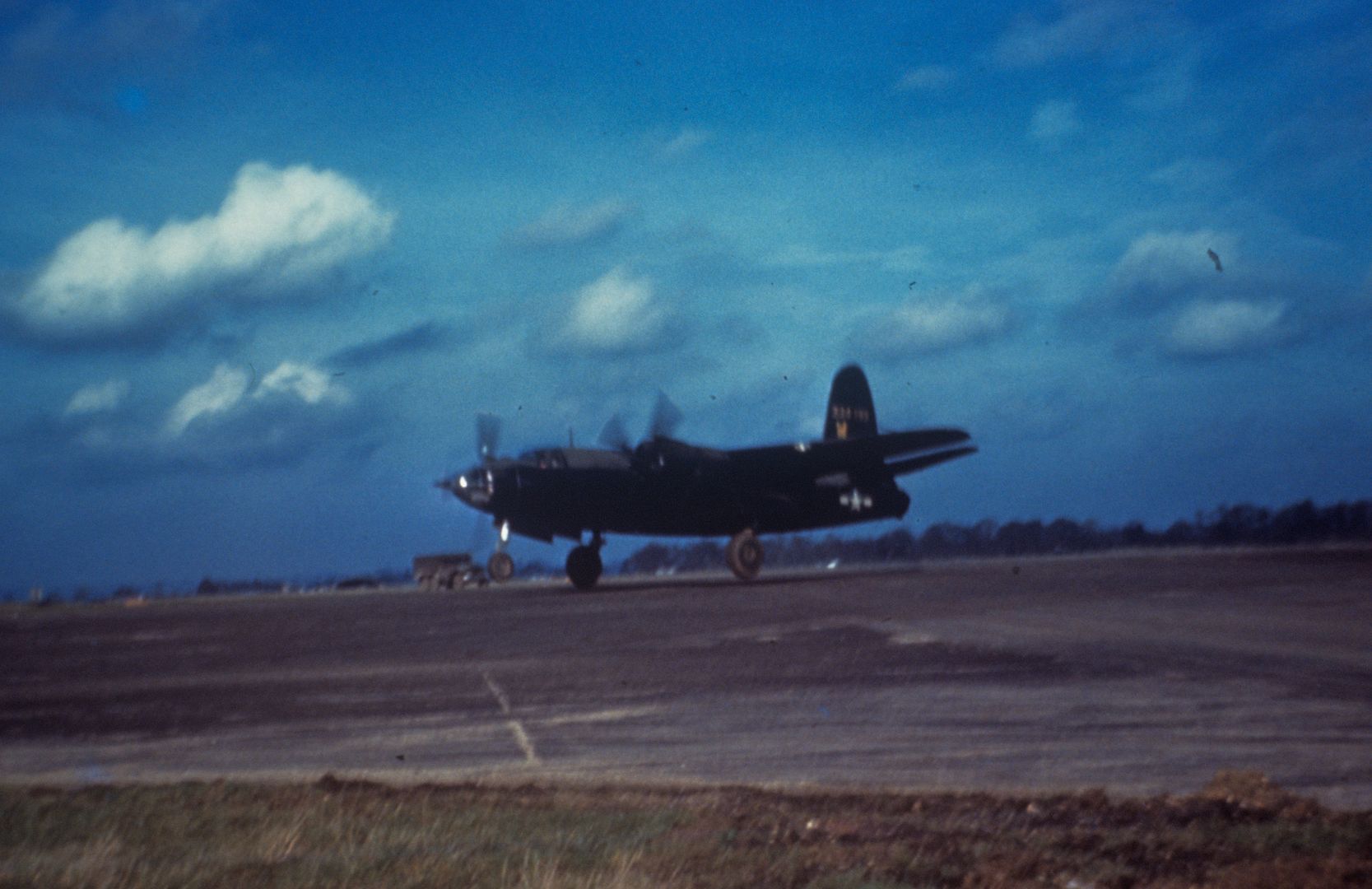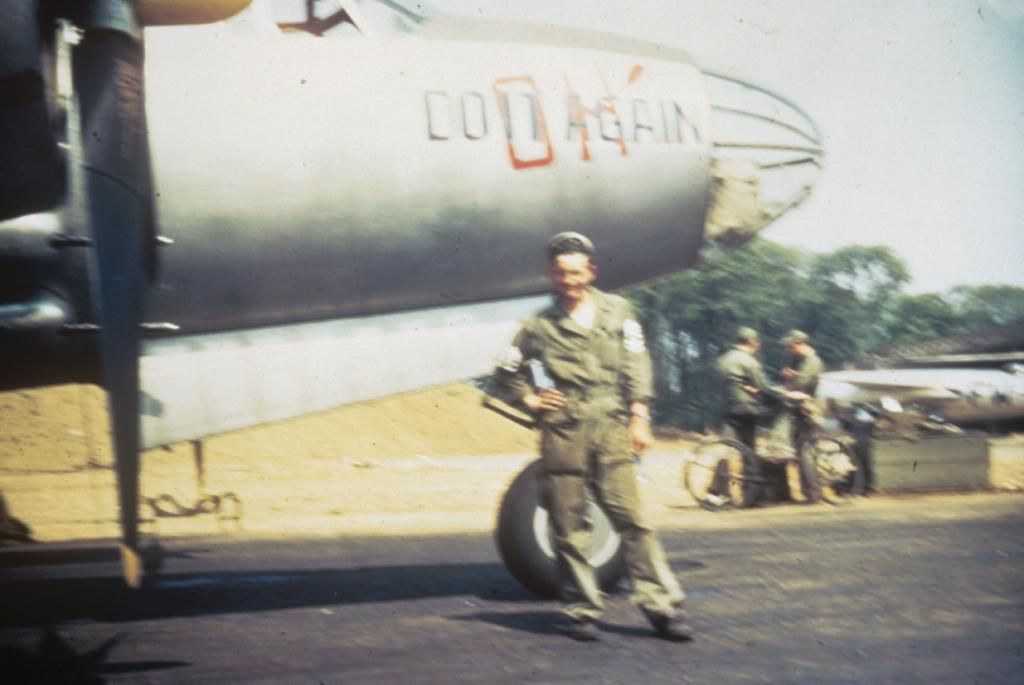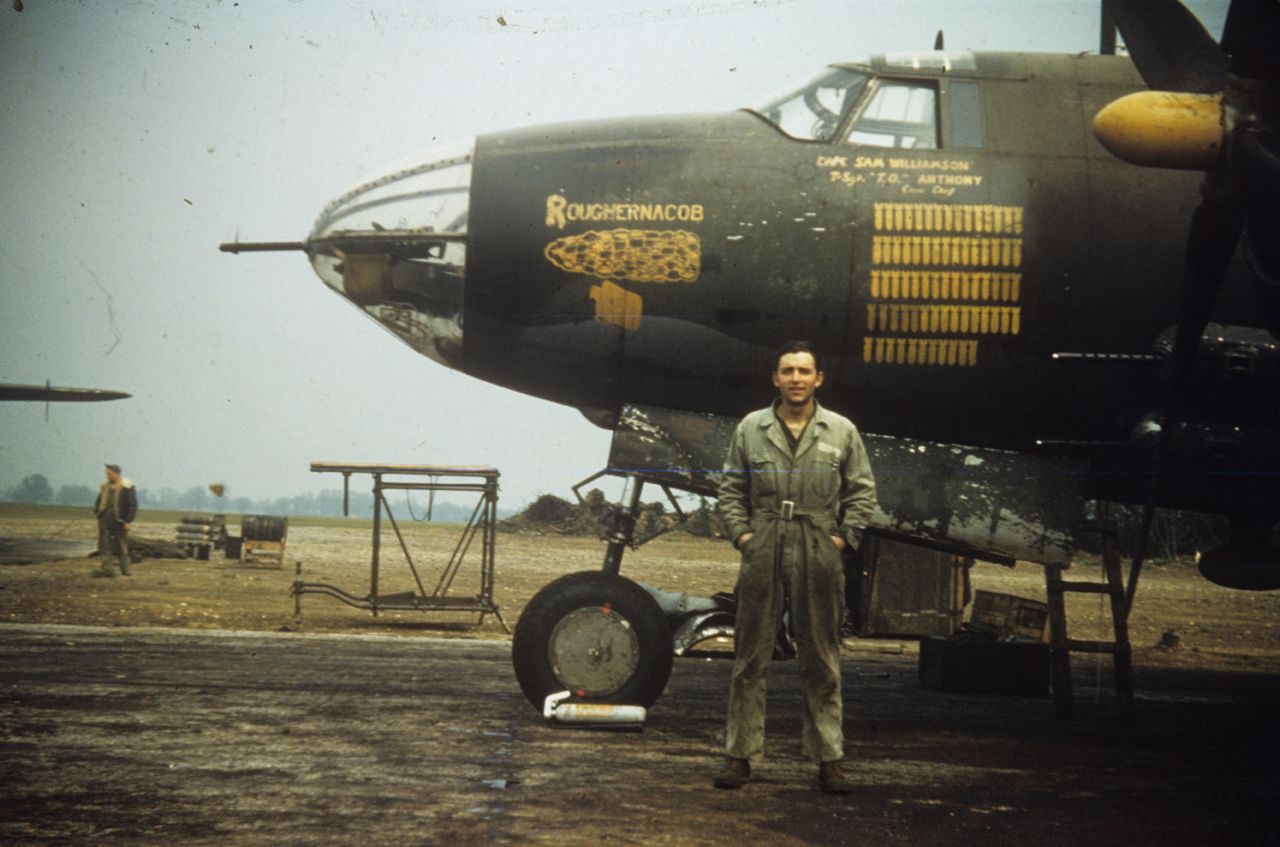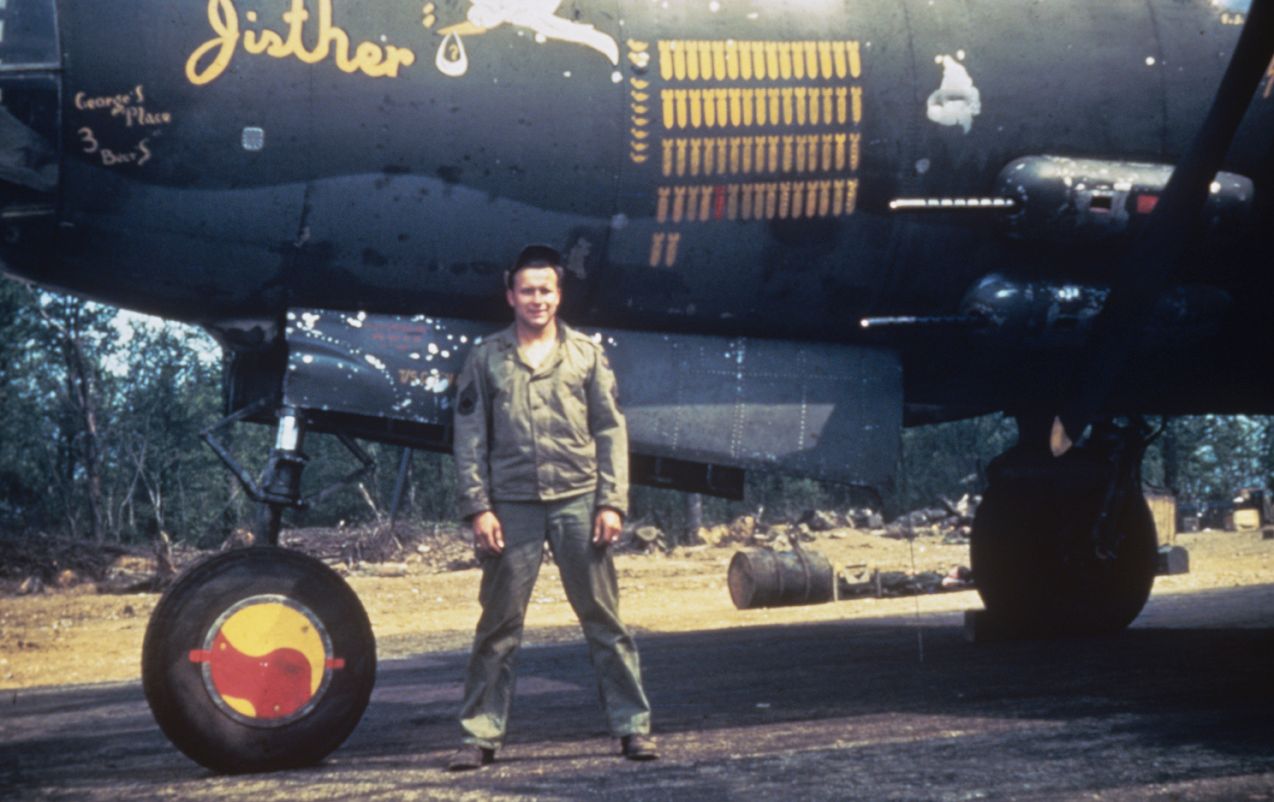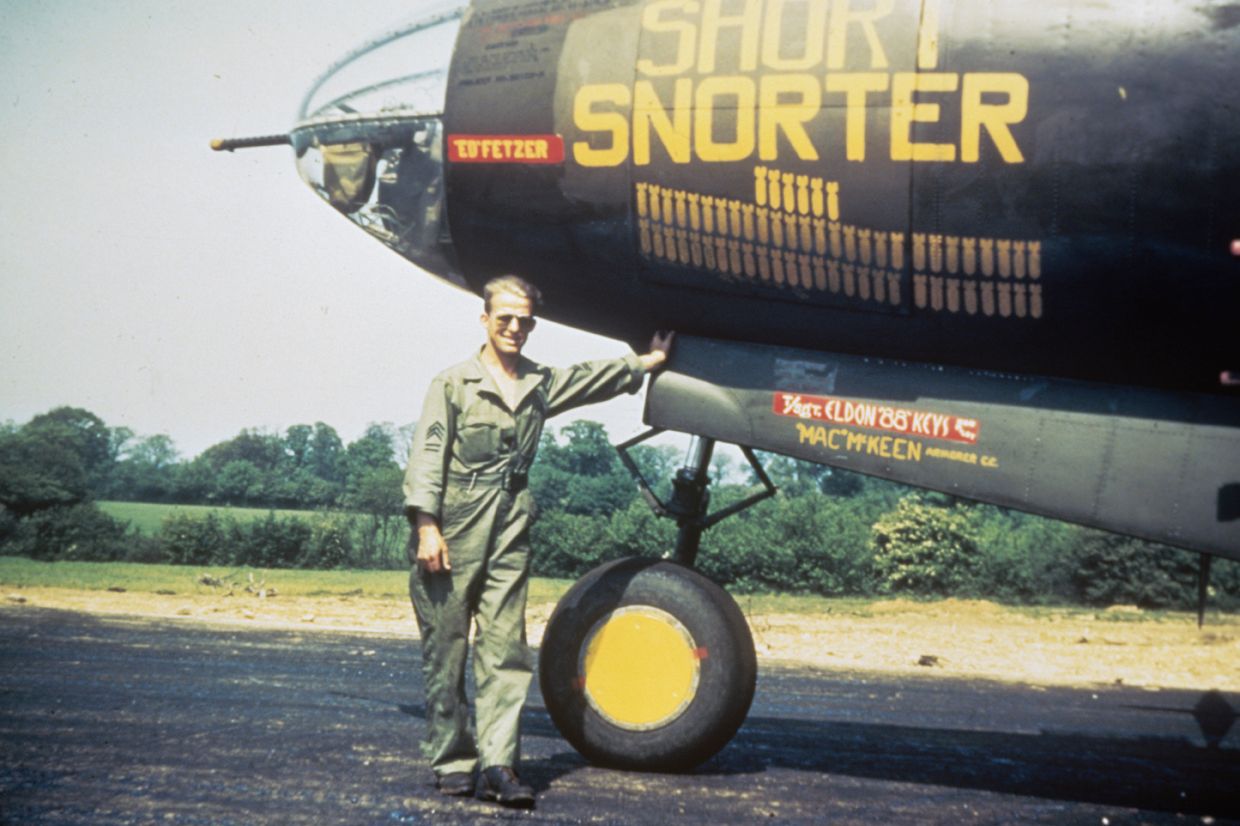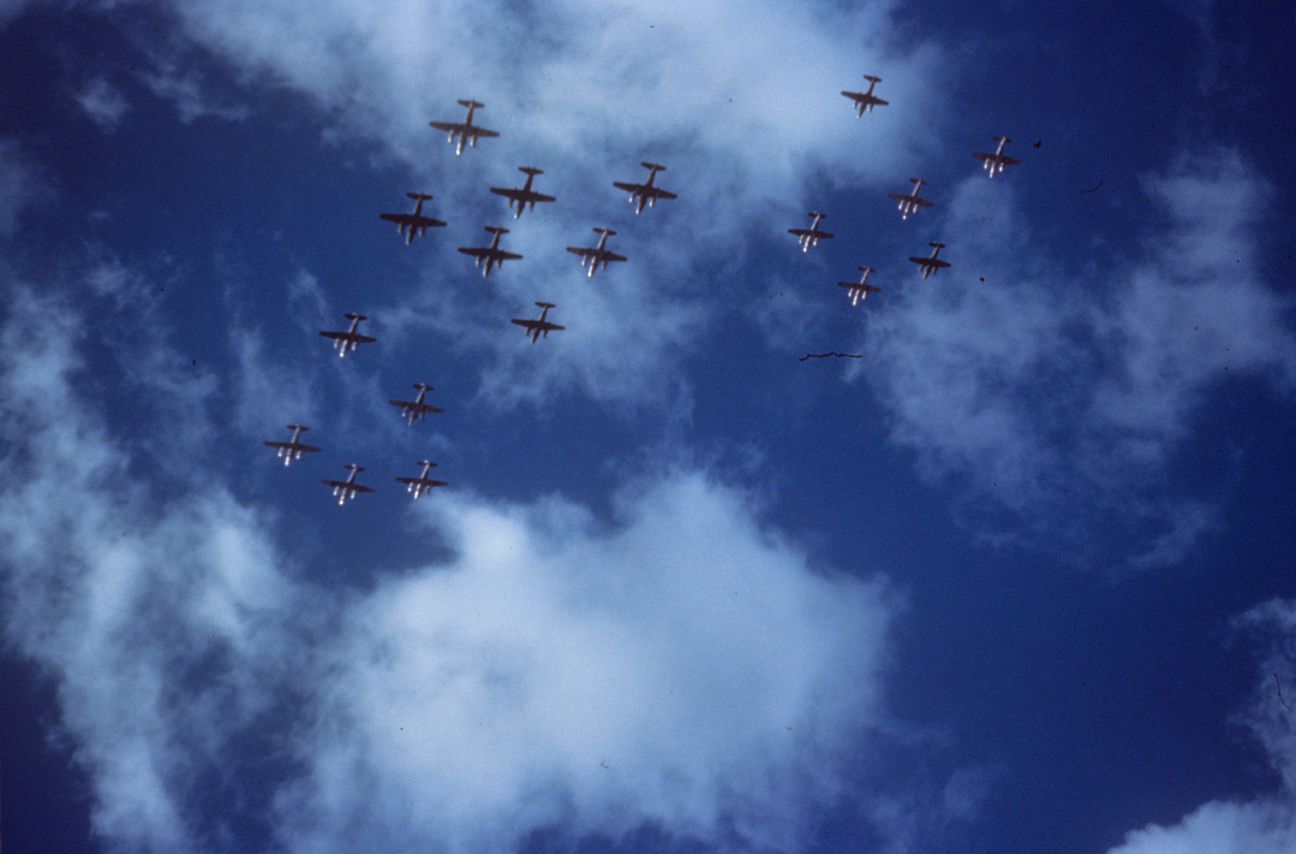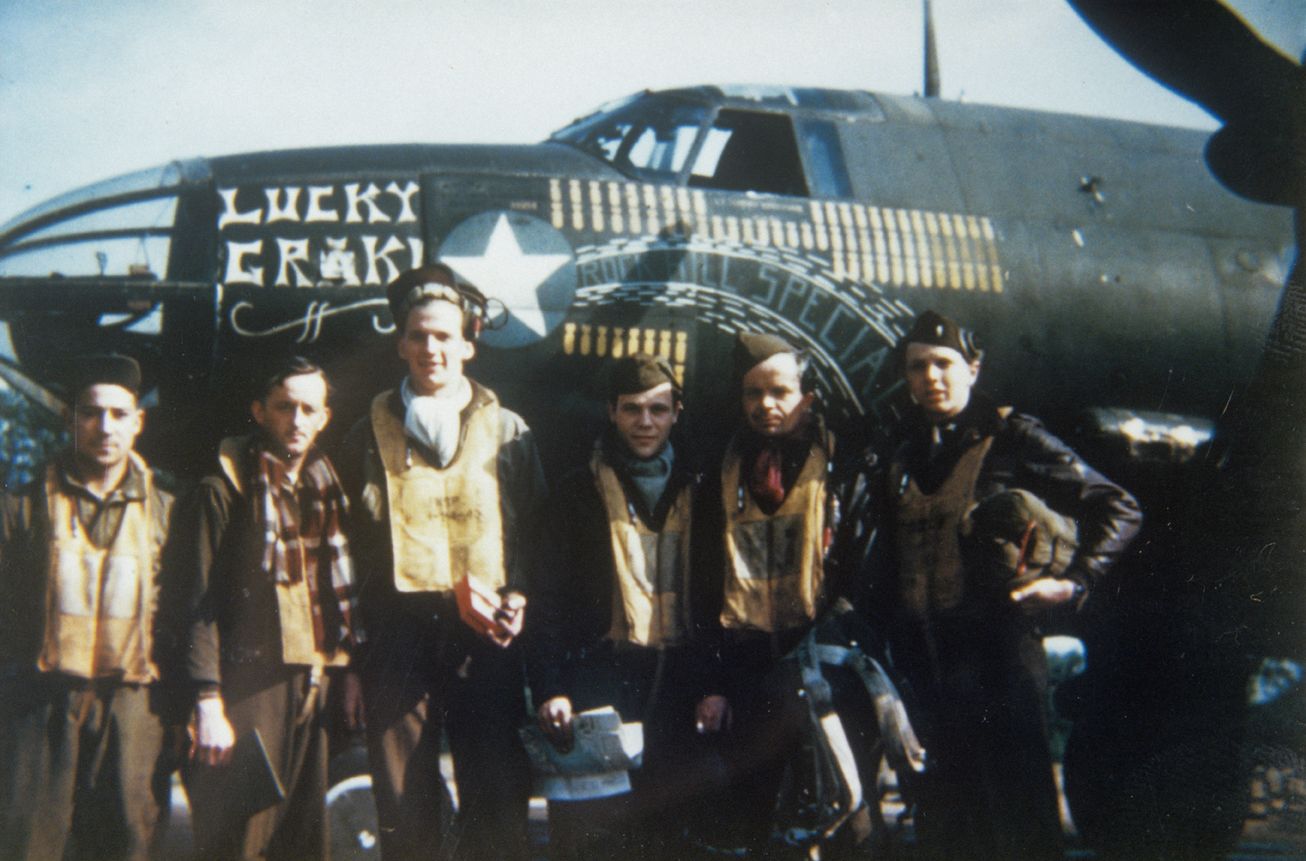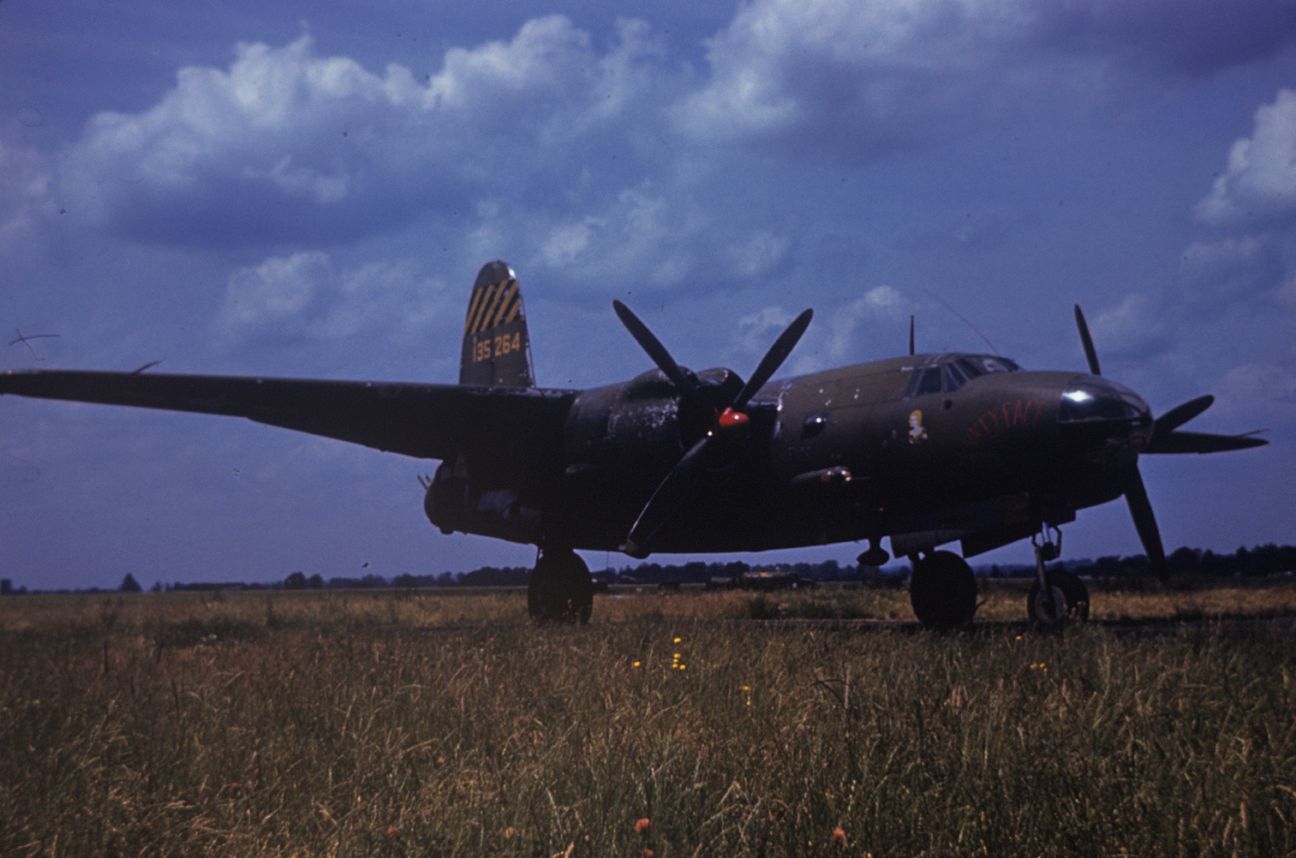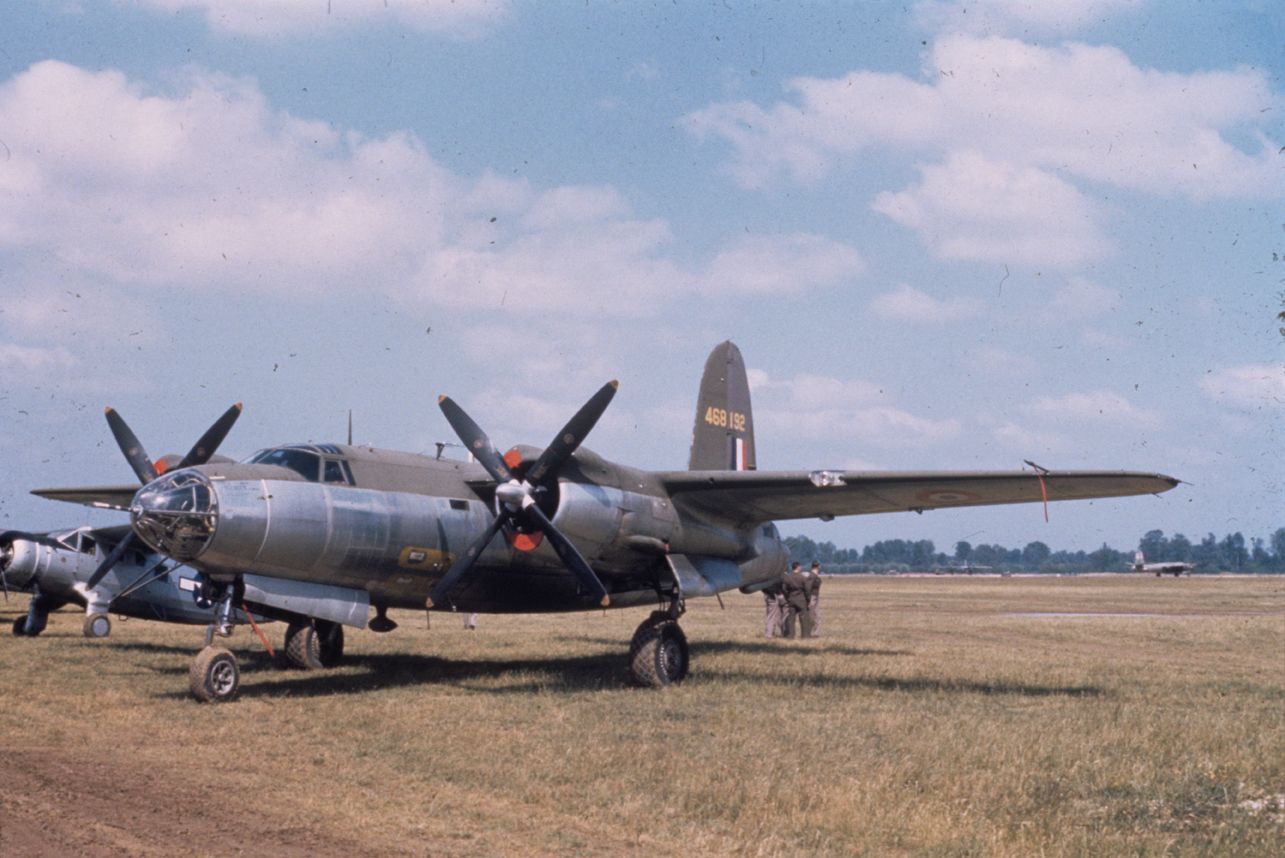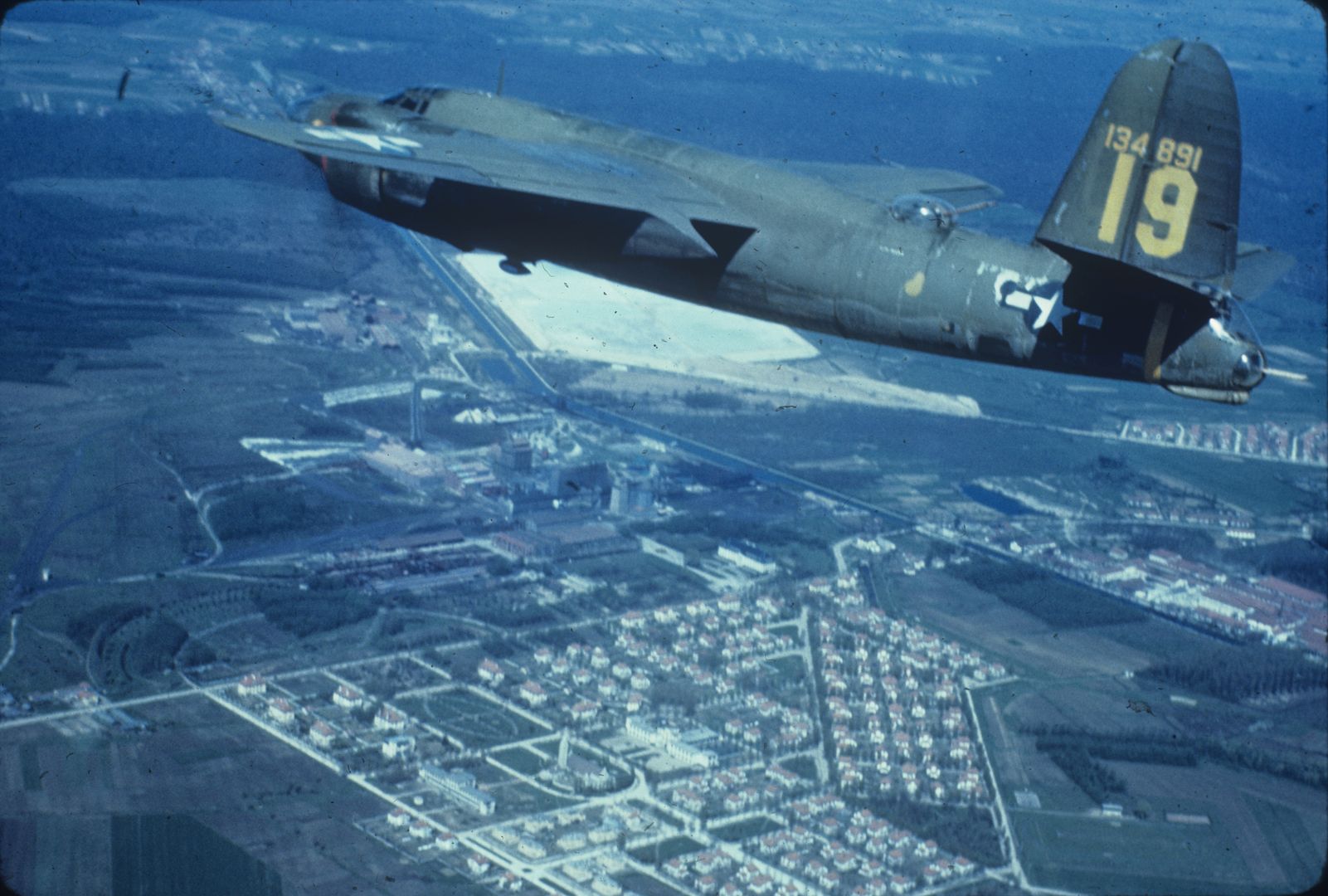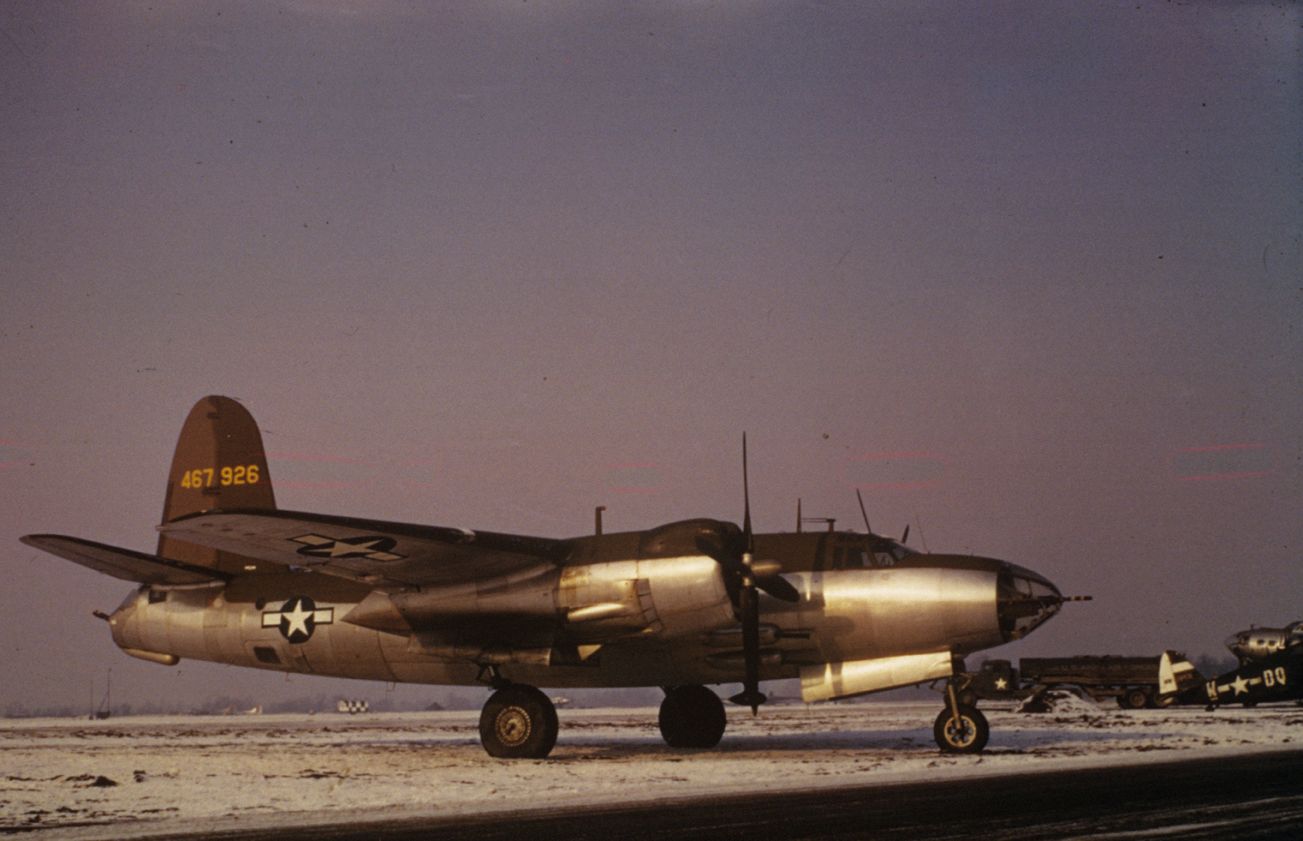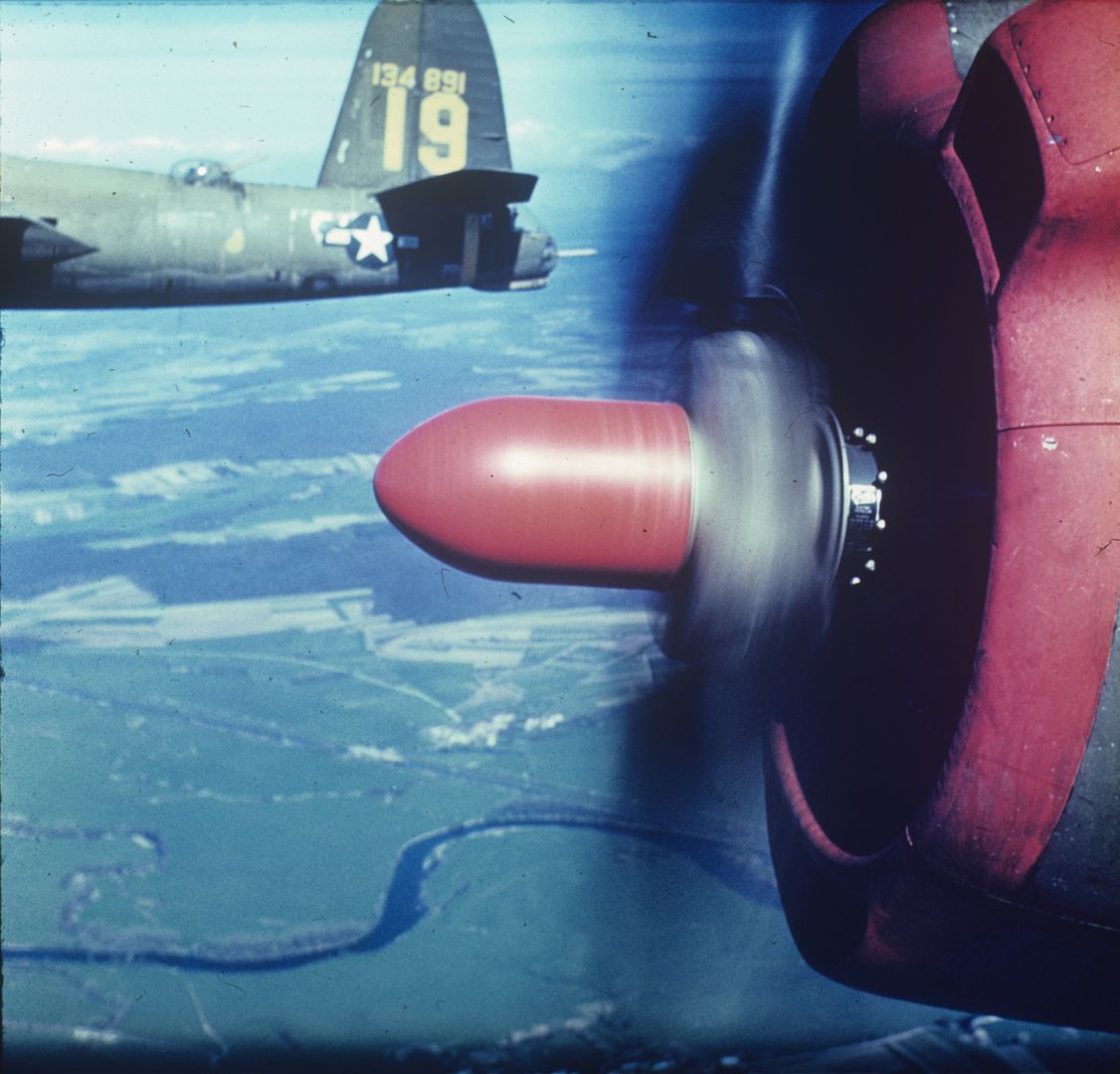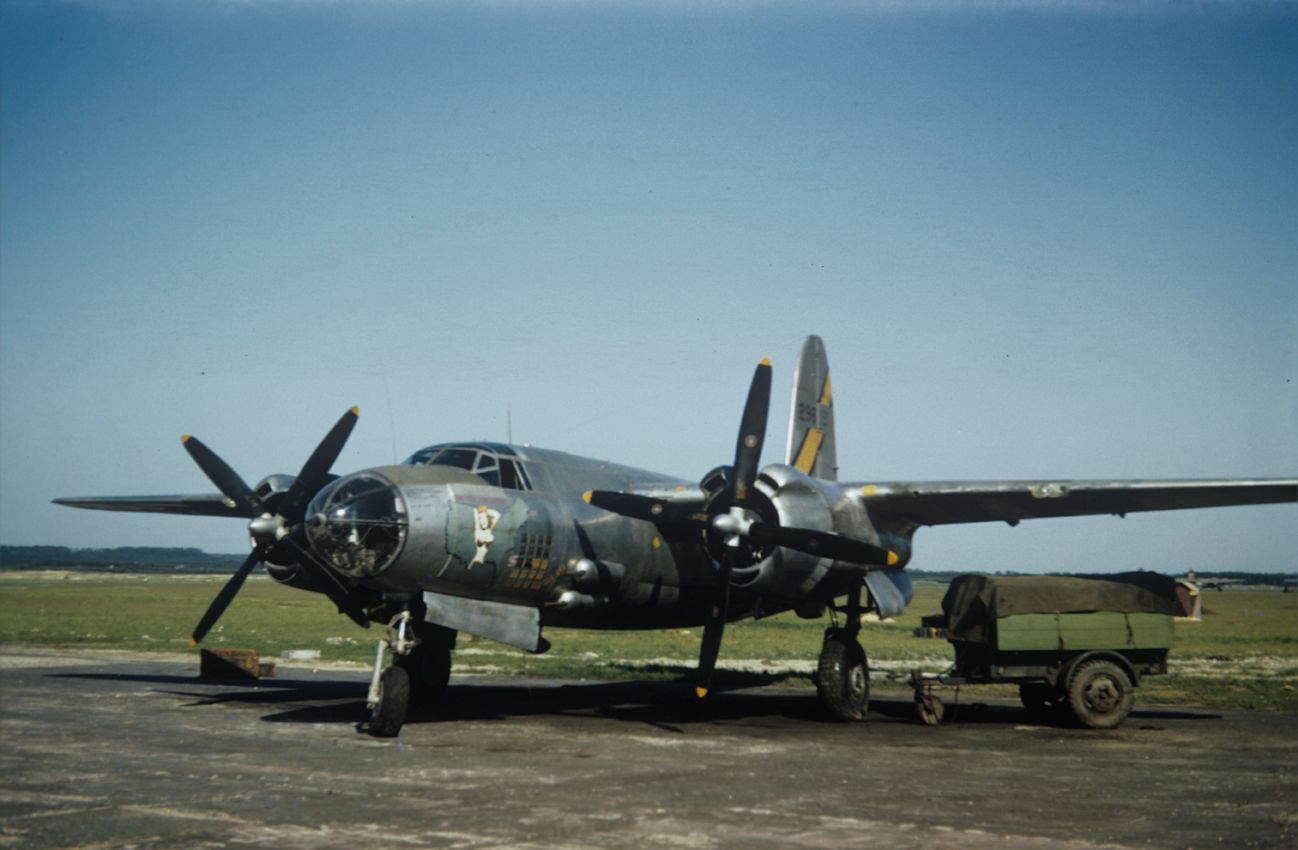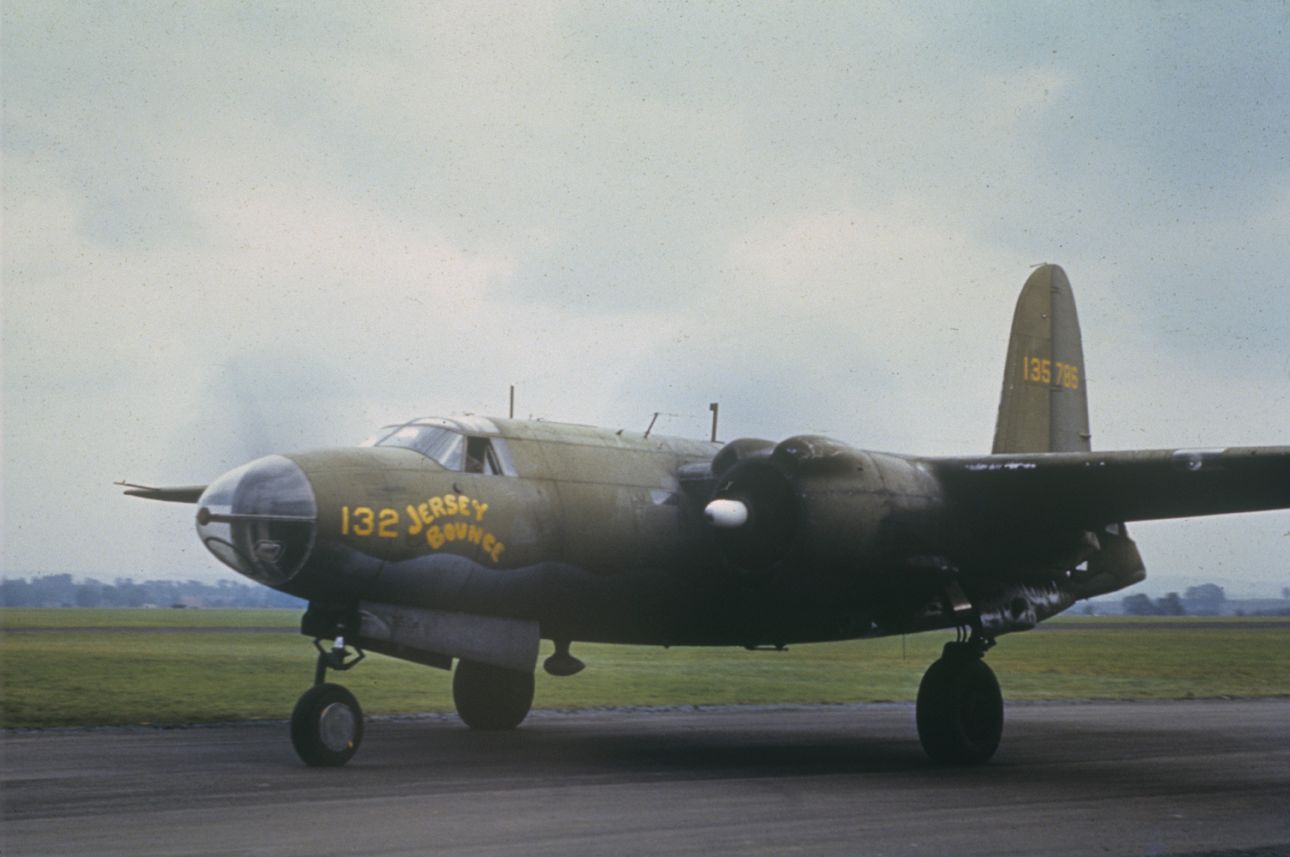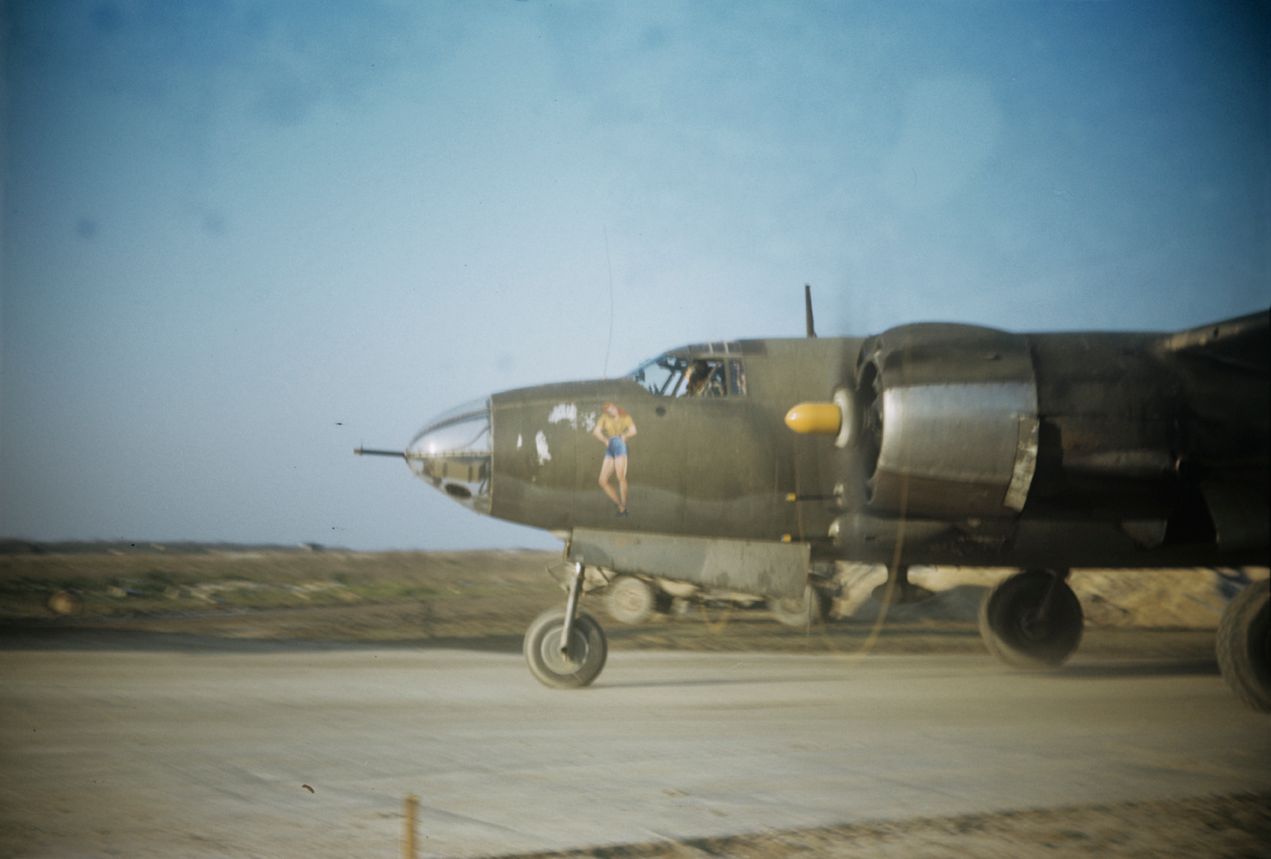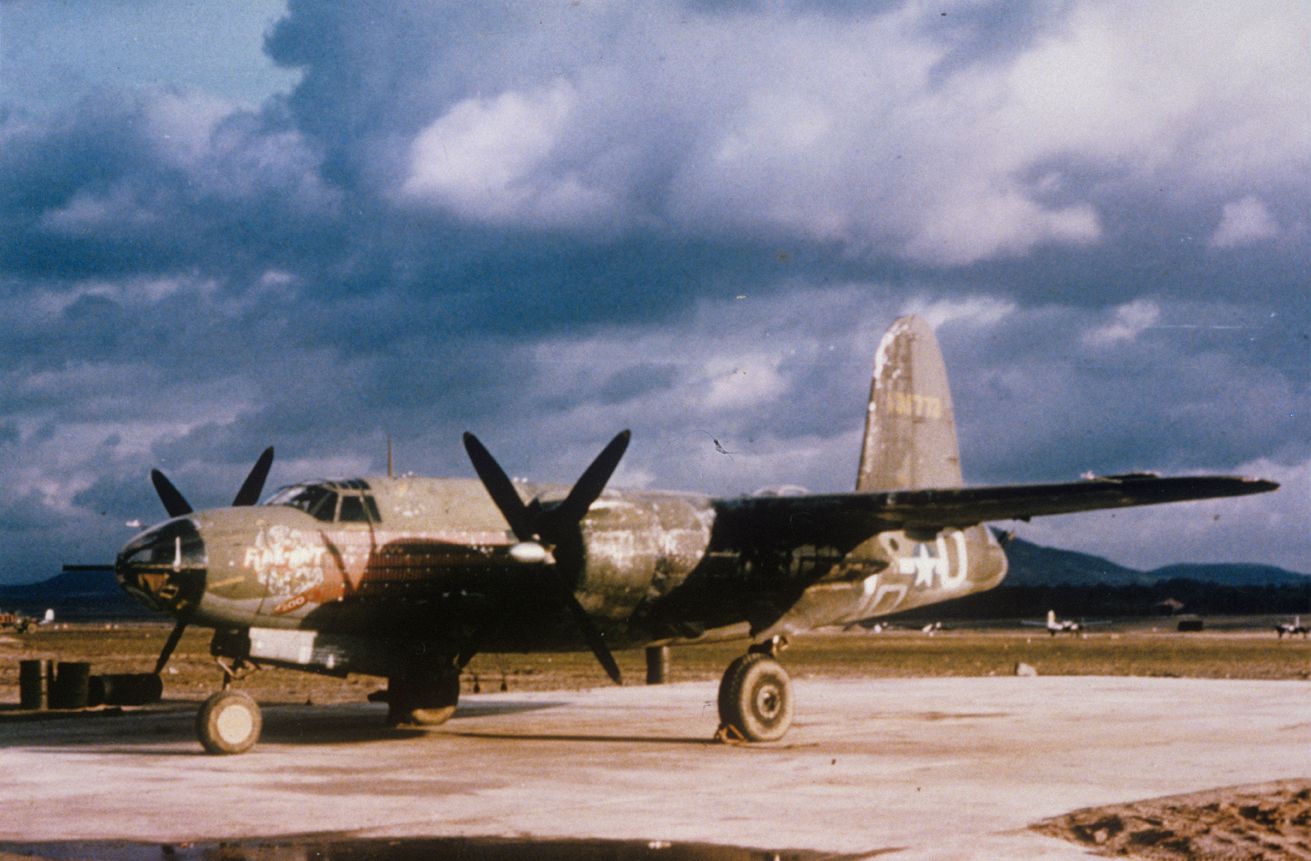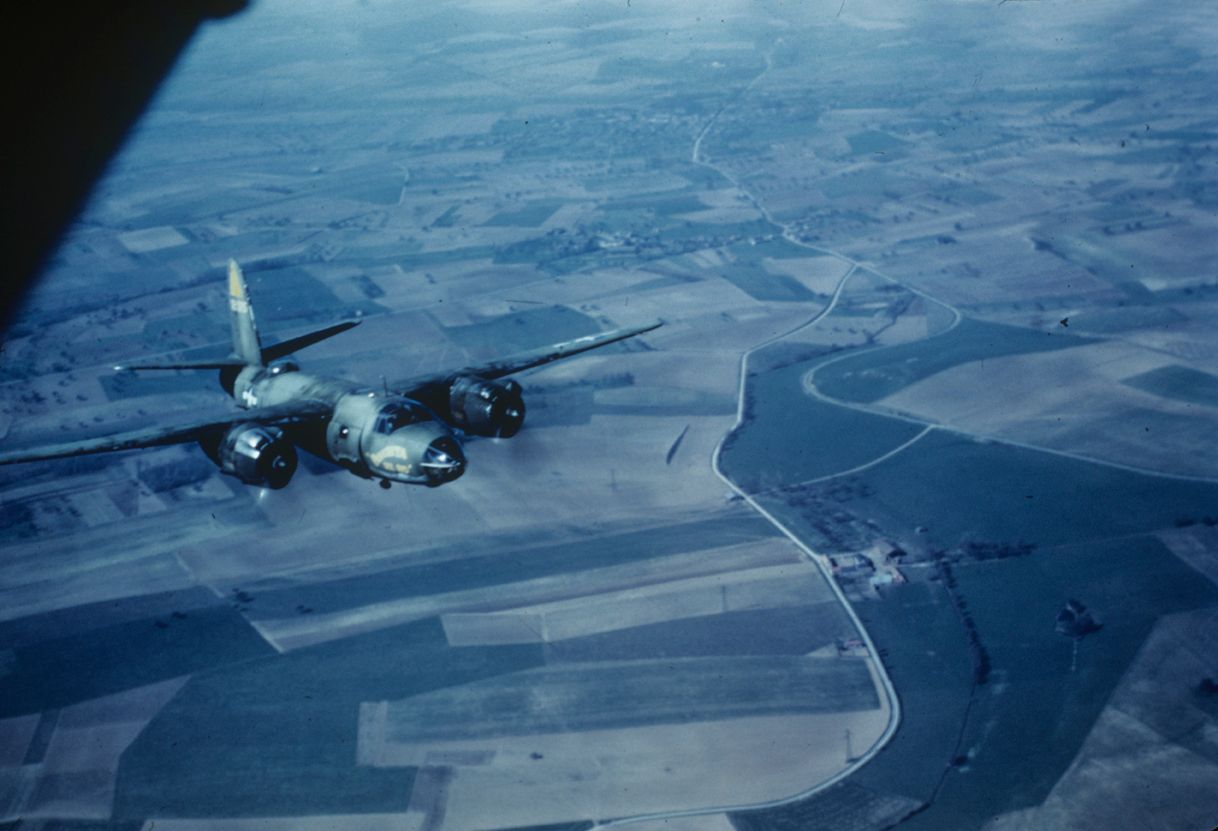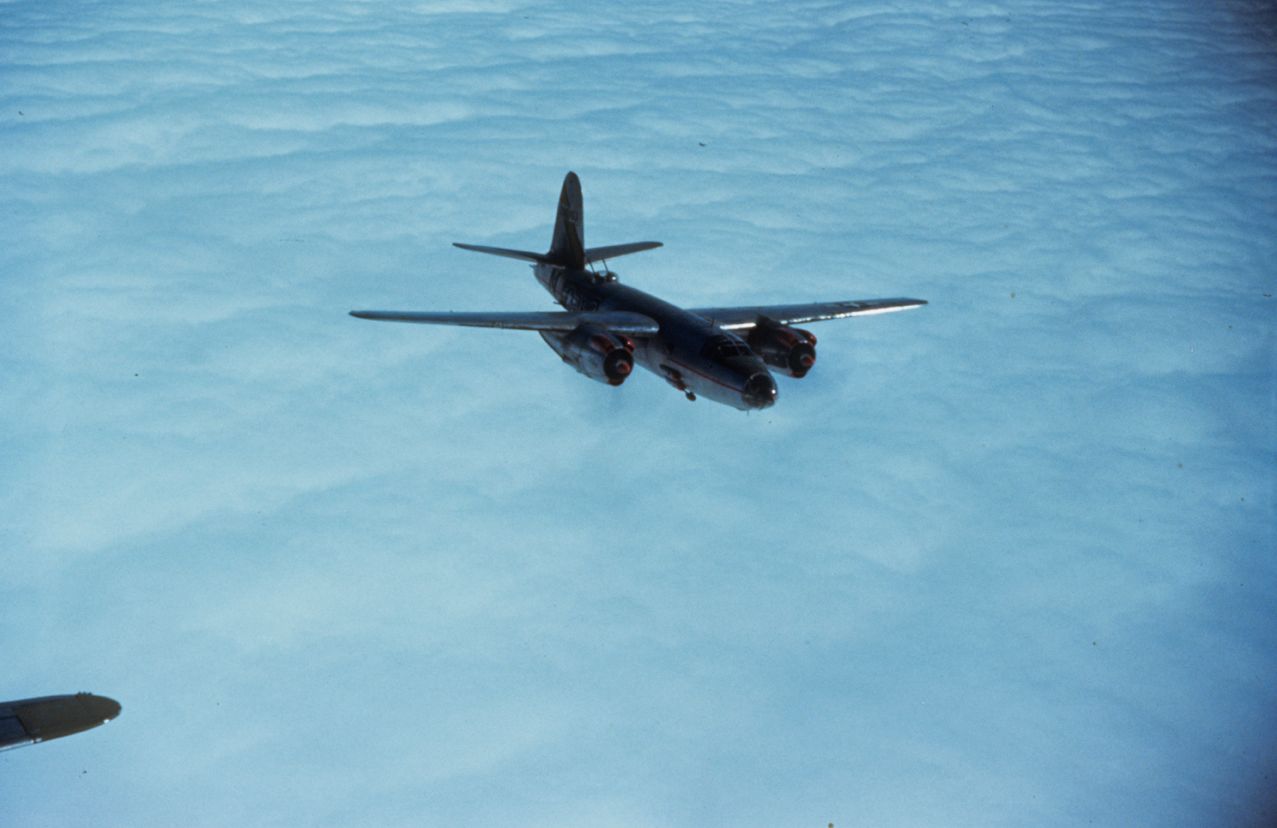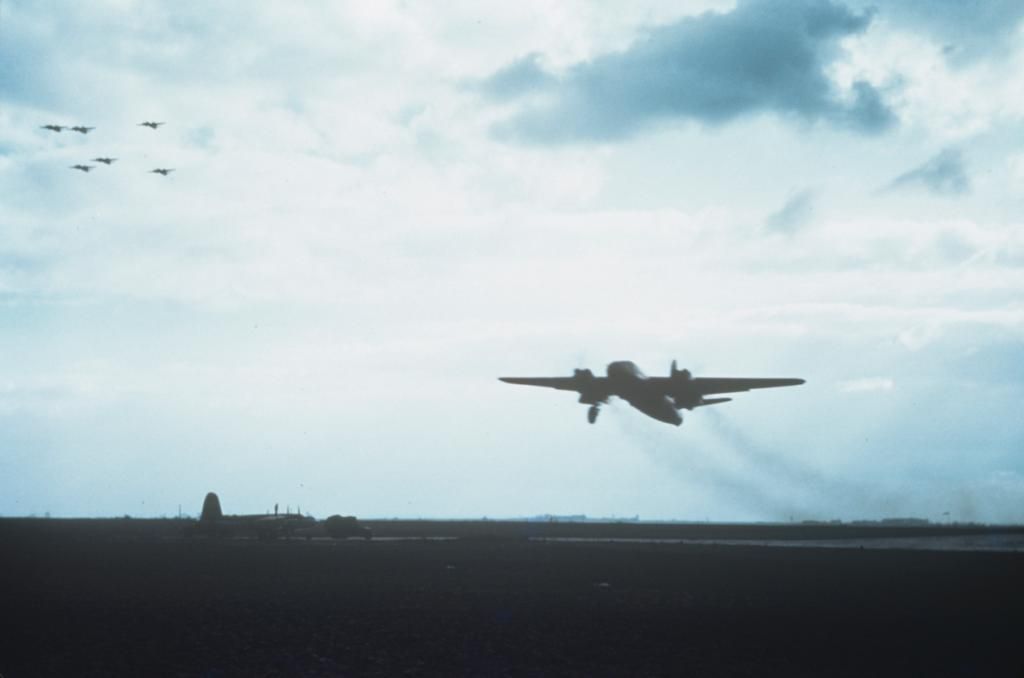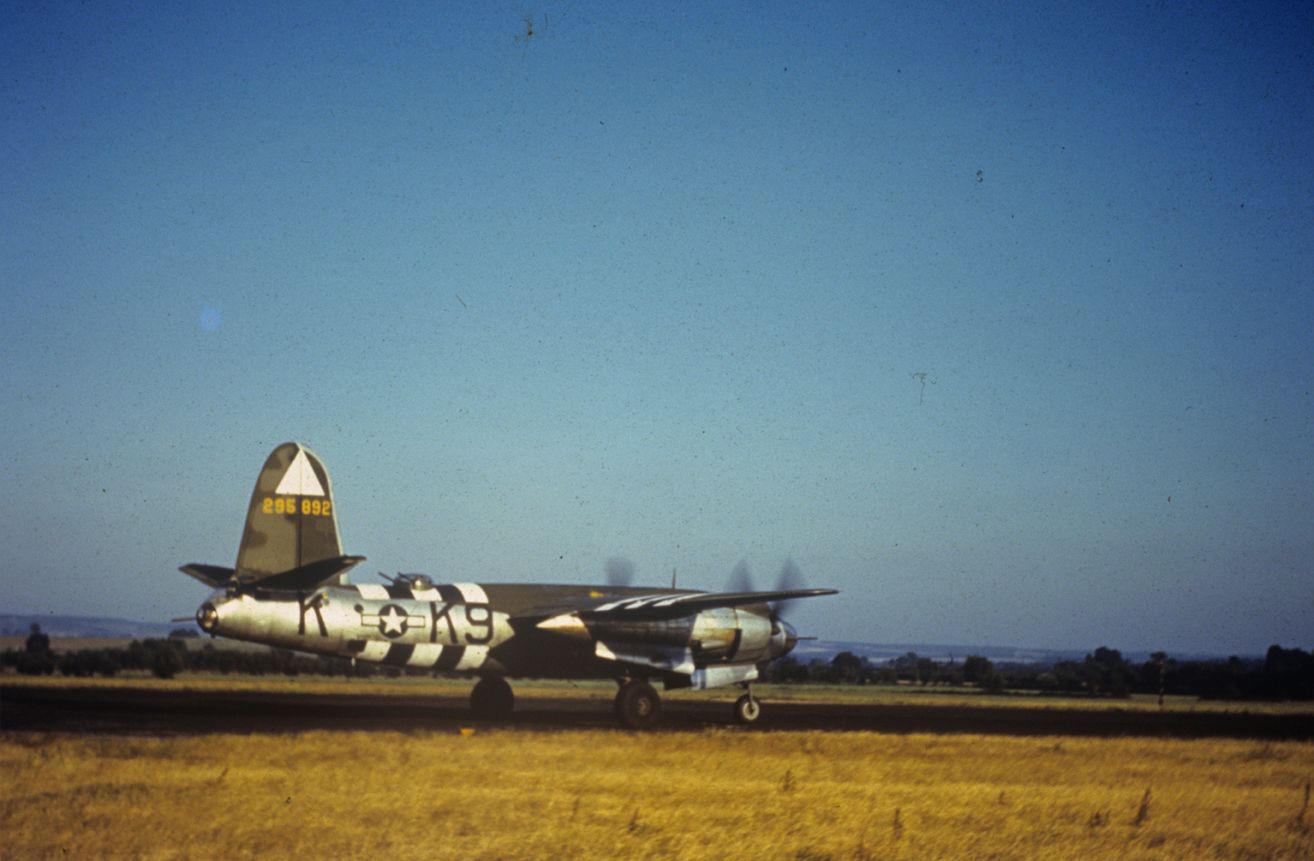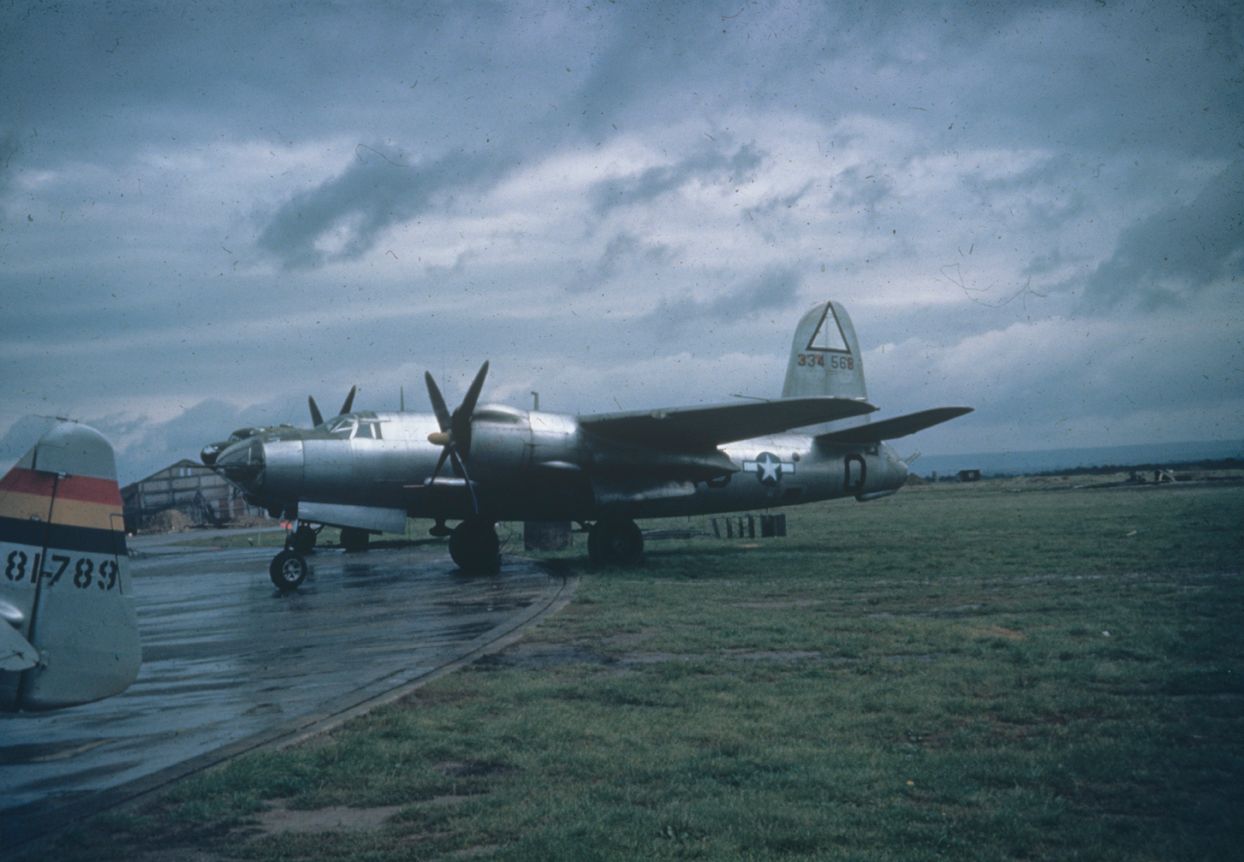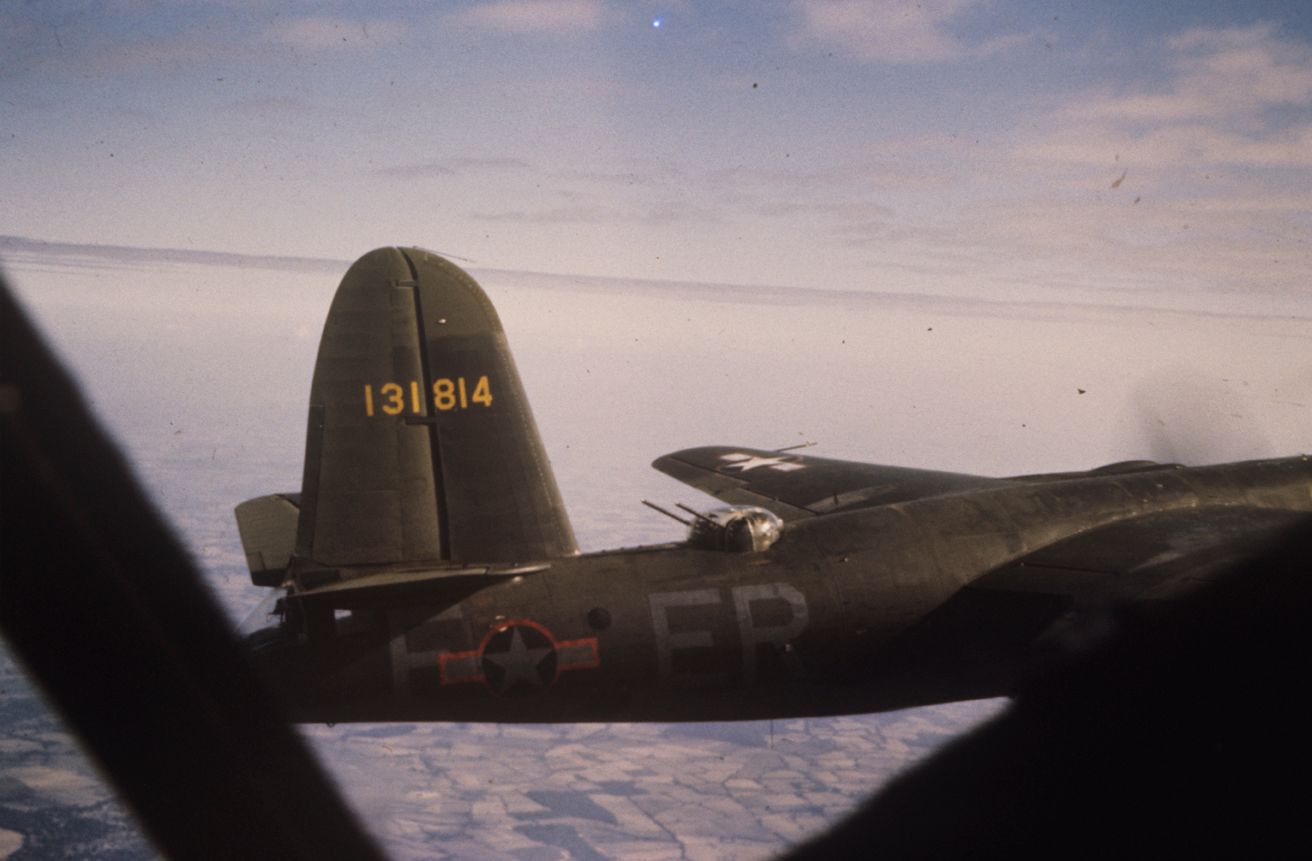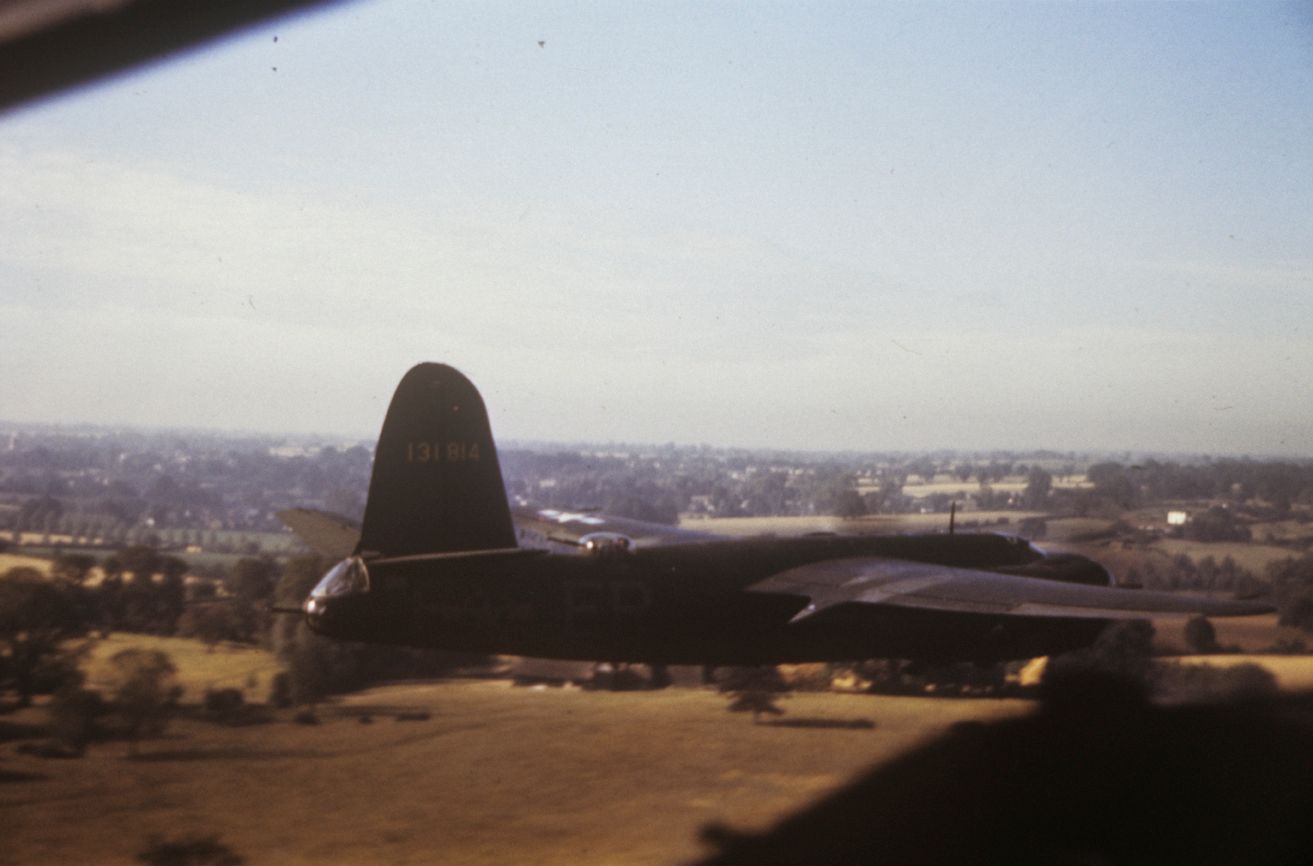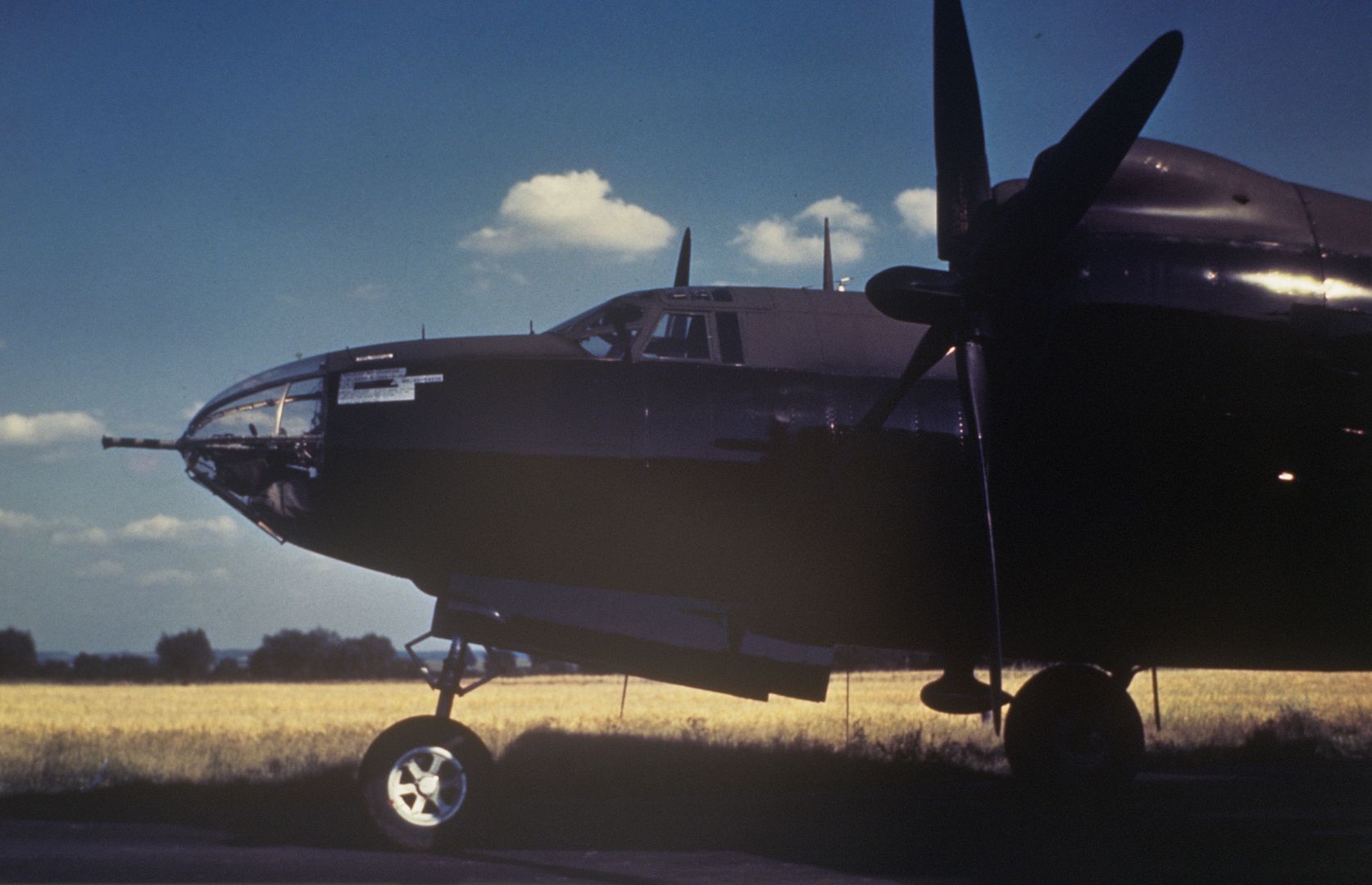Forums
- Forums
- Duggy's Reference Hangar
- USAAF / USN Library
- The Martin B-26 Marauder
The Martin B-26 Marauder
Post a reply
- Go to Previous topic
- Go to Next topic
- Go to Welcome
- Go to Introduce Yourself
- Go to General Discussion
- Go to Screenshots, Images and Videos
- Go to Off topic
- Go to Works in Progress
- Go to Skinning Tips / Tutorials
- Go to Skin Requests
- Go to IJAAF Library
- Go to Luftwaffe Library
- Go to RAF Library
- Go to USAAF / USN Library
- Go to Misc Library
- Go to The Ops Room
- Go to Made in Germany
- Go to Campaigns and Missions
- Go to Works in Progress
- Go to Juri's Air-Raid Shelter
- Go to Campaigns and Missions
- Go to Works in Progress
- Go to Skinpacks
- Go to External Projects Discussion
- Go to Books & Resources
-
9 years agoSun Jul 07 2024, 10:40amDuggy
 Main AdminText by Greg Goebel Thanks as always
Main AdminText by Greg Goebel Thanks as always
"The Martin B-26 Marauder was one of the major American medium bombers of World War II, serving with distinction in all major battle theaters. However, in its early days the Marauder acquired a reputation as a "widow maker" that it never managed to quite live down."
Even as Martin was updating the Maryland to create the Baltimore, the company was coming up with a much more advanced and capable design, in fact one that would prove a little too advanced in some respects.
In the late 1930s, the USAAC's first line medium bombers were the B-10 and the Douglas B-18 Bolo, both of which were clearly obsolescent and not up to a modern combat environment. The Air Corps issued a request for a new medium bomber in January 1939, specifying a top speed of 520 KPH (320 MPH), a range of 2,900 kilometers (1,800 miles), and a loaded weight of 12,080 kilograms (26,625 pounds). These were aggressive requirements, and in addition the USAAC also specified that the aircraft have adequate armament for self-defense, crew armor, and self-sealing tanks.
Martin responded with the "Martin 179", designed by a team under a young engineer named Peyton M. Magruder, with the proposal submitted in July 1939. The USAAC was impressed and quickly awarded Martin a contract for 201 "B-26s", as the Air Corps designated the aircraft. This was remarkable since no prototype had been flown, and for that matter no prototype was even formally planned. Martin's reputation with the USAAC was good and the company promised quick delivery.
The first B-26 flew on 25 November 1940 and was effectively the prototype. It is an indication of the USAAC's sense of urgency that by this date there were already orders for 1,131 B-26s on the books. Although B-26 had over twice the specified bombload, it didn't actually meet all the design specifications. Top speed was 507 KPH (315 MPH), close to specification, but range was a disappointing 1,600 kilometers (1,000 miles).
Few could fault it for looks, however. The B-26 was a beautifully streamlined aircraft of all-metal construction, except for a fabric-covered rudder, with a fuselage featuring a circular cross section; a high wing; and twin P&W R-2800-5 Double Wasp engines with 1,380 kW (1,850 HP) each, and driving four-blade propellers with electrical pitch control.
The aircraft had tricycle landing gear, with the nose wheel rotating 90 degrees during retraction, plus defensive armament of one 7.62 millimeter Browning machine gun in the nose, two 12.7 millimeter Browning guns in a Martin dorsal turret, and a single flexible 7.62 millimeter Browning in the tail. The B-26 could carry two 900 kilogram (2,000 pound) bombs internally, or up to 2,180 kilograms (4,800 pounds) of smaller bombs, though in later practice the warload would almost never be greater than 1,800 kilograms (4,000 pounds). The B-26 accommodated a crew of five, though in later variants that number would increase to seven.
In order to achieve its high speed the B-26 had relatively short wings with modest wing area. That gave it a long takeoff run and a fast landing speed. Such features had been expected by the USAAC, given the aggressive performance specifications, but they would still almost be the death of the B-26.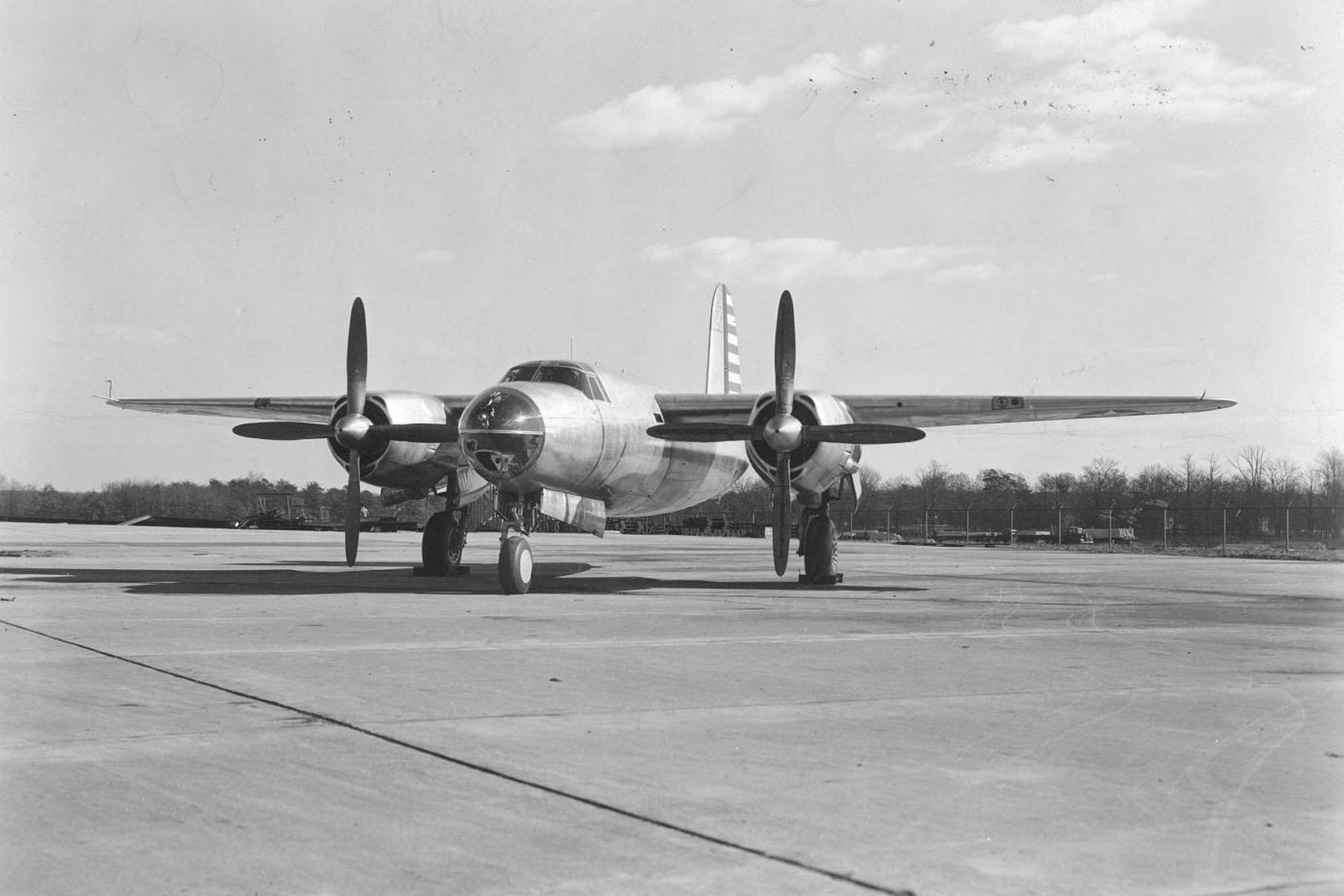
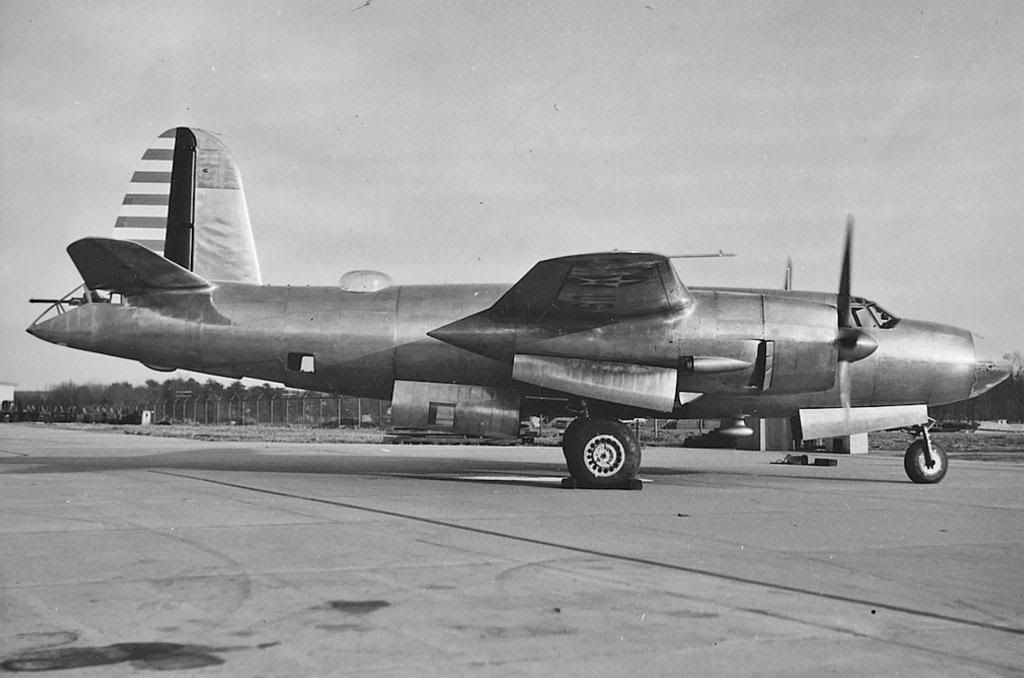
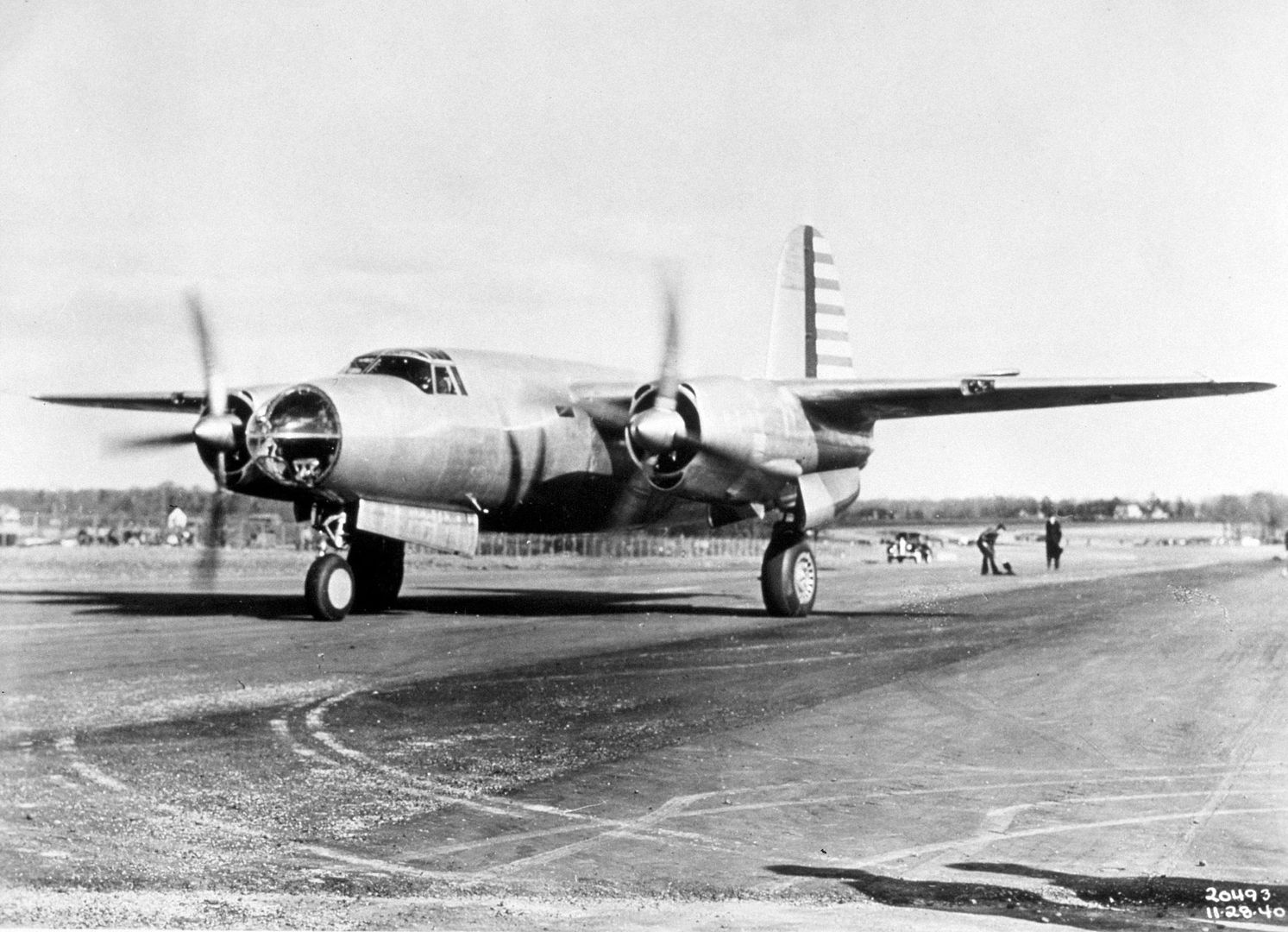
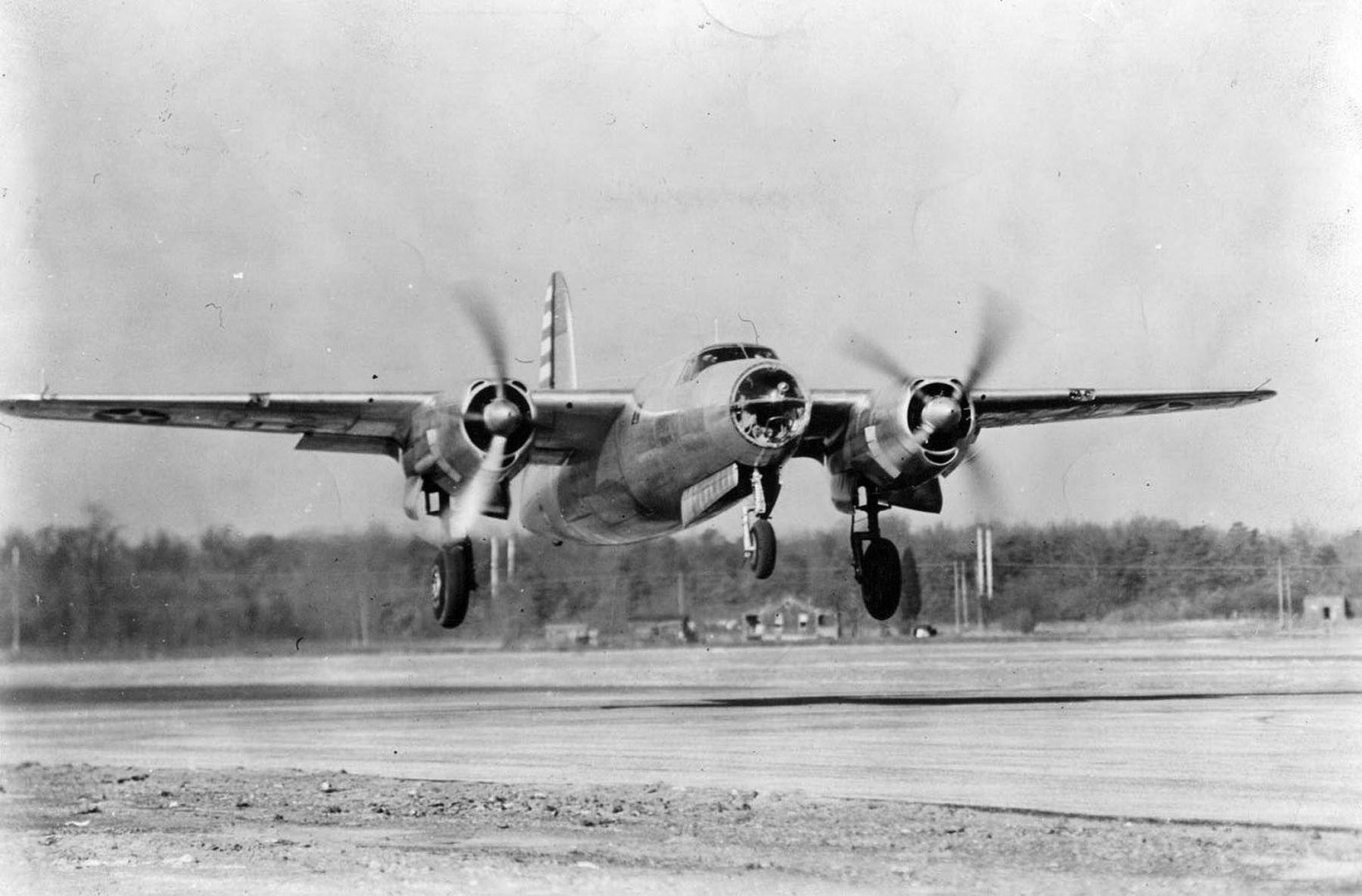






Production deliveries of the other 200 B-26s began in February 1940. These aircraft were really used for test, operational evaluation, and operational training, processes that proved troublesome. The B-26 was a very "hot" aircraft in a number of different ways, and it was a handful for inexperienced pilots. Early deliveries also didn't have full combat fit, leaving them noseheavy and causing nosewheel strut failures.
While the USAAF was grappling with the difficulties of getting the new bomber into operation, in October 1941 Martin began delivering the next variant, the "B-26A", with 139 built. The B-26A dealt with the range issue by accommodating a removeable fuel tank in the bombbay. The B-26A had torpedo shackles on the bombbay doors to allow it to carry a single 900 kilogram (2,000 pound) torpedo; replaced the nose and tail 7.62 millimeter guns with 12.7 millimeter guns; and changed the electrical system from 12 to 24 volts DC.
All but the first 30 B-26As had uprated R-2800-39 engines. 52 later production B-26As were provided to the RAF, which gave them the designation of "Marauder I". Three went to the UK for evaluation, while the rest went to the Middle East. The USAAF adopted the name Marauder as well.
By the end of 1941, the USAAF 22nd Bomb Group (BG) had been equipped with the Marauder, and after the Pearl Harbor attack on 7 December 1941 the 22 BG was shipped off to Australia, arriving in February 1942. These Marauders performed the type's first combat mission, a raid on the main Japanese base in the South Pacific at Rabaul on New Britain on 5 April 1942. Some of the Marauders operating in the South Pacific were fitted with an additional machine gun in the nose.
Four Marauders were used in the torpedo-bomber role at the Battle of Midway in June 1942, attacking Japanese carriers but scoring no hits and losing two of their number. Torpedo-carrying Marauders attacked the Japanese carrier RYUJO off the Aleutians the same day, but no hits were scored. These were the first and last times the Marauder saw combat with the USAAF as a torpedo bomber.
The pilot of one of the Marauders at Midway, Lieutenant James P. Muri, did establish a legend of sorts by flying straight up the deck of the carrier AKAGI after his torpedo run, sending Japanese deck crew sprawling on their faces. Muri insisted later he didn't pull this stunt out of any sense of daring, instead seeing the carrier as being the only place he could go where he might not be shot at for a moment -- but whatever the motivation the Japanese were flabbergasted. His Marauder, SUZIE-Q, made it back to Midway, but it was so thoroughly shot full of holes that it was simply stripped of what little useful hardware was left and then shoved into the Pacific by a bulldozer.
In April 1942, production had moved on to the "B-26B", the definitive Marauder variant, though it was built in a series of production blocks with successive improvements. The initial "B-26B-1" subvariant had new engine cowlings; deleted the propeller spinners; added armor protection and a new ventral gun position with a single flexible 12.7 millimeter gun; and had a revised tailgun position with twin 12.7 millimeter tail guns in a new rear fuselage that extended the aircraft's length by 70 centimeters (28 inches).
These additions increased the aircraft's weight while engine power remained the same, but later B-26B production blocks, starting with the "B-26B-2", had P&W R-2800-41 engines with 1,492 kW (2,000 HP) each. The "B-26B-3" was essentially identical to the B-26B-2, but had larger carburetor air intakes on top of the engine cowling to allow fit of sand filters for desert operations.
By this time, the Marauder's safety record had become very controversial. There were obvious difficulties with the long takeoff run, fast landing speeds, and unfamiliar tricycle landing gear configuration. Another problem was that the electrically operated propellers were prone to wiring faults, causing them to go to flat pitch and "runaway" at high RPM. The ground crews were also unused to working on an aircraft that had so many electrical systems; techs tended to run the batteries down while performing maintenance, leading to battery power failure and loss of prop pitch control on takeoff.
The result was a series of deadly accidents. Flight training was conducted out of Tampa, Florida, resulting in the motto "a Marauder a day in Tampa Bay", and the B-26 became known as "the Martin Murderer", the "Baltimore Whore" or the "Flying Prostitute", the last two partly because the wings were so short the aircraft was said to have no visible means of support. The real problem was that the USAAF was going into war in a great hurry with new, advanced equipment, and the service was forced to figure out how to train crews for faster aircraft as an ongoing exercise. Matters improved once the USAAF obtained twin-engine trainers, allowing cadet pilots to get twin-engine experience before moving on to the Marauder; gave ground crews battery carts; and tightened up procedures in general.
Coming up with such improved procedures took time, and meanwhile there was a public outcry over the Marauder. The type had its champions who managed to protect it. Reports from crews flying combat missions with the Marauder were enthusiastic, and the prestigious Colonel Jimmy Doolittle took a B-26A on a stateside tour to show off what it could do, often putting it through its paces after feathering an engine. Doolittle did admit that it was an unforgiving aircraft.
Martin made changes in the design in hopes of improving aircraft safety. The "B-26B-4" introduced a longer nosewheel leg to give the aircraft a higher wing incidence to reduce takeoff run, and also changed the ventral gun to one flexible 12.7 millimeter gun on each beam position. The "B-26B-5" added slotted flaps to reduce landing speed.
A total of 641 B-26B-1 through B-26B-5 Marauders was built, and then Martin began production of the "B-26B-10", with significant changes. The B-26B-10 featured greater wingspan in hopes of reducing the Marauder's wing loading, a new power-operated Martin-Bell tail turret with twin 12.7 millimeter guns, and four fixed forward-firing 12.7 millimeter guns for strafing, fitted in "packages" beneath the cockpit. The tailfin was increased in height and area to improve yaw stability. The engines were R-2800-43s, with mechanical improvements but no increase in horsepower over the -41 engines.
Unfortunately, given the aircraft's increase in weight, lengthening the wings simply amounted to "running faster to stay in the same place", and in fact the B-26B-10 had a slightly faster landing speed than its predecessors. The only thing that could be said is that without the longer wings, the aircraft would probably have been even more of handful to deal with.
The B-26B-10 was followed by similar blocks, up to the "B-26B-55". Most of the blocks were hard to tell from the B-26B-10, but "B-26B-45" introduced a new windscreen arrangement, providing wider panels that simplified the cockpit framework and gave the pilot and copilot a better view. A total of 1,242 of these later blocks was built at Martin's Baltimore-area plant at Middle River, with 19 of these provided to the RAF as "Marauder IAs" and sent to Egypt. Total production of all subvariants of the B-26B was 1,883.
* In the meantime, Martin had also opened a factory in Omaha, Nebraska, which began producing aircraft equivalent to the B-26B-10 and later blocks under the designation "B-26C". Marauders built in Baltimore were given the designation suffix "-MA", while those built in Omaha had the suffix "-MO". For example, a B-26B-50-MA was a Baltimore-built machine. 1,210 B-26Cs were built, with 100 provided to the RAF as "Marauder IIs". The Marauder IIs were passed on to the SAAF.
The Marauder was phased out of the Pacific theater in 1942 and 1943, being replaced by the North American B-25 Mitchell. The Mitchell was felt to be better suited to Pacific island operations since it had longer range and a shorter takeoff run appropriate to small island runways. However, Marauders saw increasing use against the Germans after the Allied invasion of North Africa in late 1942, and were heavily used in combat in the Mediterranean, Italy, and over northern Europe.
Initial B-26 operations over northern Europe were unpromising. The Marauder's first operation in the region was on 14 May 1943 and was a partial success, but the second mission on 17 May 1943 resulted in the loss of all ten Marauders from flak, fighters, and mid-air collisions.
These initial raids were conducted at low altitude. Missions were moved to medium and high altitude with better results, but despite the Marauder's good performance and armament, the notion of unescorted bomber raids with the B-26 proved as much an illusion as it had with the B-17 and B-24 heavy bombers. It wasn't until early 1944, when long-range escorts became available, that the Marauder began to come into its own. It was heavily used in tactical support of advancing Allied armies after D-Day.
At its peak, the Marauder was operated by a dozen USAAF bomb groups, most heavily by the USAAF 9th Air Force. Strikes were performed with two 900 kilogram (2,000 pound) bombs, eight 225 kilogram (500 pound) bombs, or 16 113 kilogram (250 pound) bombs. Its combat loss rate was one of the lowest of all USAAF types. One Marauder, named "Flak Bait", survived 202 combat missions.
In early operations, USAAF Marauders were painted in standard olive drab and gray colors, but as the Allies gained air superiority, B-26s were generally left in natural metal finish. Camouflage came back in the last months of the war, however, since they were operated off forward airfields that were sometimes targeted by Luftwaffe air strikes.
The RAF had the same initial reservations about the "Martin Murderer" as the USAAF and went through a similar learning curve before putting it to good use. Most RAF Marauders were used in North Africa and the Middle East, initially replacing Blenheims. This must have been a mixed blessing to Blenheim crews, since the Blenheim was docile but suicidally vulnerable in combat, while the Marauder was unforgiving but could take the heat and dish it out as well.
In North Africa, the RAF operated five squadrons of Marauders, the SAAF operated six squadrons, and the Free French operated six squadrons. It appears that the Free French generally removed two of the four "package" machine guns. The British apparently used them initially as torpedo-bombers in the Mediterranean with considerably greater success than had been enjoyed by the USAAF in that role. Marauders were also used for minelaying, maritime reconnaissance, and like the Maryland before it, as a fighter to intercept German transports flying to Africa. They later saw RAF and SAAF service in Italy, and in support of Tito's partisans in Yugoslavia.
One of the original B-26s was converted to test a wing de-icing system driven by engine bleed air. It was designated the "XB-26D" and was strictly experimental. A "B-26E" was considered, involving a stripped-down Marauder with weight reduced by 900 kilograms (2,000 pounds) and the dorsal turret moved forward, but none were built.
That meant that the next production version was actually the "B-26F", which was put into production at the Baltimore plant in 1943, with 300 built. The B-26F was similar to early-block B-26Bs with -41 engines, but had the wing incidence shifted up by 3.5 degrees to shorten the takeoff run, though at a cost of a lower top speed; experienced Marauder crews tended to regard this "improvement" as a step backward. Provision for torpedo carriage was also removed. 200 of these aircraft were supplied to the RAF as "Marauder IIIs".
The final bomber version of the Marauder was the "B-26G", which was much like the B-26F except that it had -43 engines. 893 were built by Martin Baltimore, with 150 supplied to the RAF, retaining the designation of Marauder III.
* While Martin was producing the B-26B and B-26C bomber versions of the Marauder, they also built 583 stripped-down Marauders for training and target towing duties. These aircraft had a target winch while their armor and armament was removed, presumably improving their takeoff and landing performance. The "AT-23A" was equivalent to the B-26B, with 208 built in Baltimore; the "AT-23B" was equivalent to the B-26C, with 375 built in Omaha.
These machines had a slightly convoluted history, with 225 of the AT-23Bs transferred from the USAAF to the US Navy in 1944 and 1945, and some of the Navy machines operated by the Marine Corps. The Navy gave them the new designation of "JM-1", and a few were converted to "JM-1P" photo-reconnaissance aircraft. In 1945, the USAAF redesignated their remaining AT-23A and AT-23B Marauders to "TB-26B" and "TB-26C" respectively. The USAAF trainer-tugs were left in natural metal finish, but the Navy and Marine Corps painted theirs a gaudy chrome yellow.
LINK TO JM-1 http://www.axis-and-allies-paintworks.com/e107_plugins/forum/forum_viewtopic.php?415
The last batch of Marauders built were 57 "TB-26Gs", which were stripped-down trainer / target tug versions of the B-26G. 47 of the TB-26Gs were transferred to the US Navy as "JM-2s". The only other Marauder variant was the single "XB-26H", named the "Middle River Stump Jumper", a test article converted from a B-26G to evaluate the "bicycle" tandem landing gear scheme for the Boeing XB-47 and Martin XB-48 bombers.
The British phased the Marauder out of service soon after the war. Lend-Lease required that they be returned to the US, but the USAAF didn't want them, and so they were scrapped. The French gave up their last B-26s in 1947, and what few Marauders that were still in the US Air Force inventory in 1948 were finally declared obsolete and phased out. The B-26 designation was then passed on to the Douglas A-26 Invader.
General characteristics
Crew: 7: (2 pilots, bombardier, navigator/radio operator, 3 gunners)
Length: 58 ft 3 in (17.8 m)
Wingspan: 71 ft 0 in (21.65 m)
Height: 21 ft 6 in (6.55 m)
Wing area: 658 ft2 (61.1 m2)
Empty weight: 24,000 lb (11,000 kg)
Loaded weight: 37,000 lb (17,000 kg)
Powerplant: 2 ? Pratt & Whitney R-2800-43 radial engines, 2,000-2,200 hp (1,491 kW) each
Performance
Maximum speed: 287 mph (250 knots, 460 km/h) at 5,000 feet (1,500 m)
Cruise speed: 216 mph (188 knots, 358 km/h)
Landing speed: 114 mph (90 knots, 167 km/h))
Combat radius: 1,150 mi (999 nmi, 1,850 km)
Ferry range: 2,850 mi (2,480 nmi, 4,590 km)
Service ceiling: 21,000 ft (6,400 m)
Wing loading: 46.4 lb/ft? (228 kg/m?)
Power/mass: 0.10 hp/lb (170 W/kg)
Armament
Guns: 12 ? .50 in (12.7 mm) Browning machine guns
Bombs: 4,000 pounds (1,800 kg)
Enjoy the rest, as usual right click & save as for details etc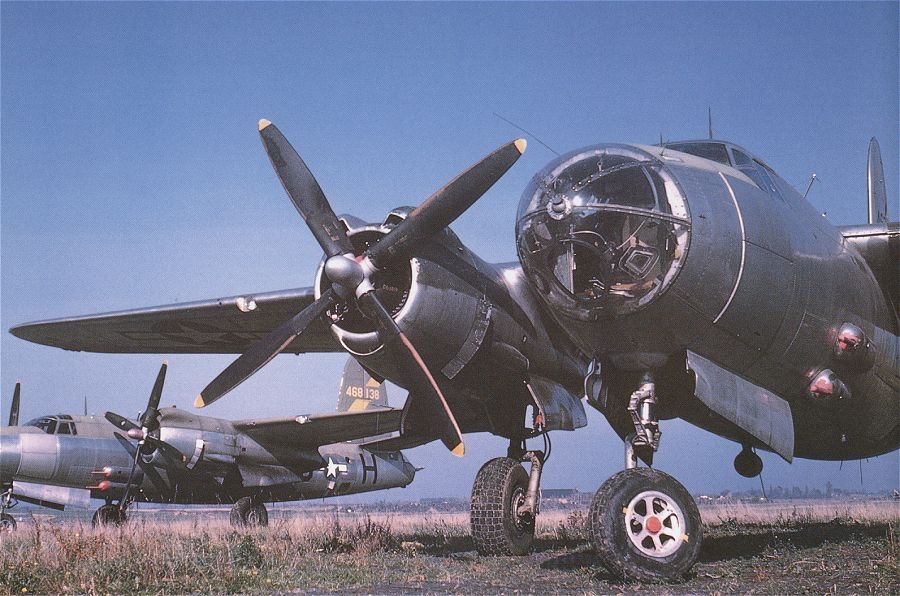
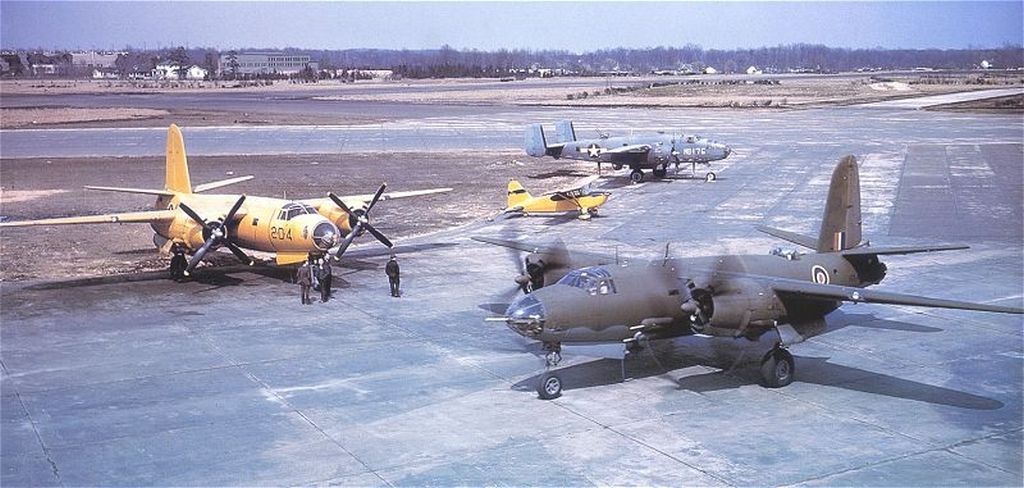

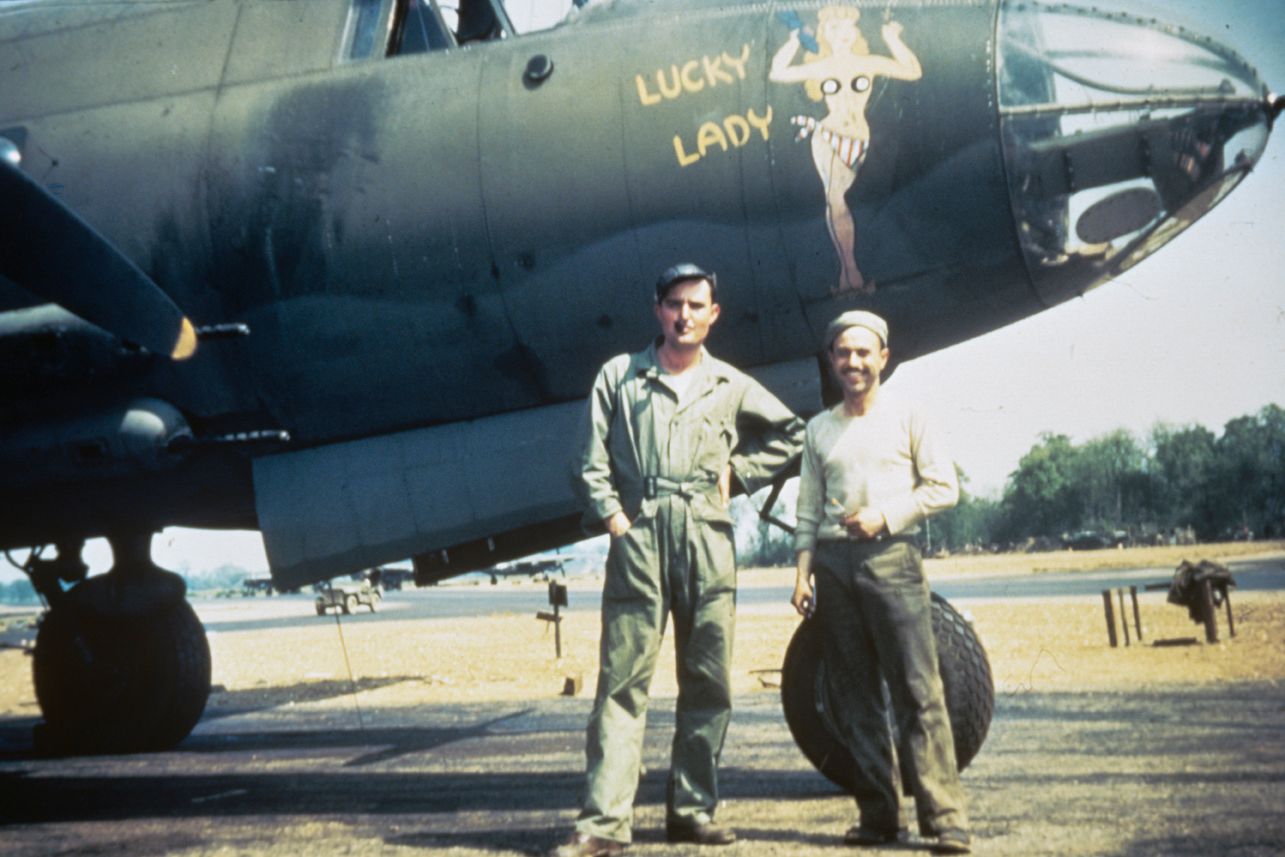

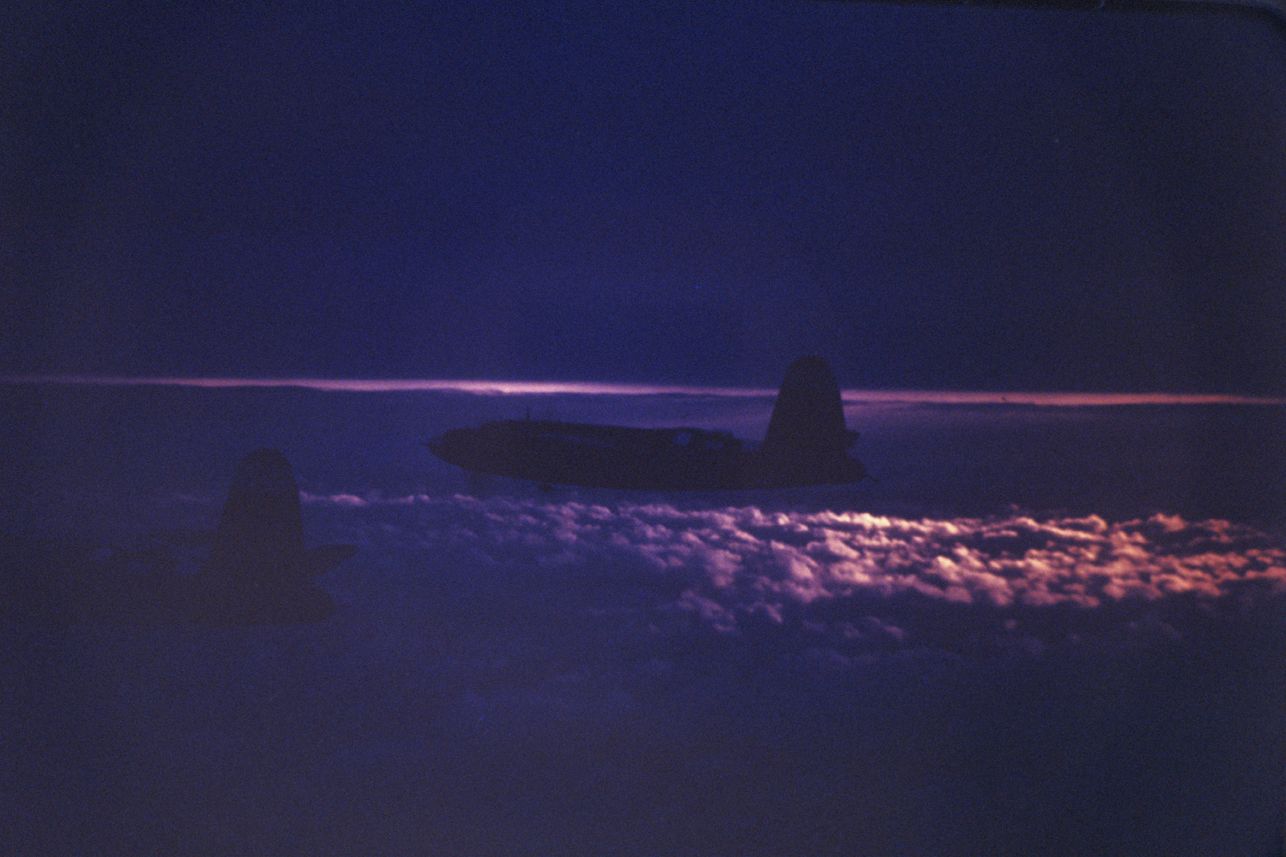


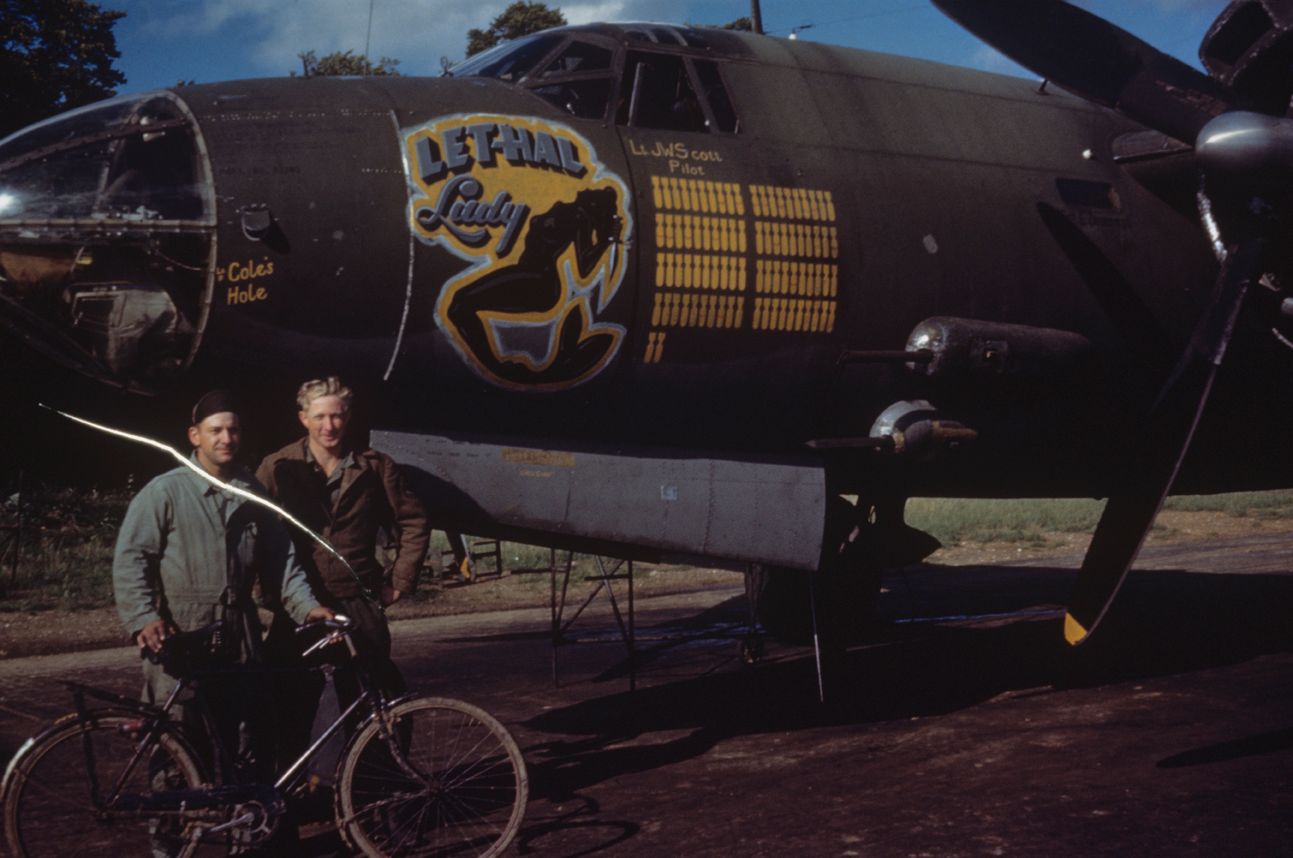

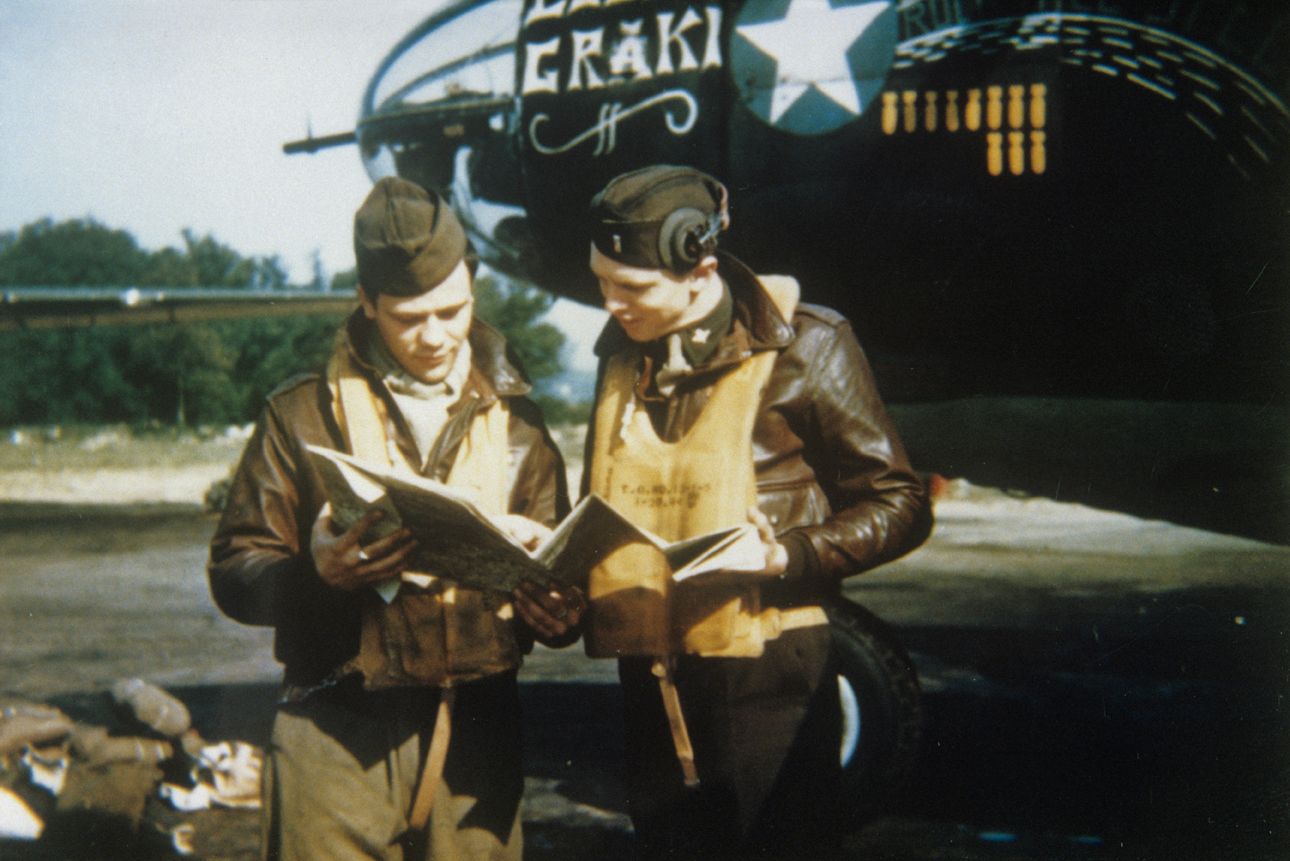





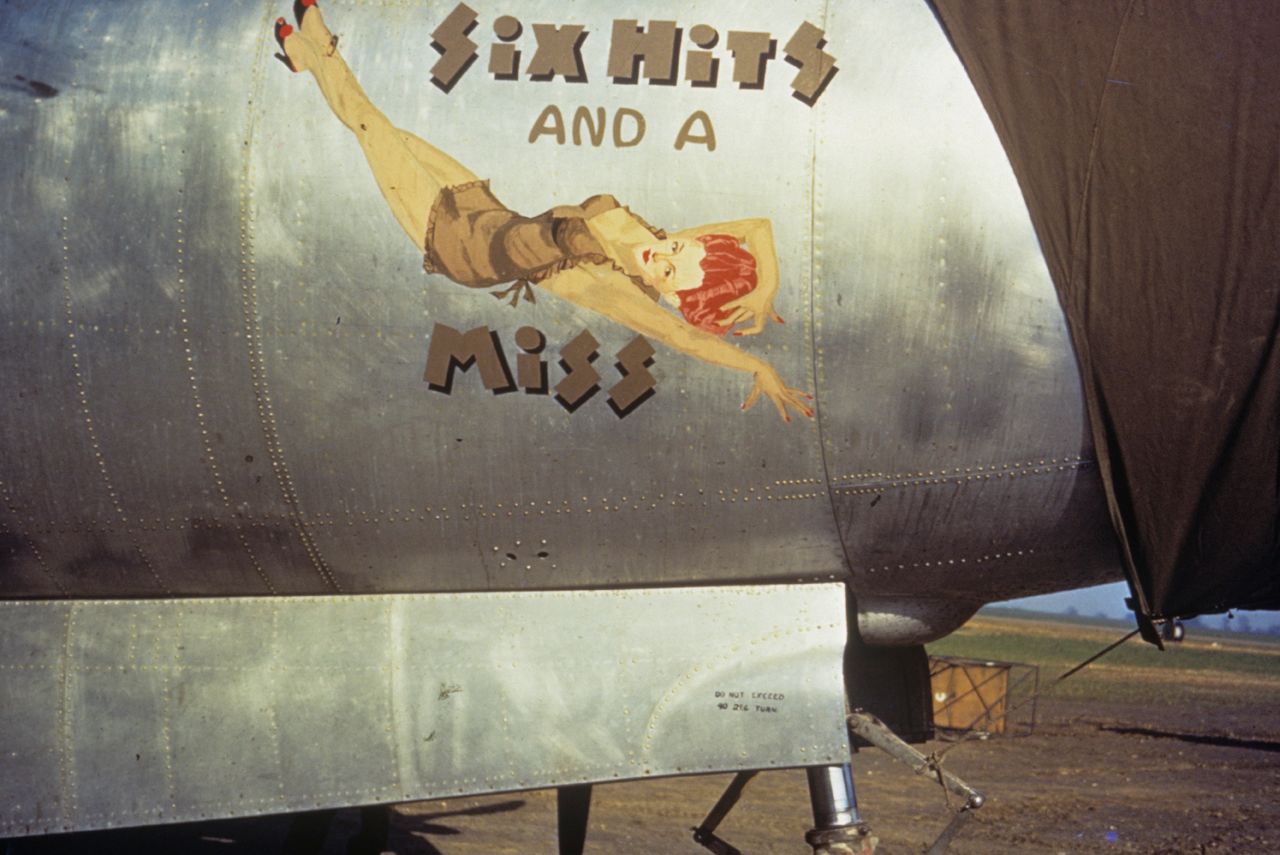




-
 Main Admin
Main Admin -
 Main Admin
Main Admin -
 Main Admin
Main Admin -
 Main Admin
Main Admin -
9 years agoWed Mar 09 2016, 11:02pm
 Main Admin
Main Admin -
 AdminMan, I wish IL-2 had a good B-26 instead of the nearly unskinnable frankenplane that we have now.
AdminMan, I wish IL-2 had a good B-26 instead of the nearly unskinnable frankenplane that we have now.
Post a reply
- Go to Previous topic
- Go to Next topic
- Go to Welcome
- Go to Introduce Yourself
- Go to General Discussion
- Go to Screenshots, Images and Videos
- Go to Off topic
- Go to Works in Progress
- Go to Skinning Tips / Tutorials
- Go to Skin Requests
- Go to IJAAF Library
- Go to Luftwaffe Library
- Go to RAF Library
- Go to USAAF / USN Library
- Go to Misc Library
- Go to The Ops Room
- Go to Made in Germany
- Go to Campaigns and Missions
- Go to Works in Progress
- Go to Juri's Air-Raid Shelter
- Go to Campaigns and Missions
- Go to Works in Progress
- Go to Skinpacks
- Go to External Projects Discussion
- Go to Books & Resources

